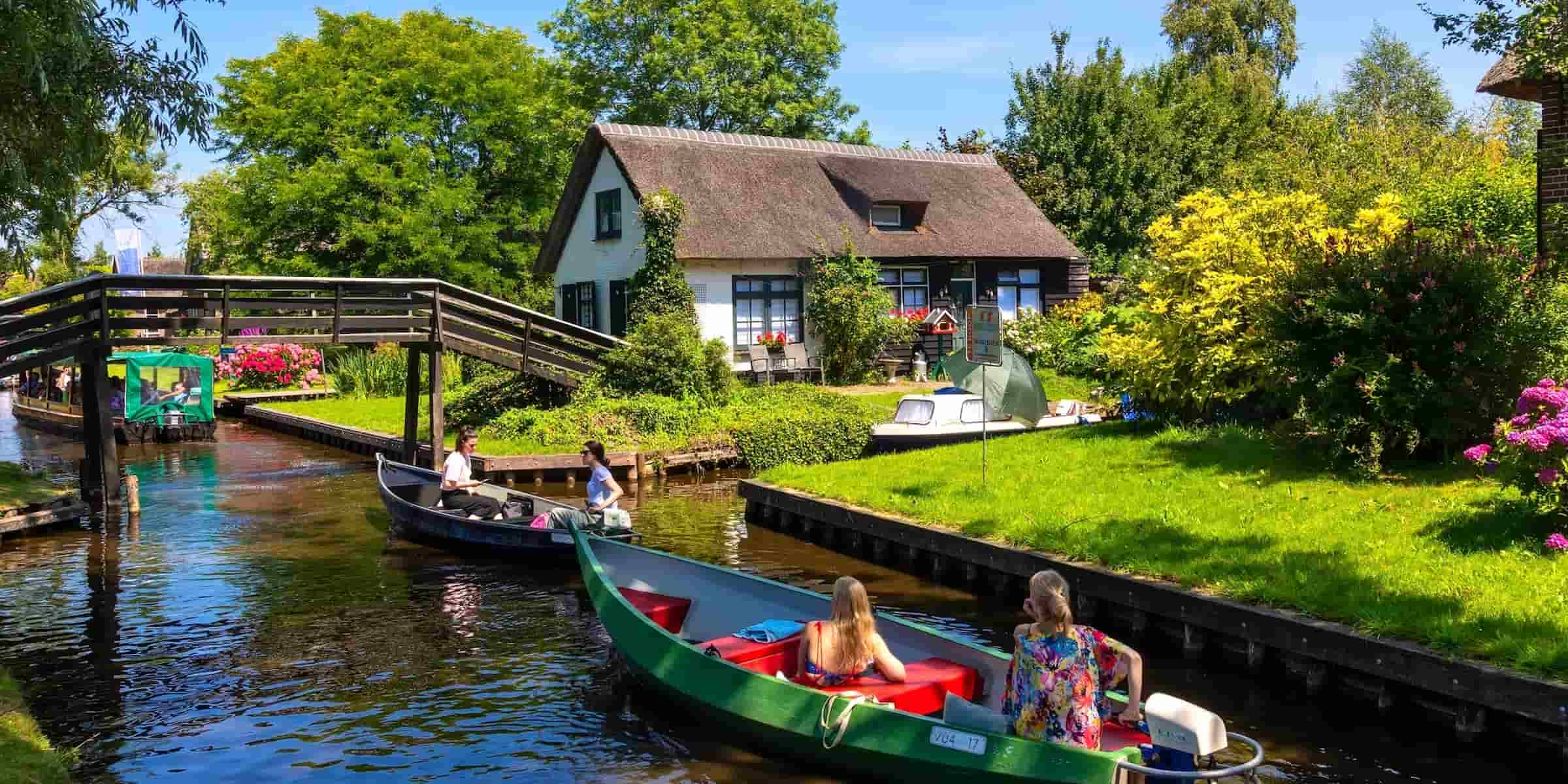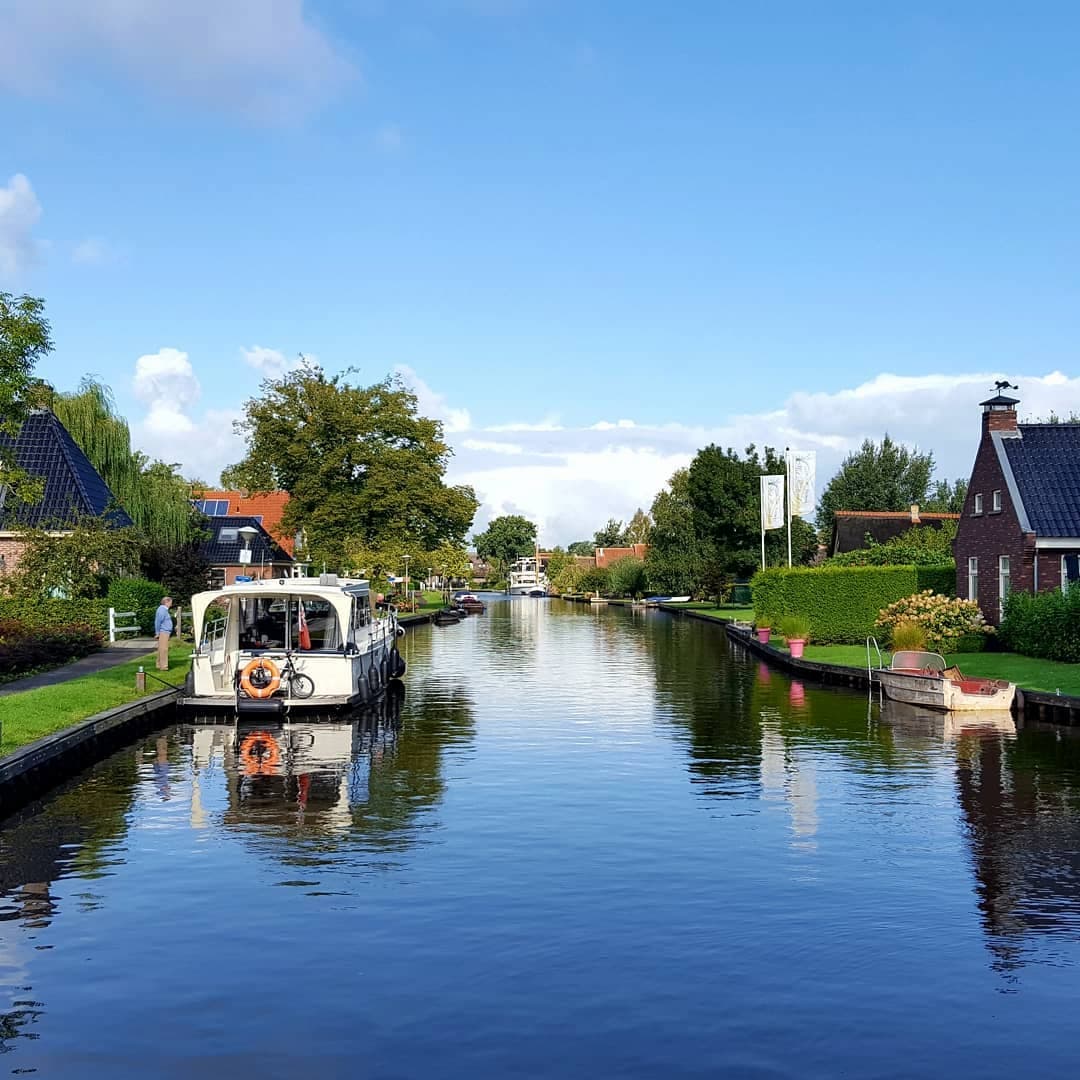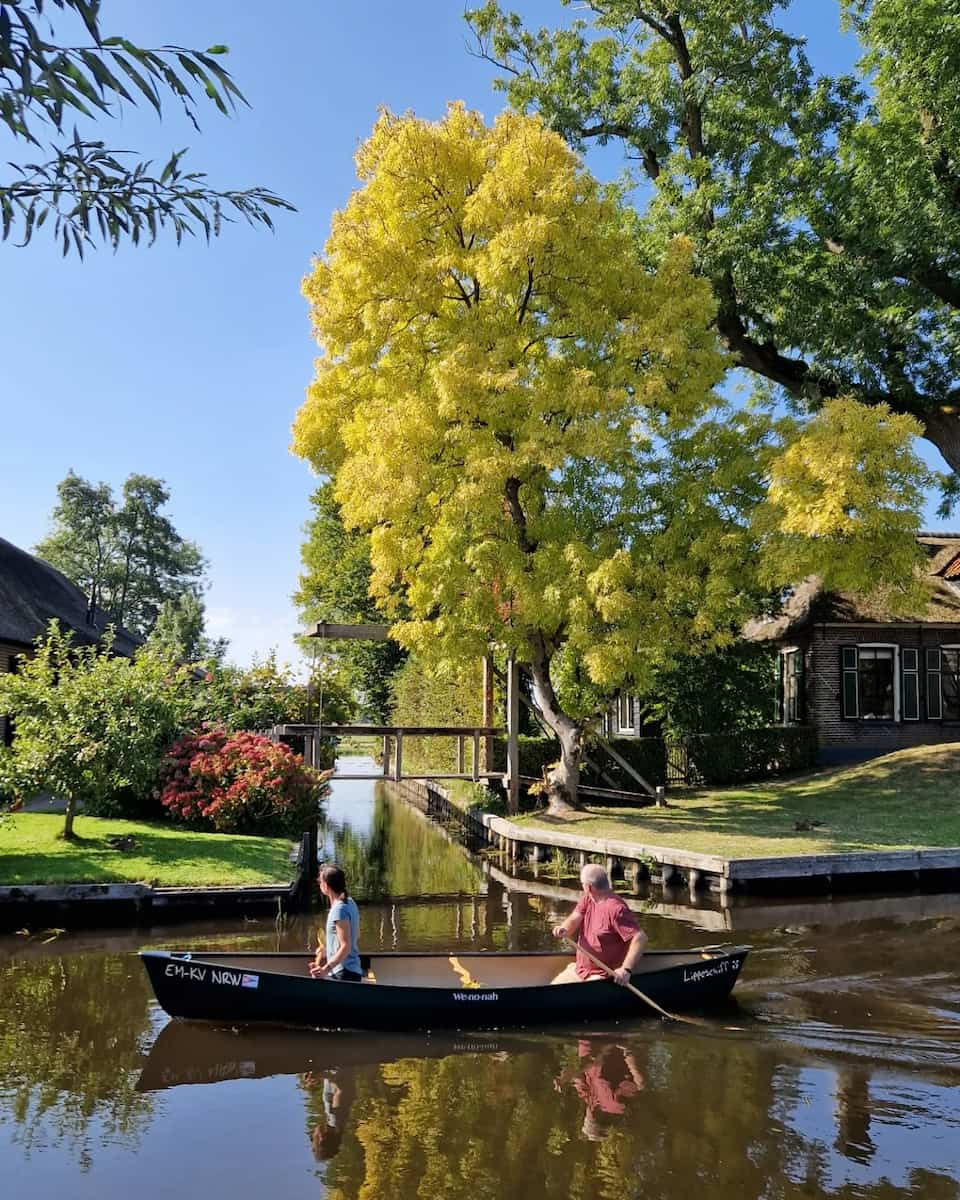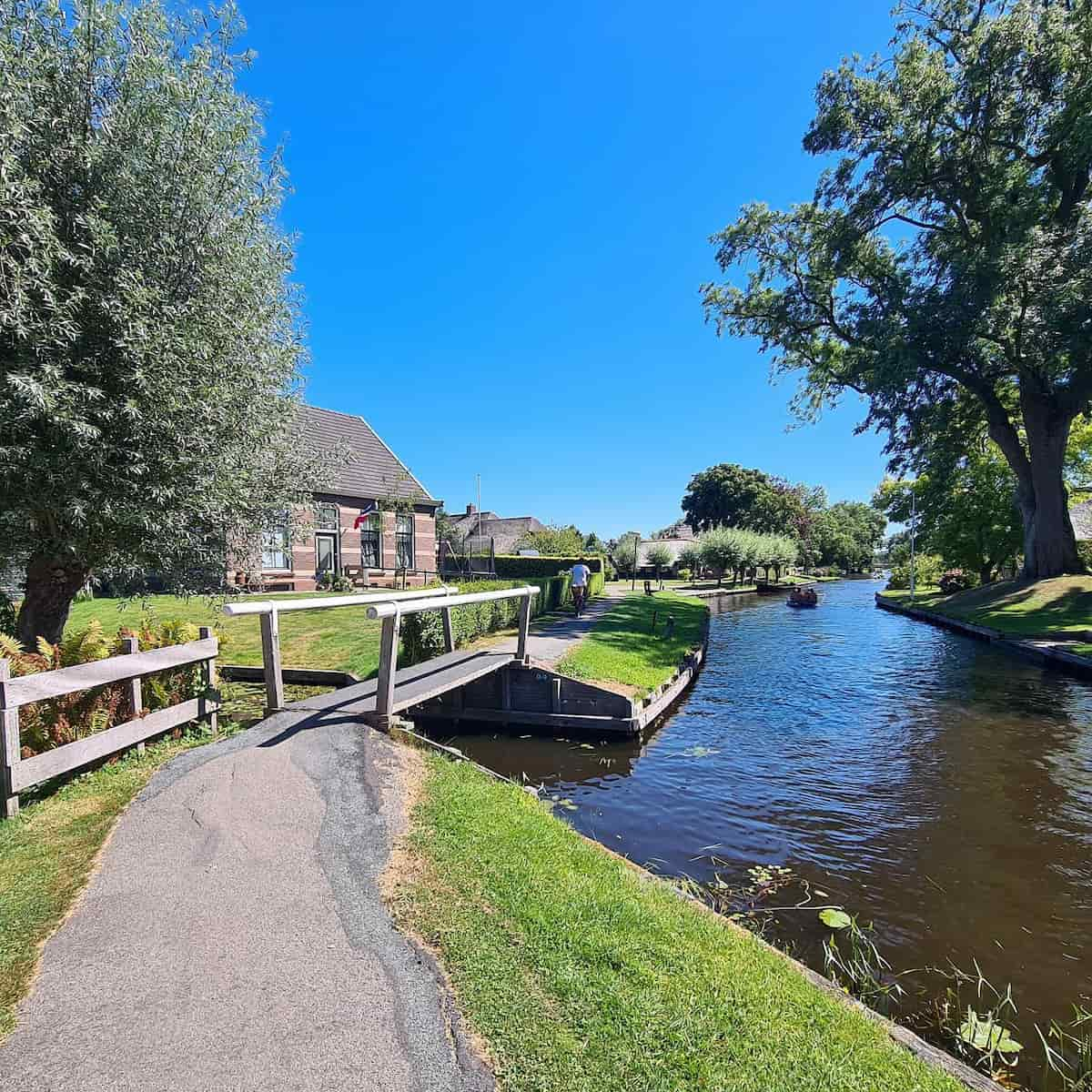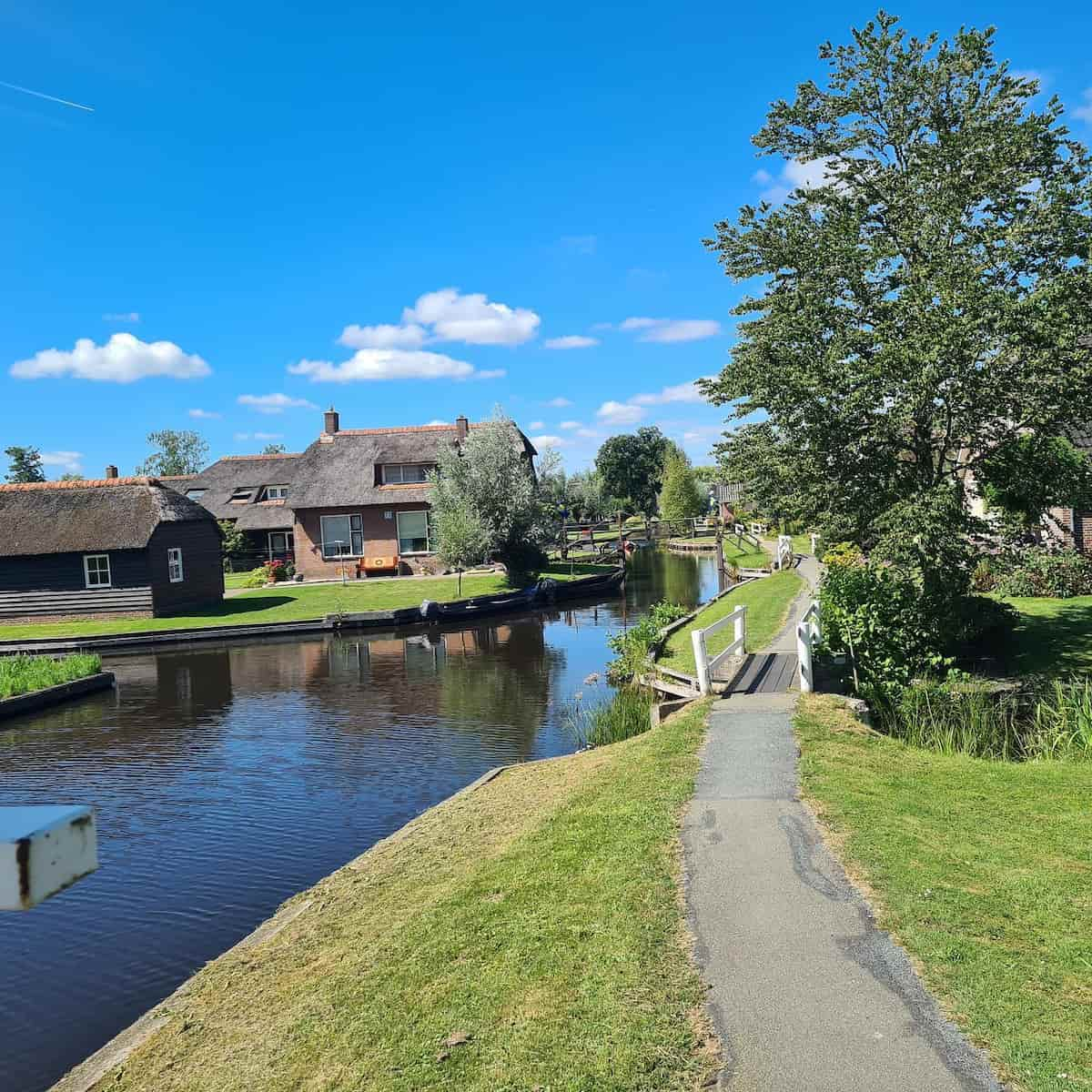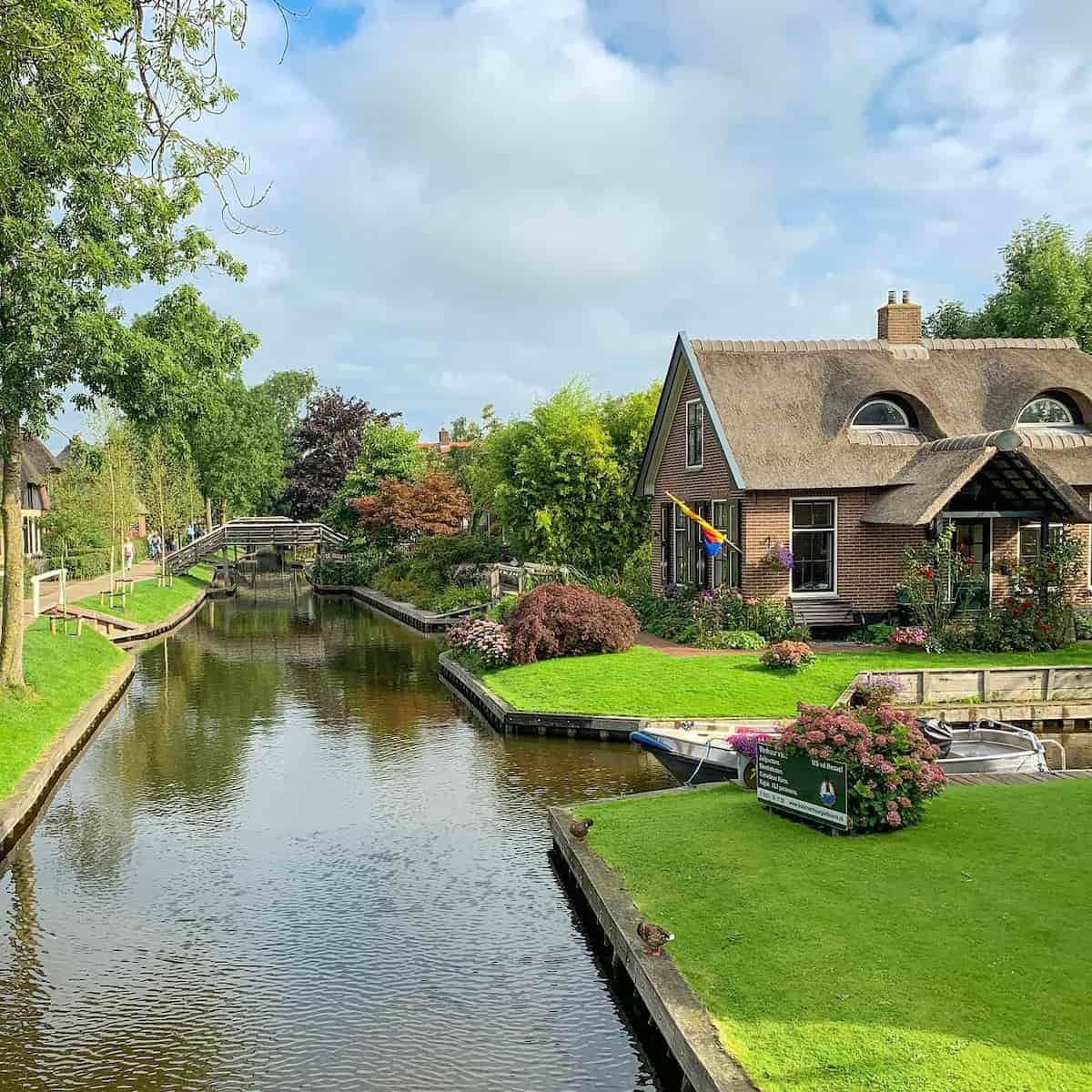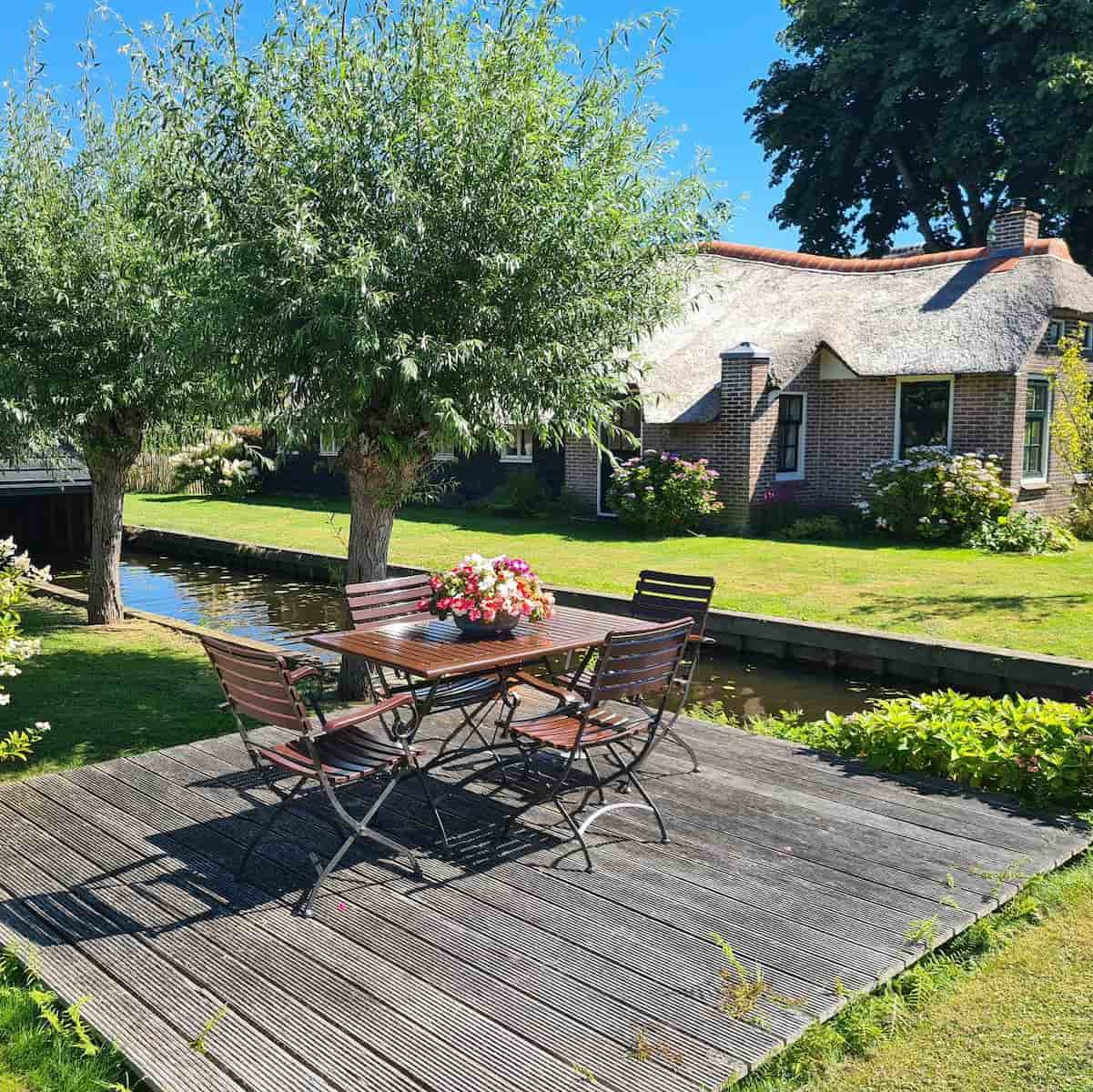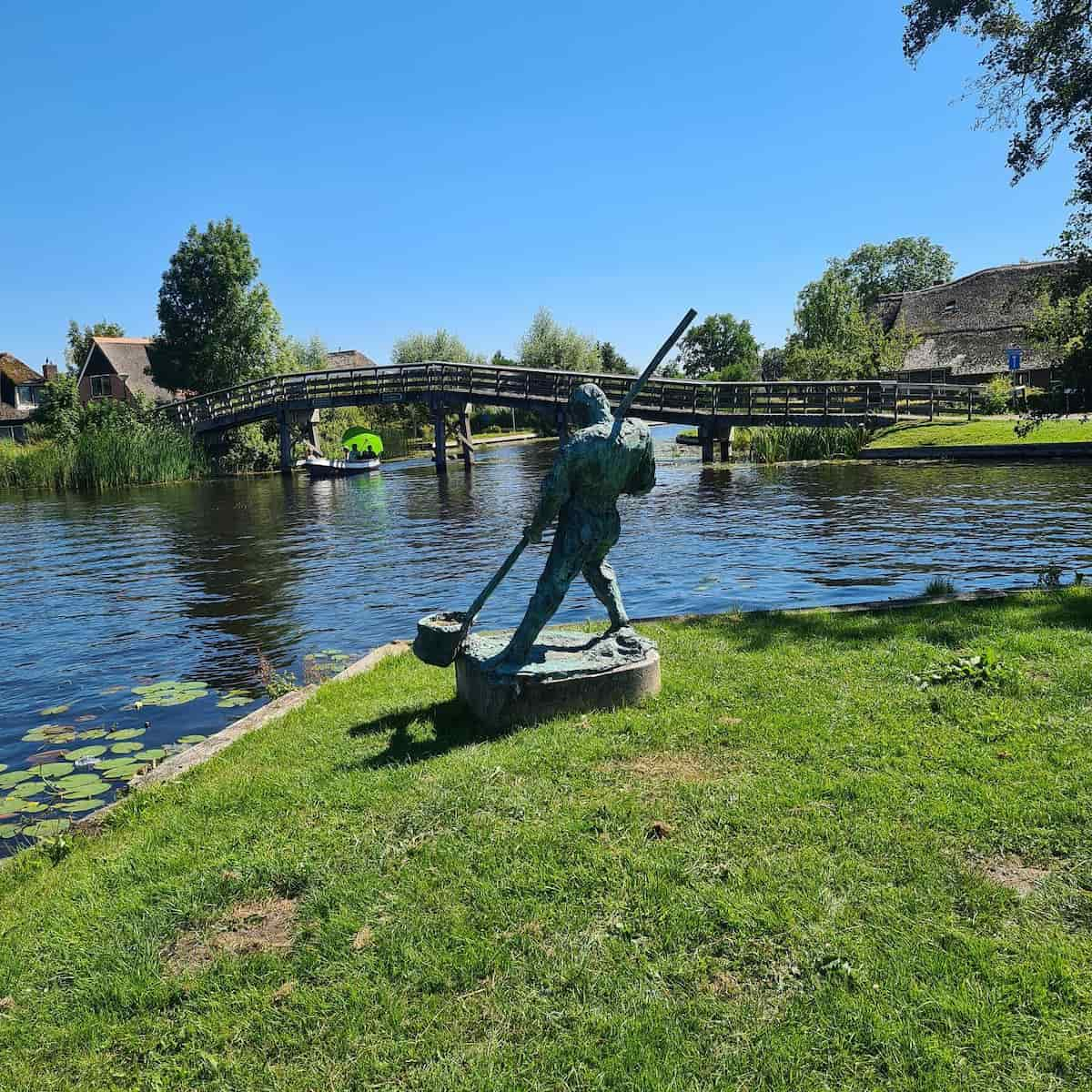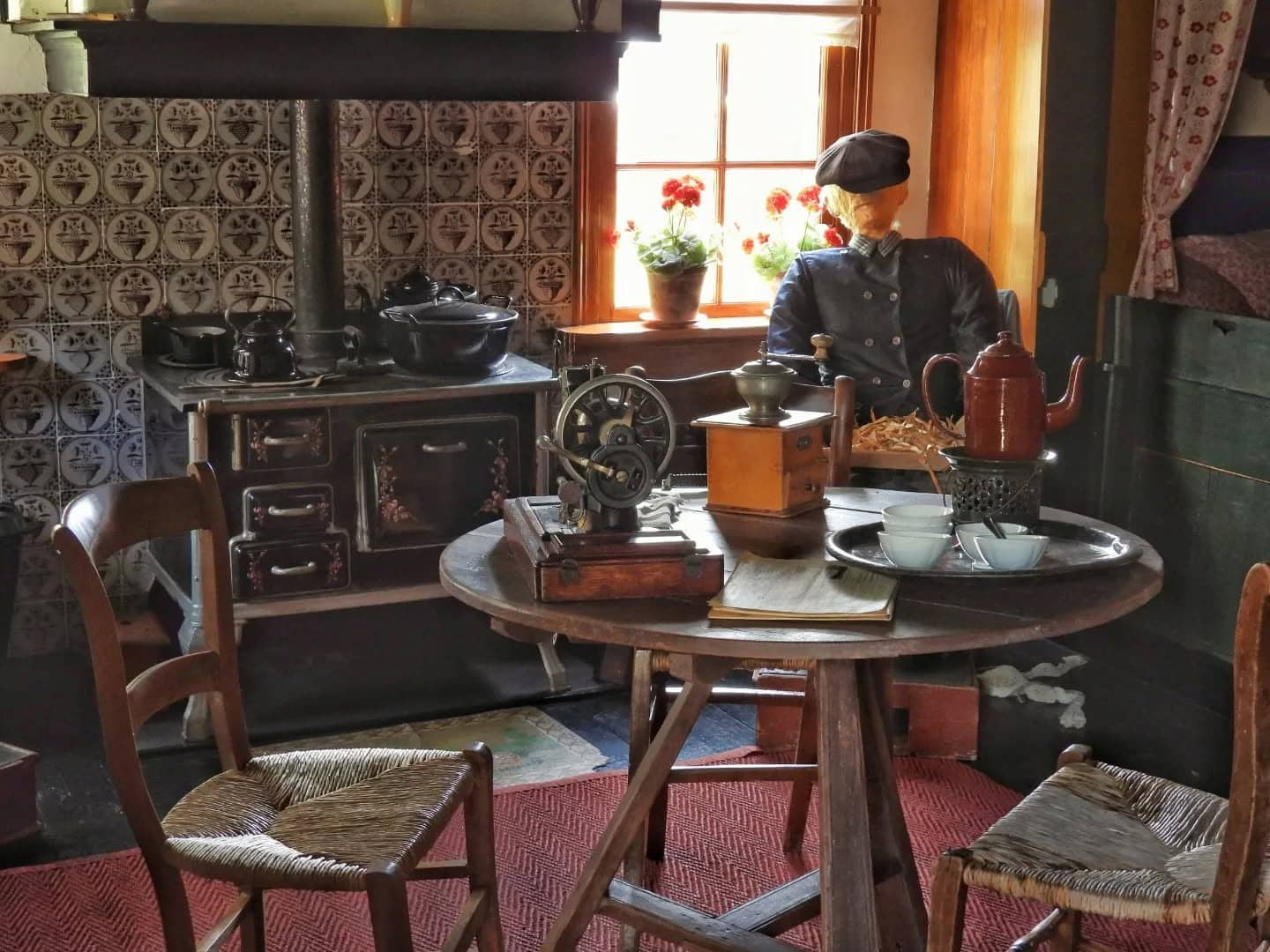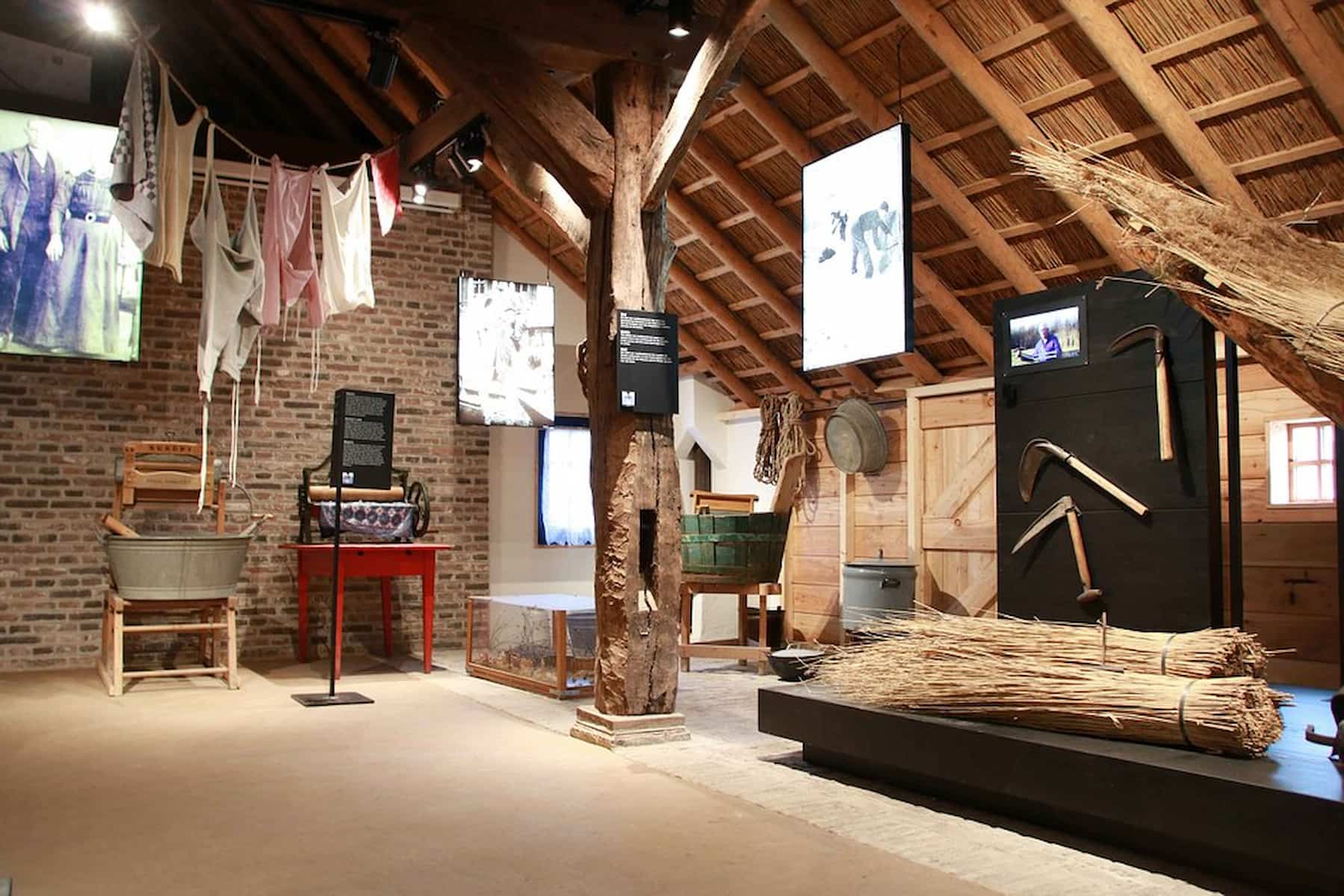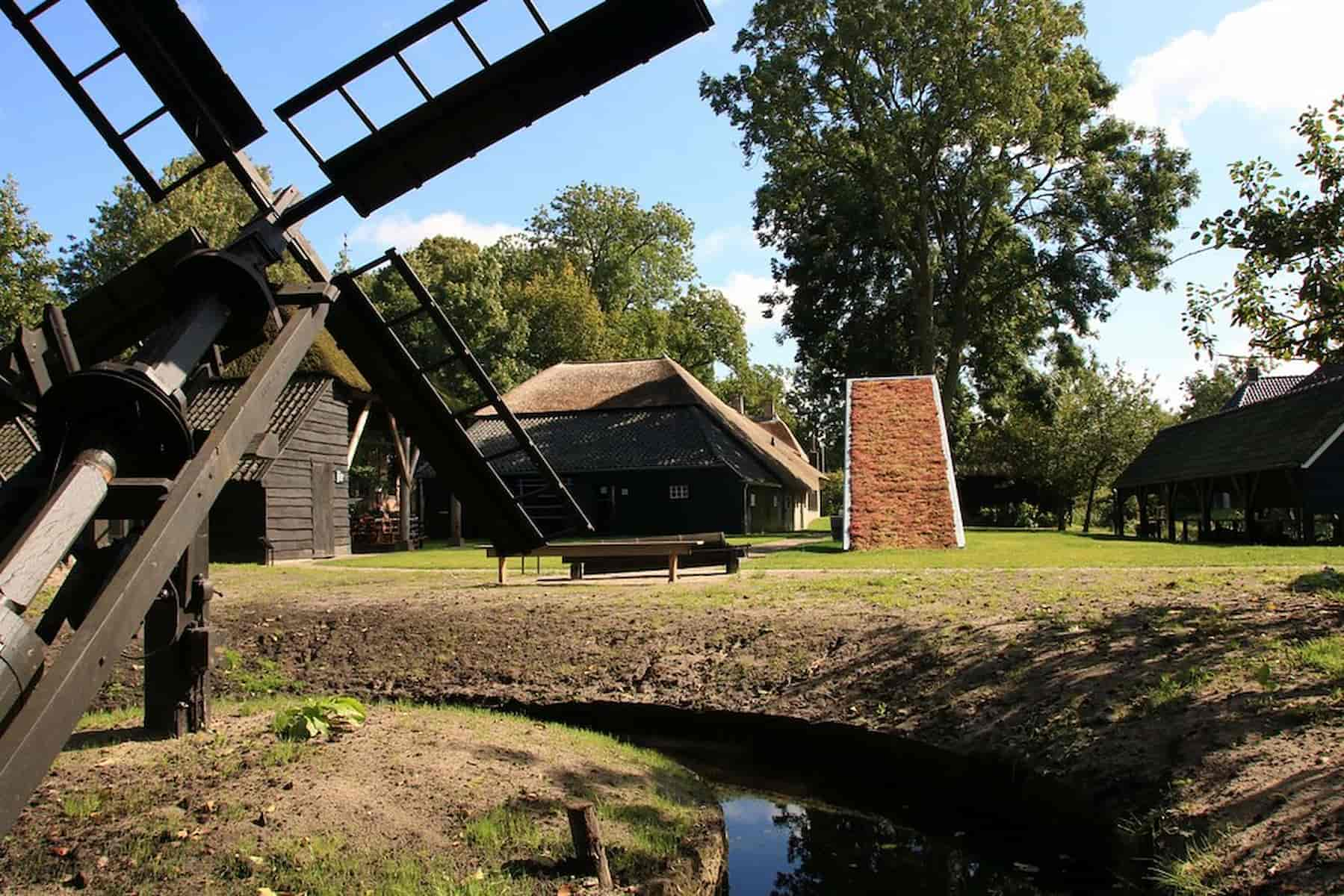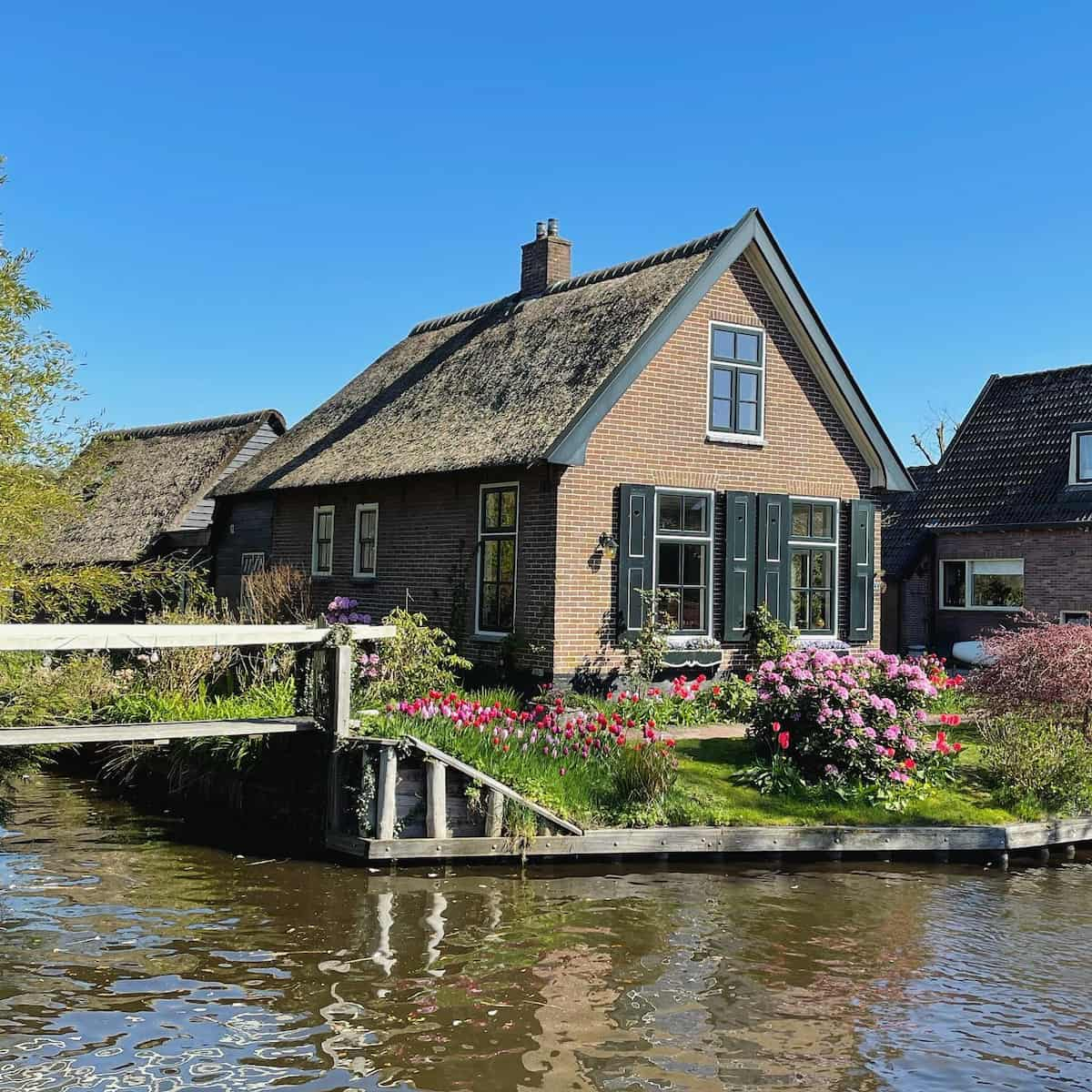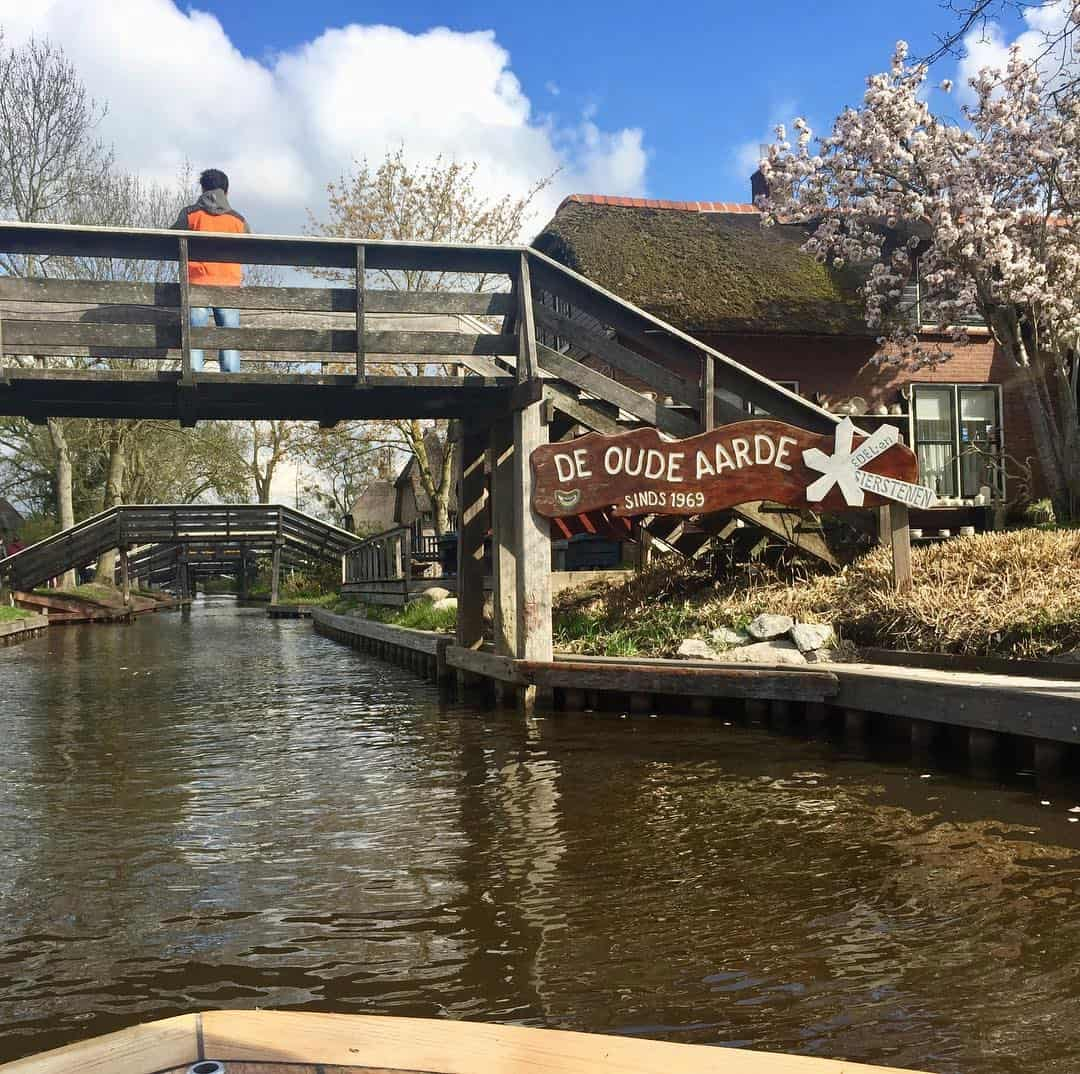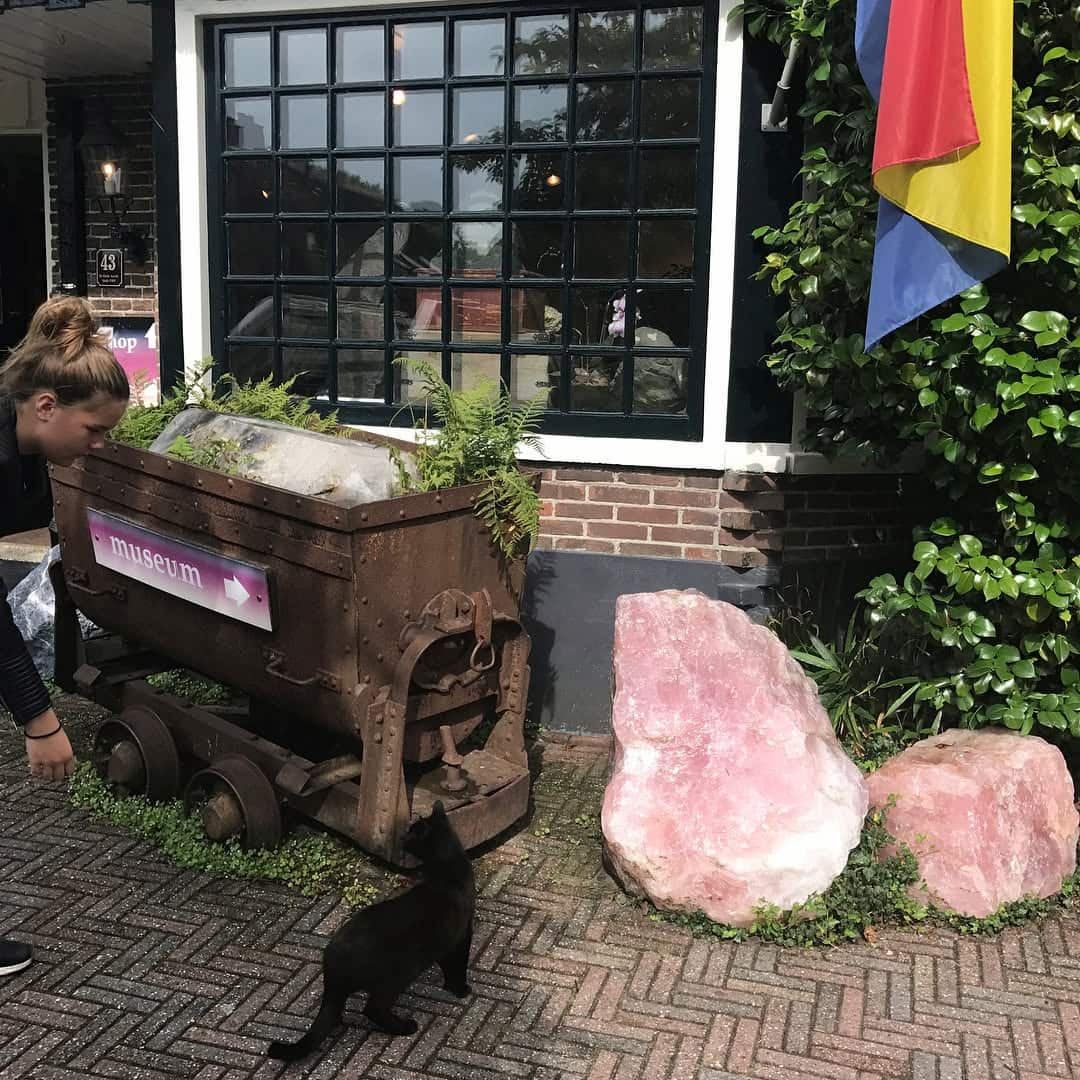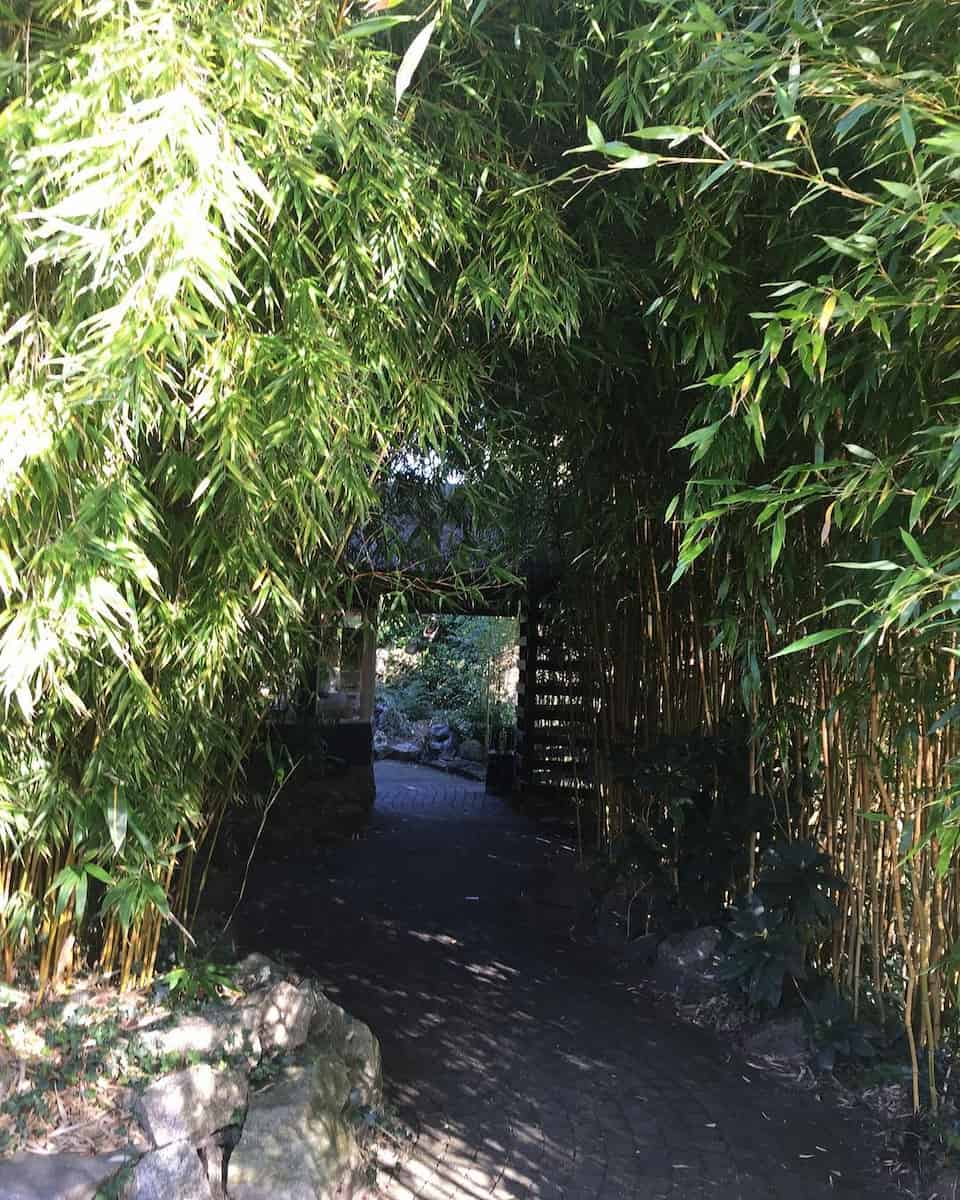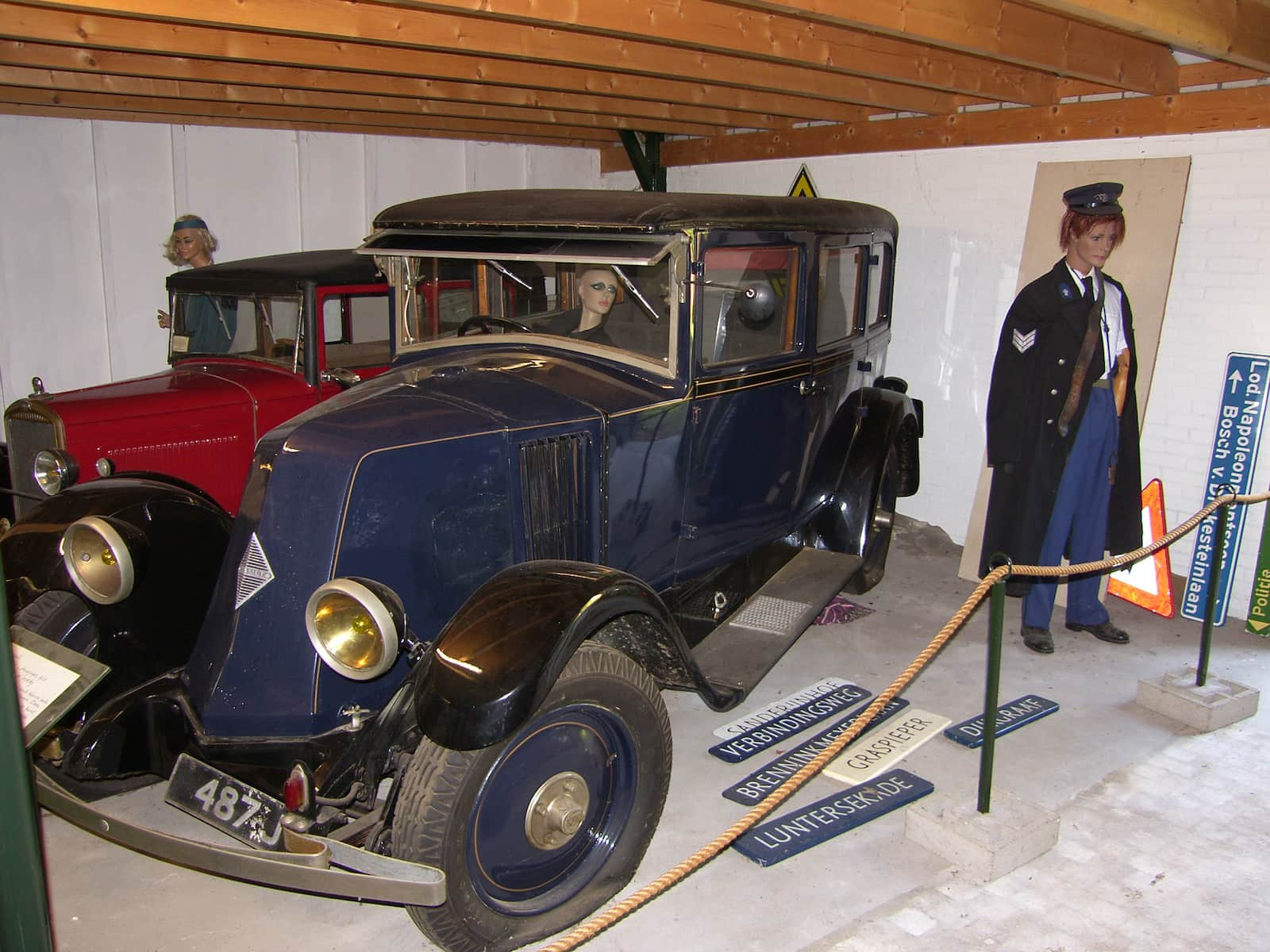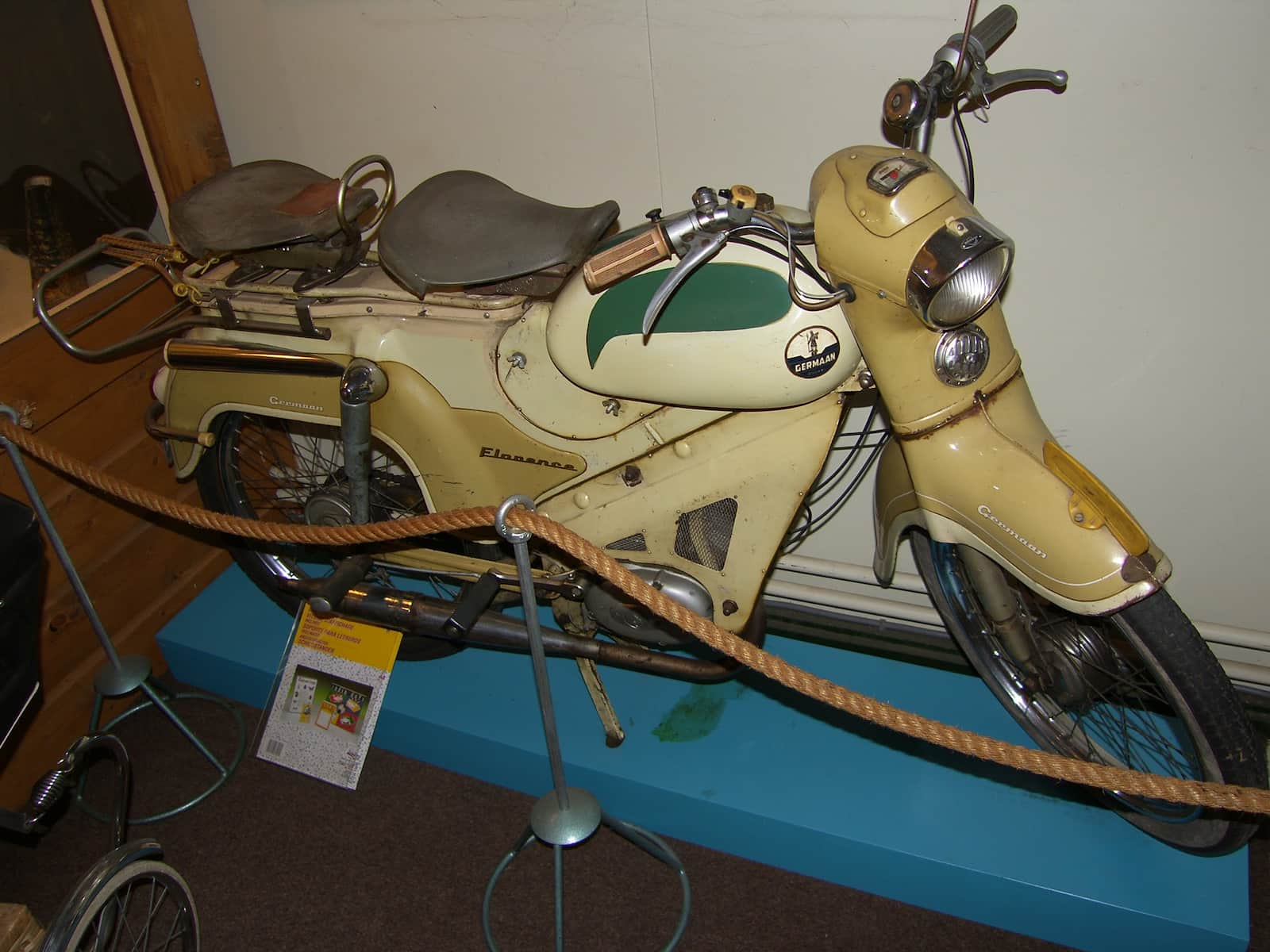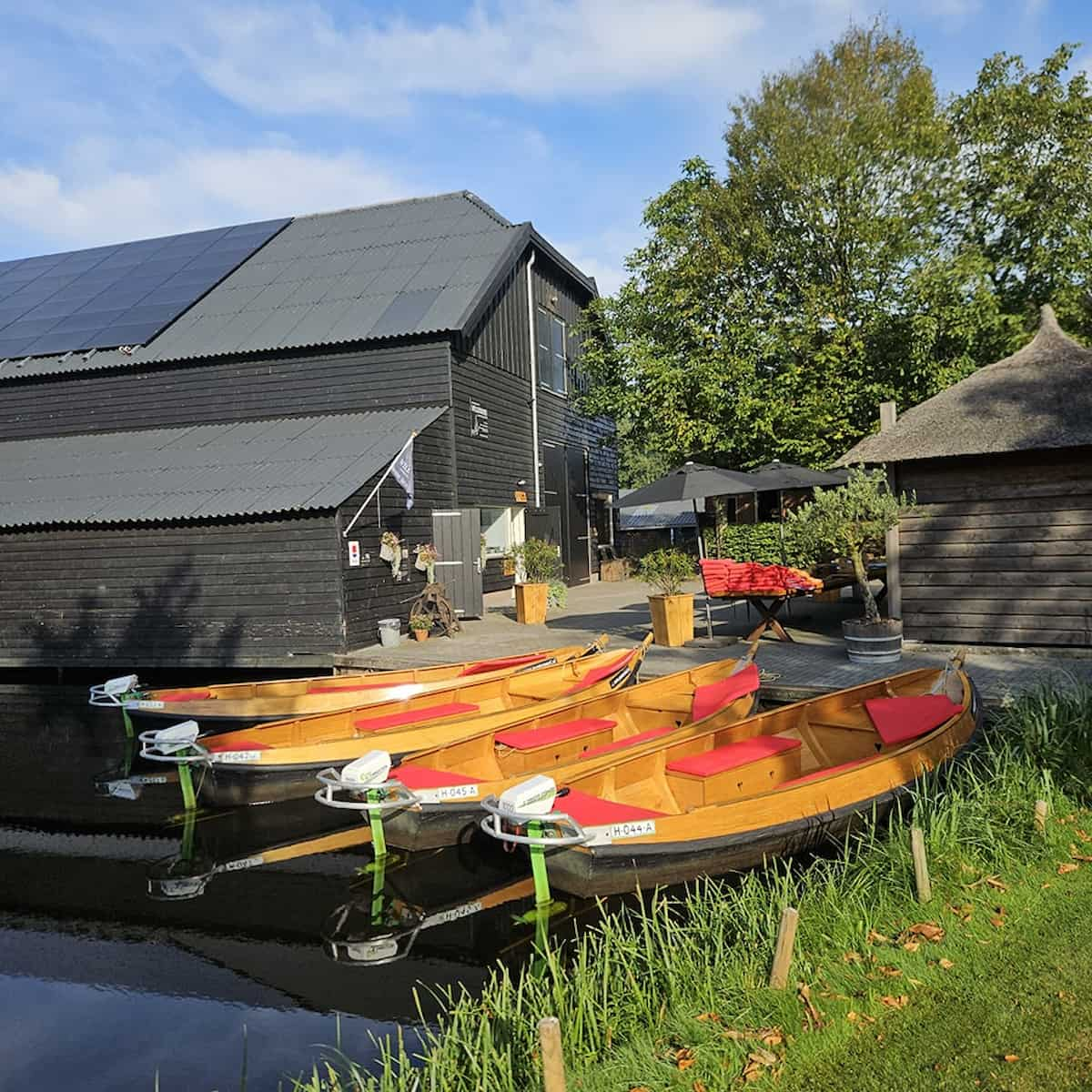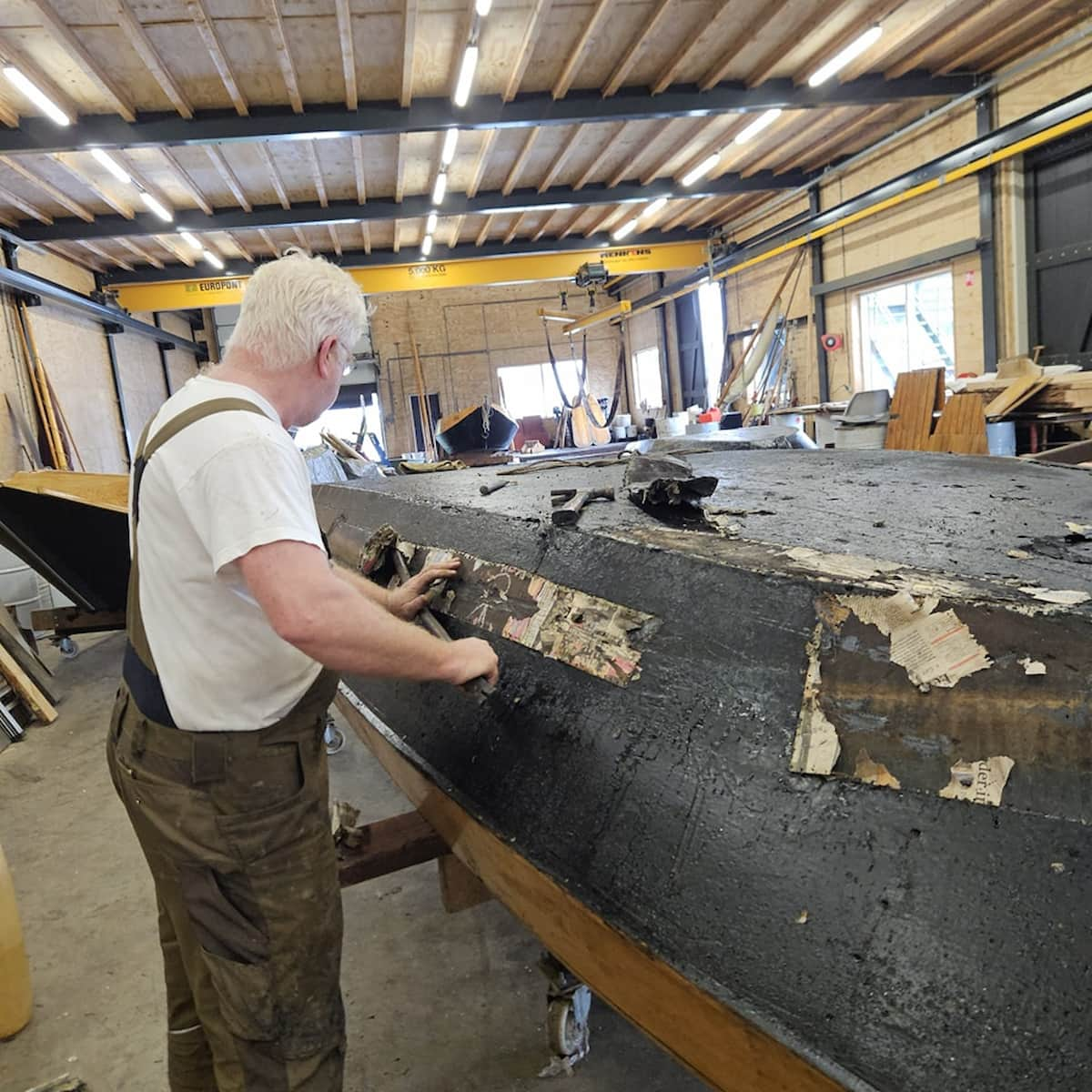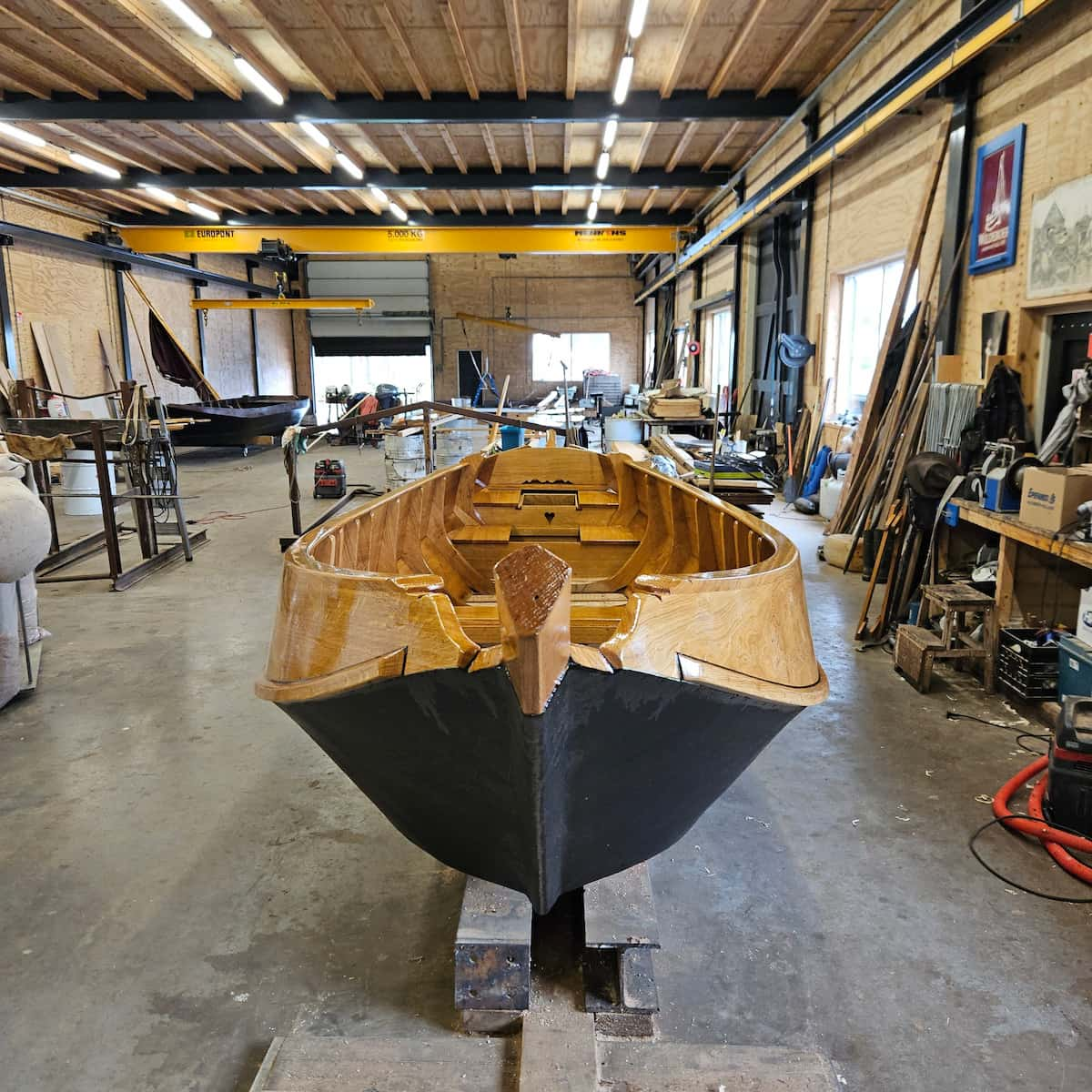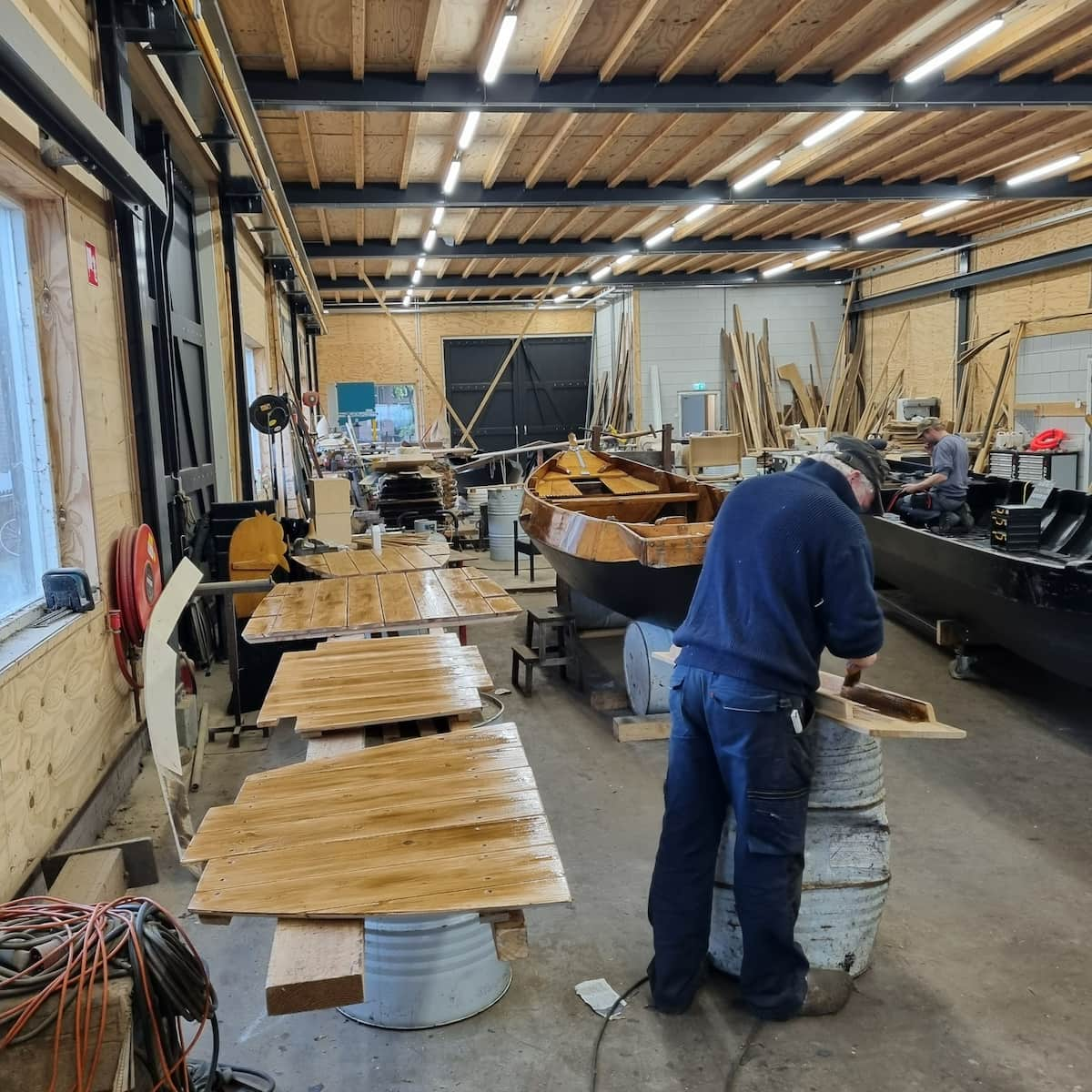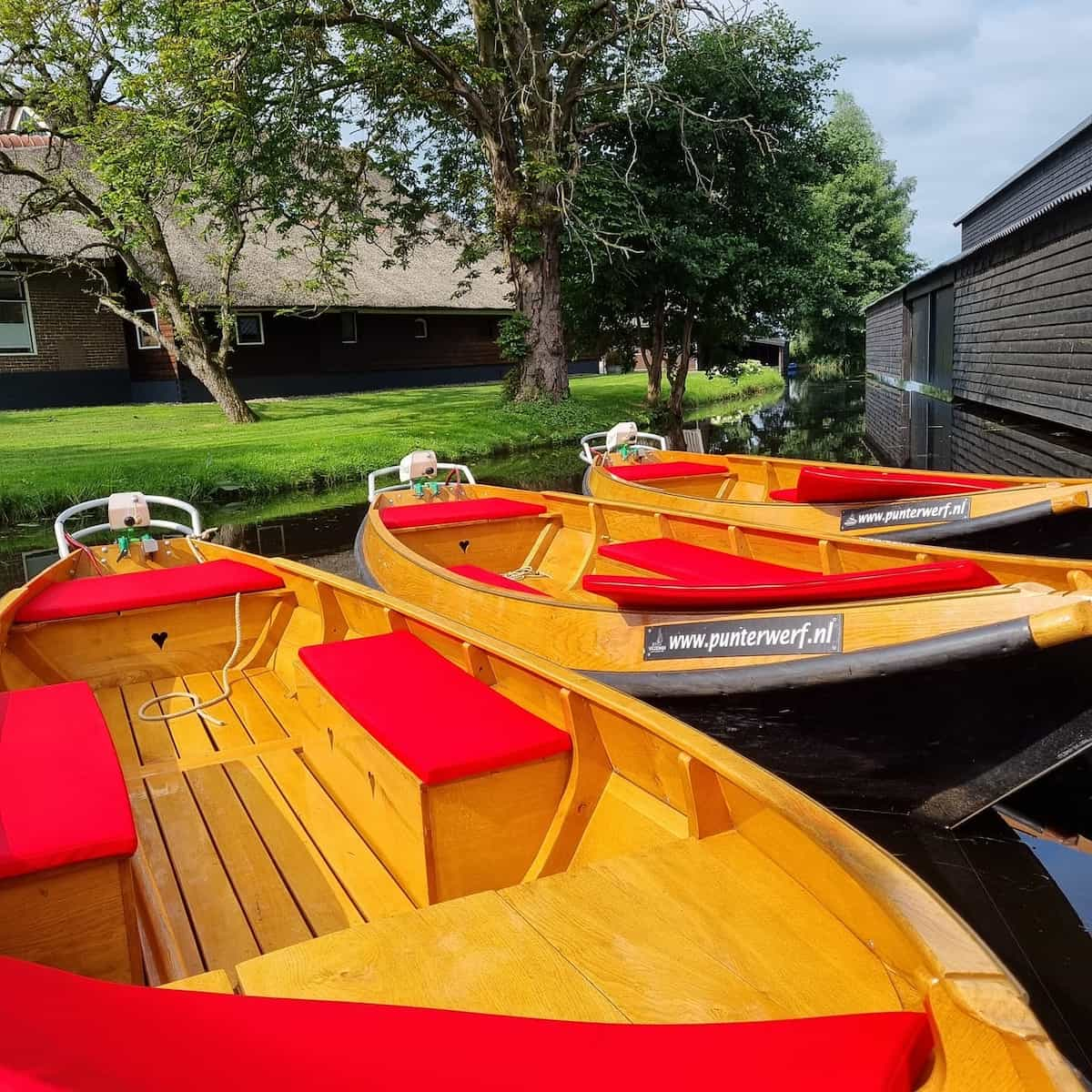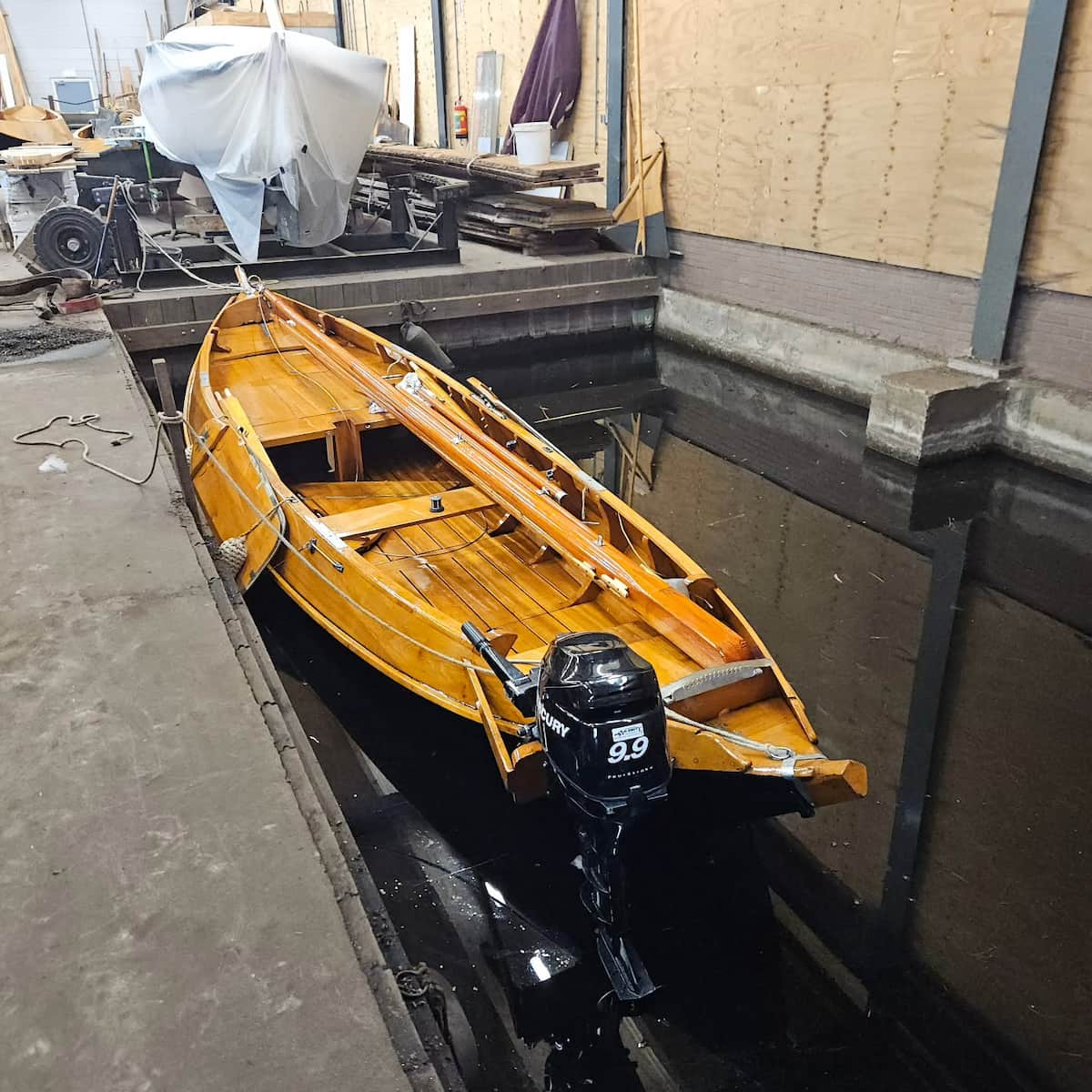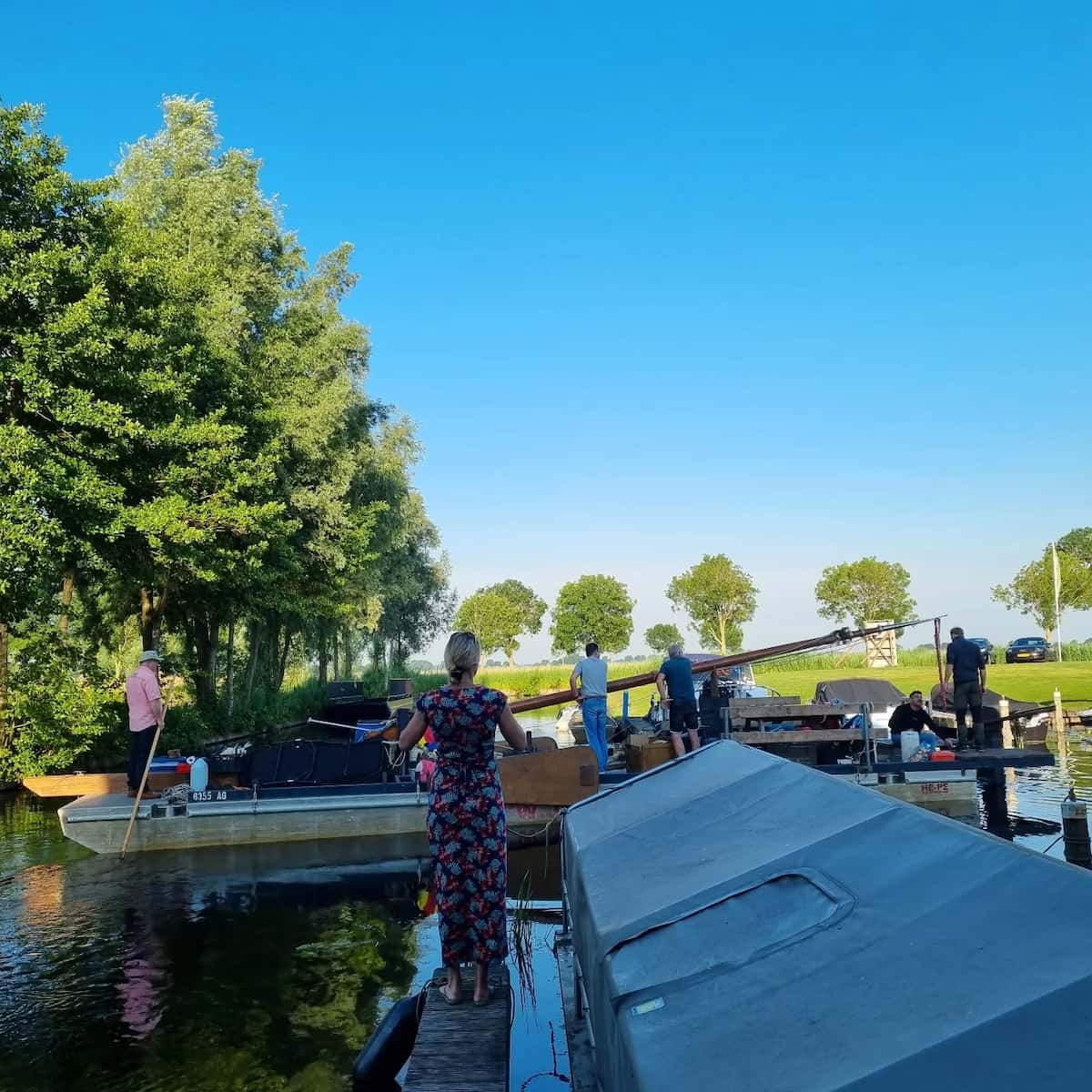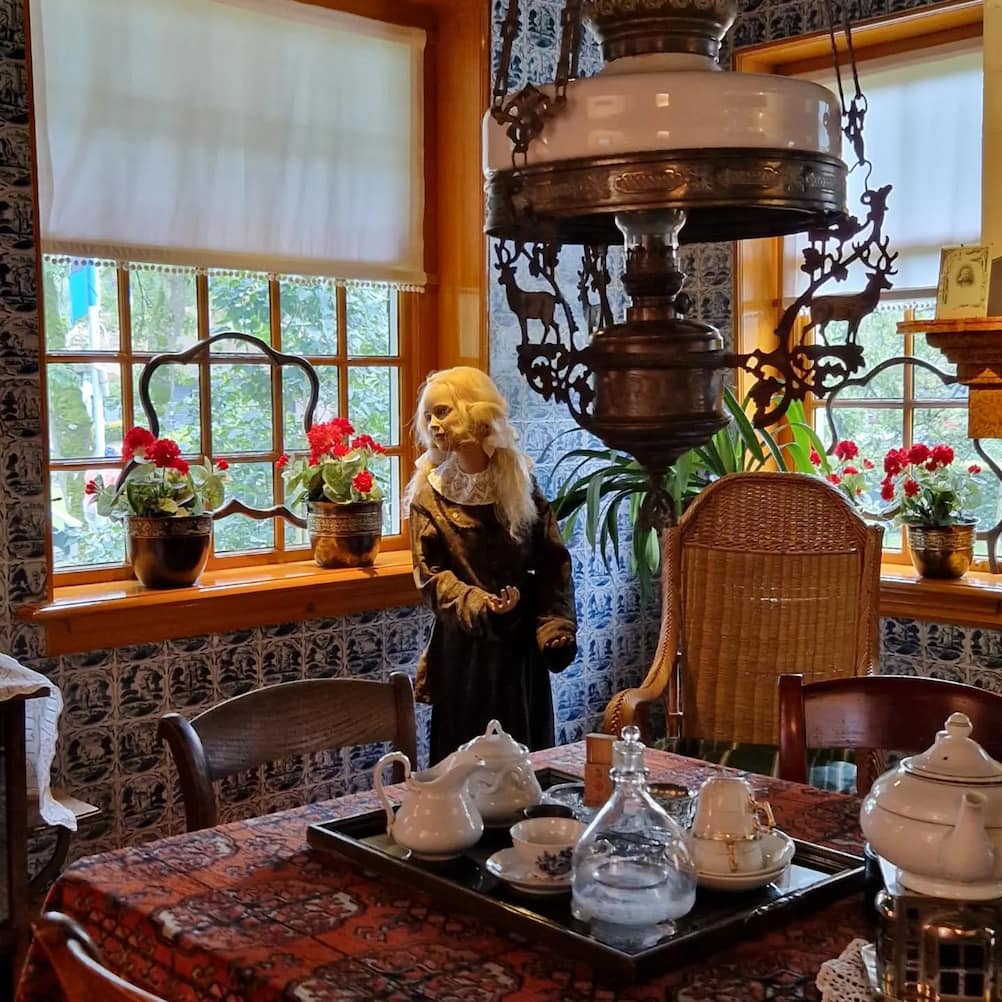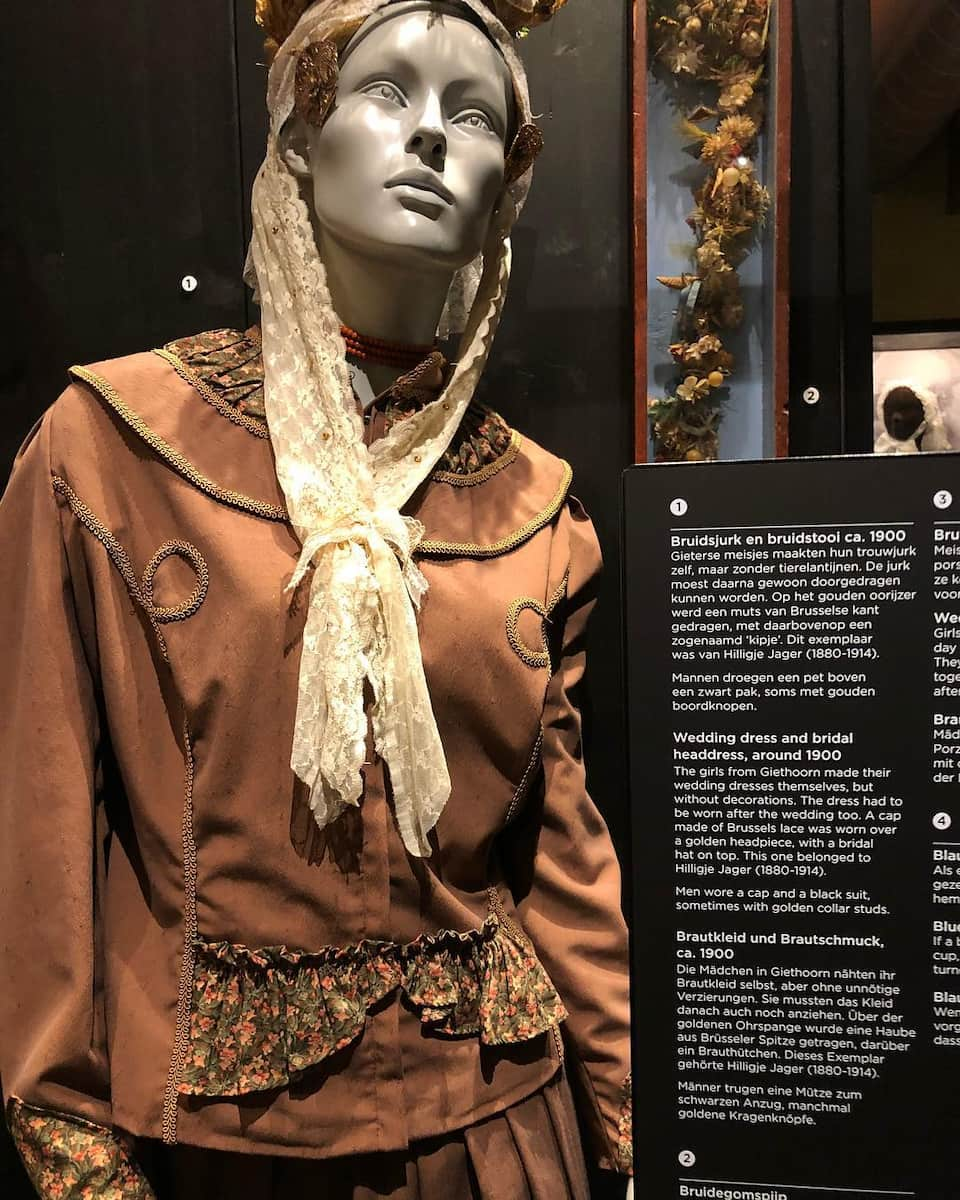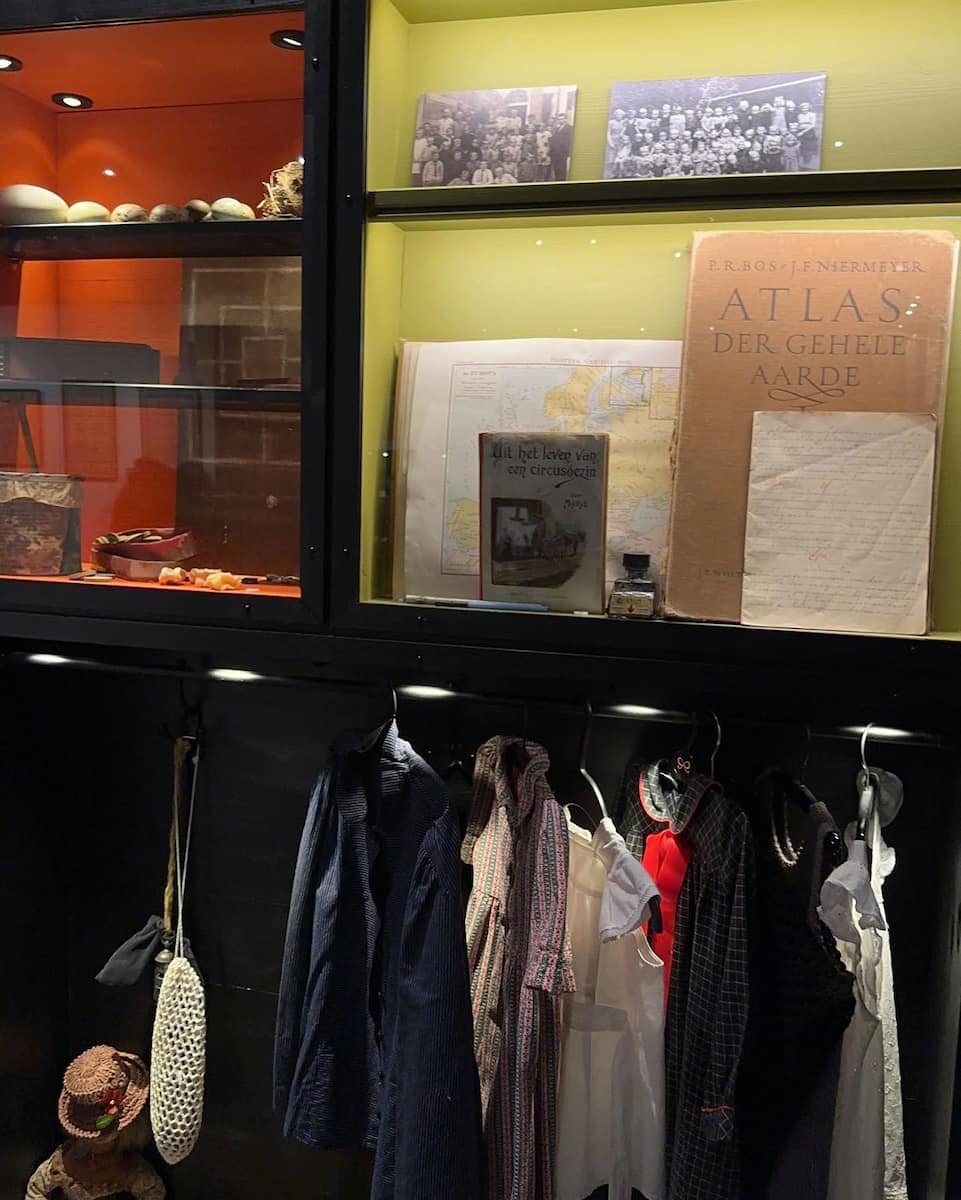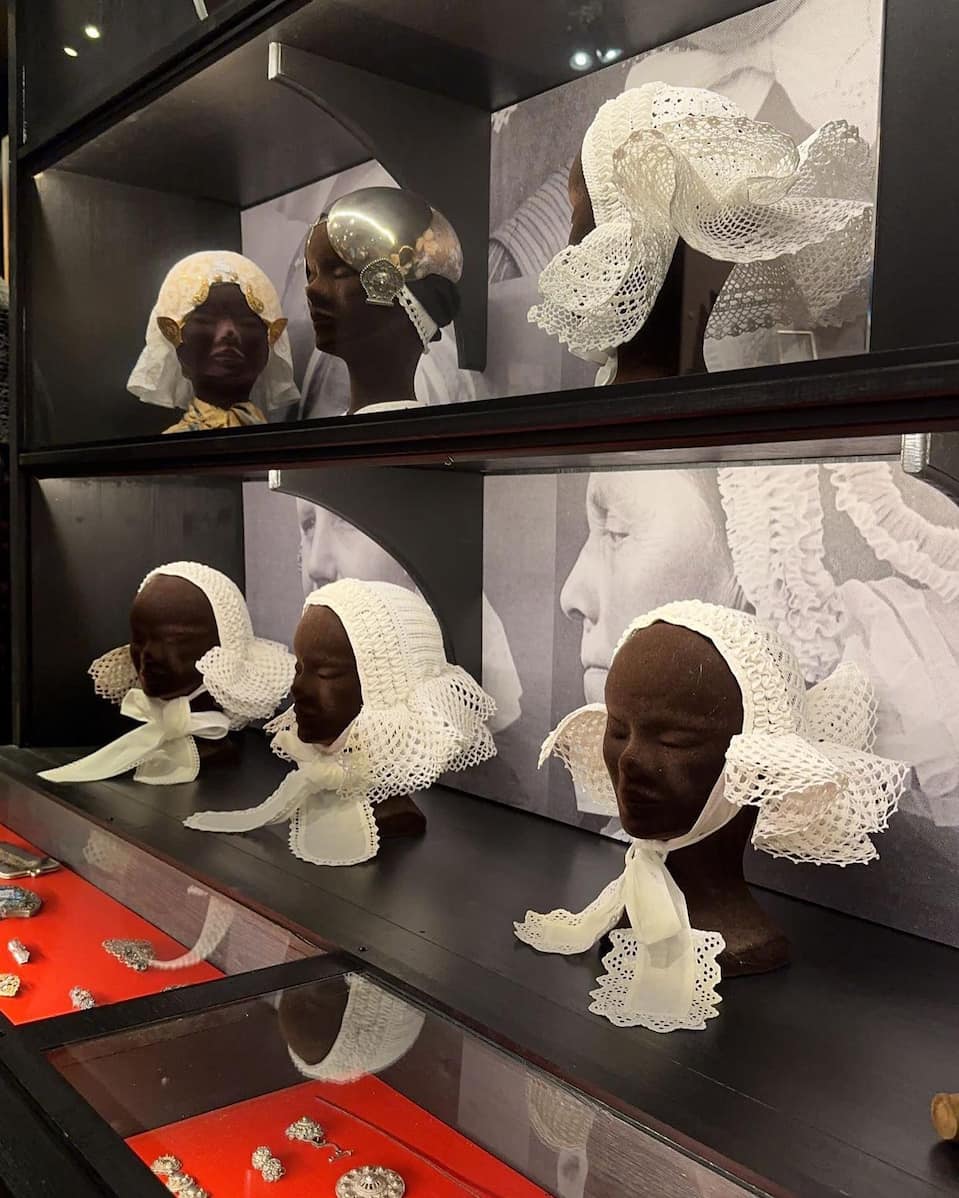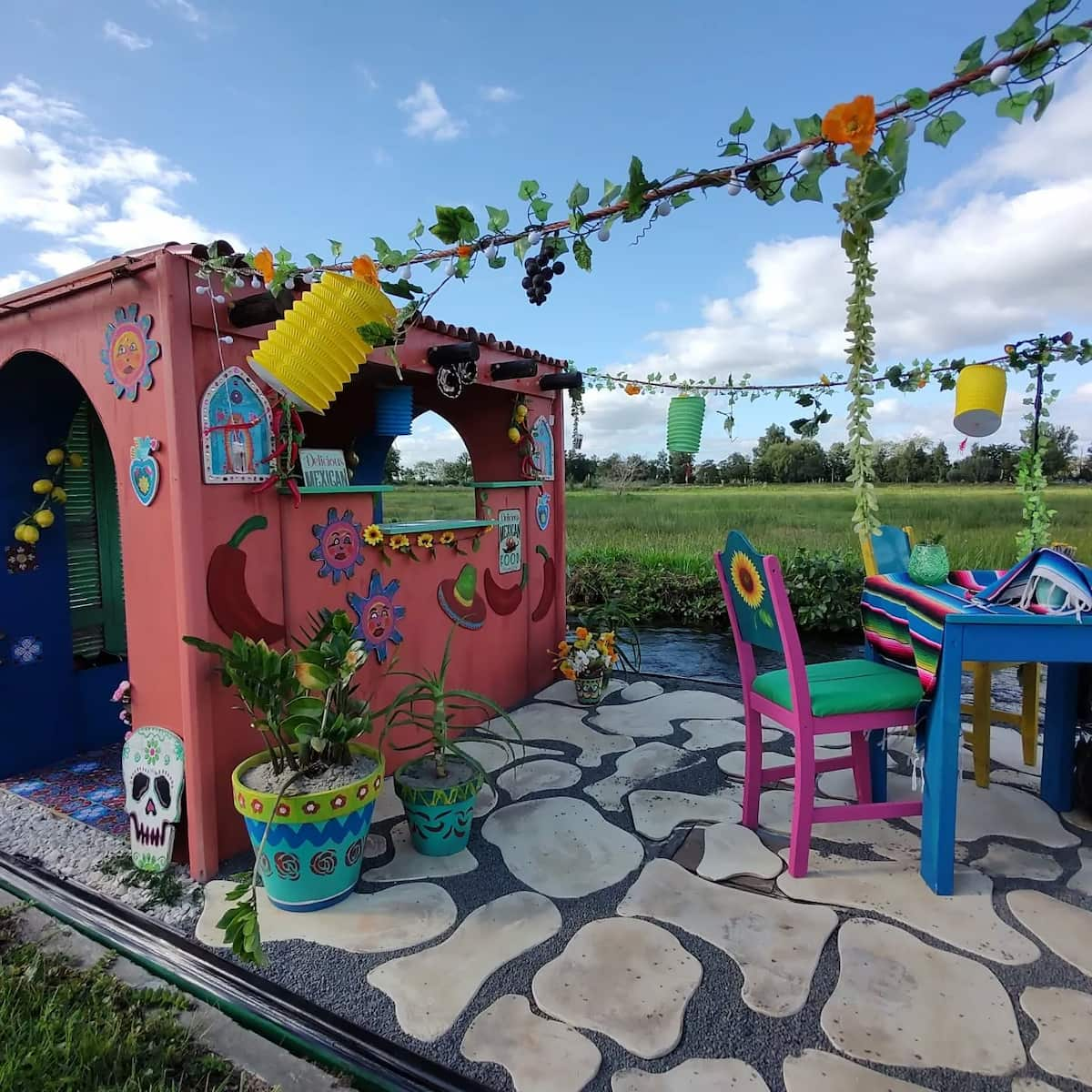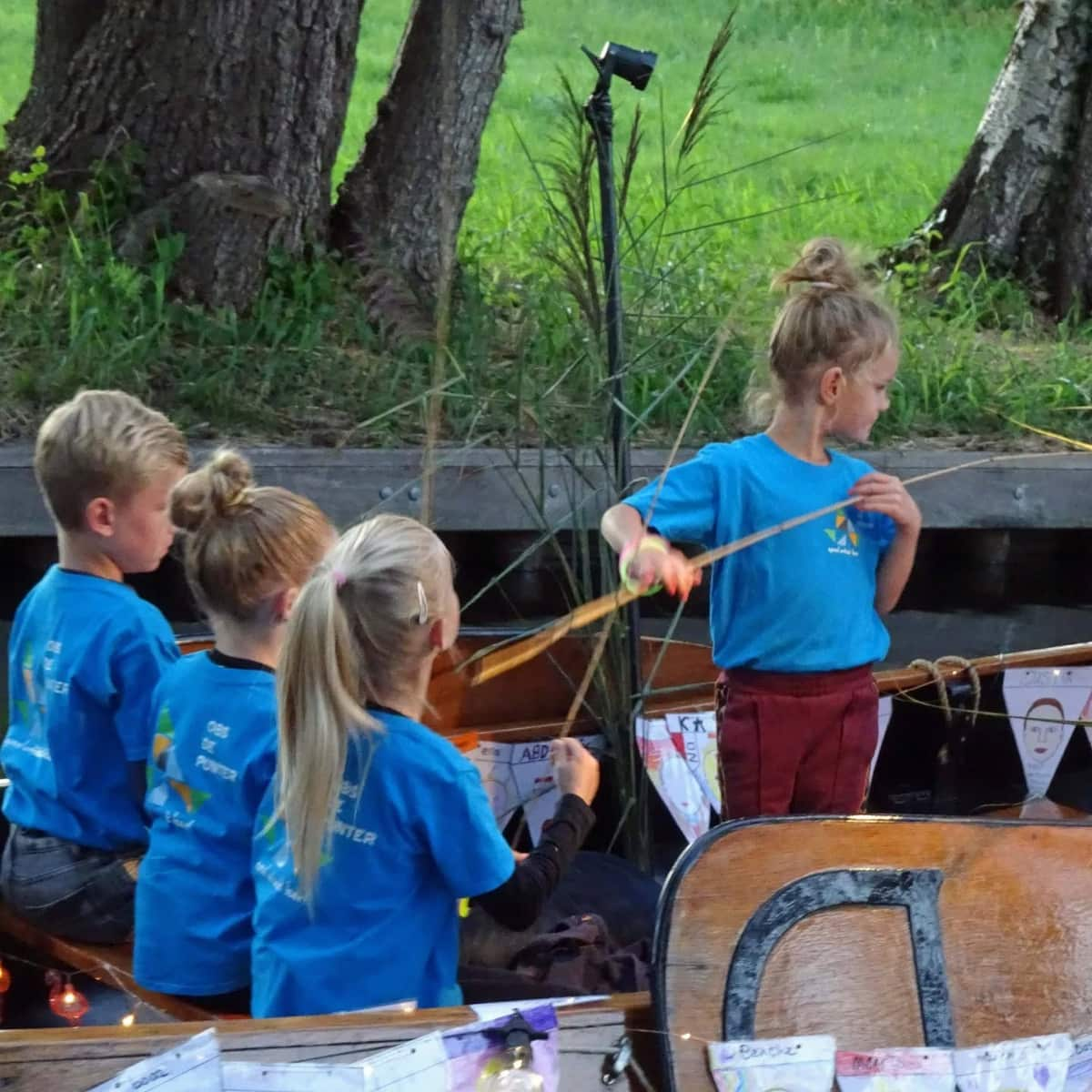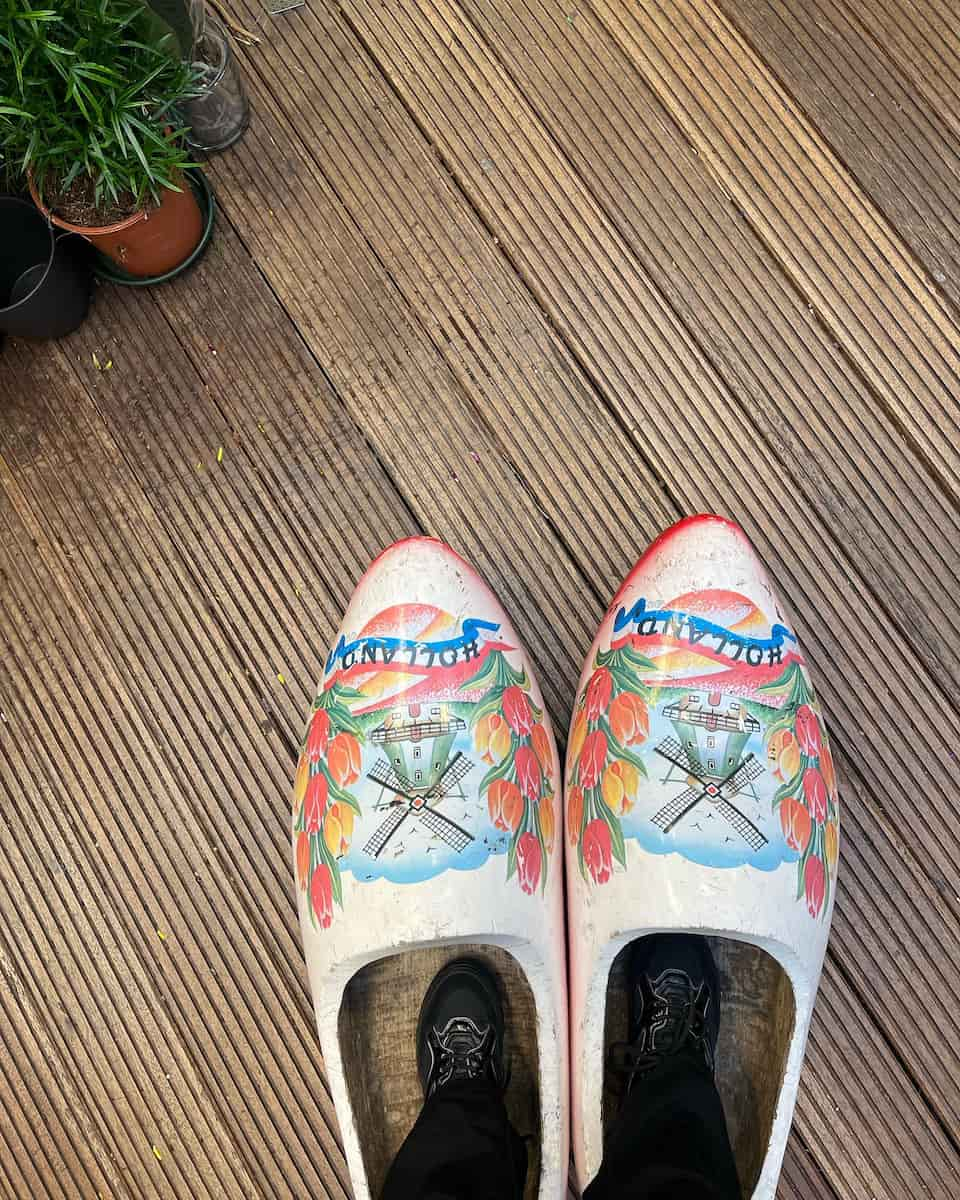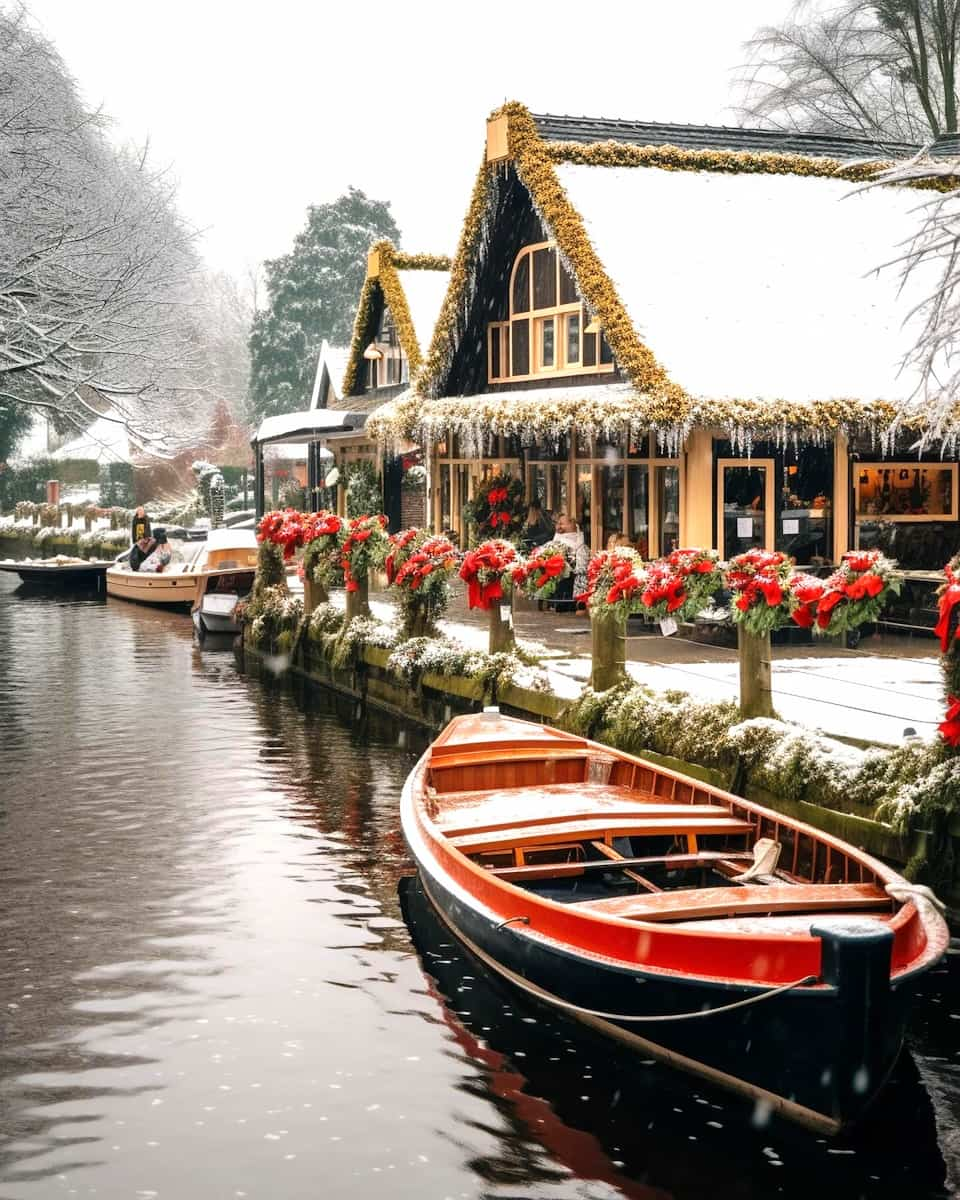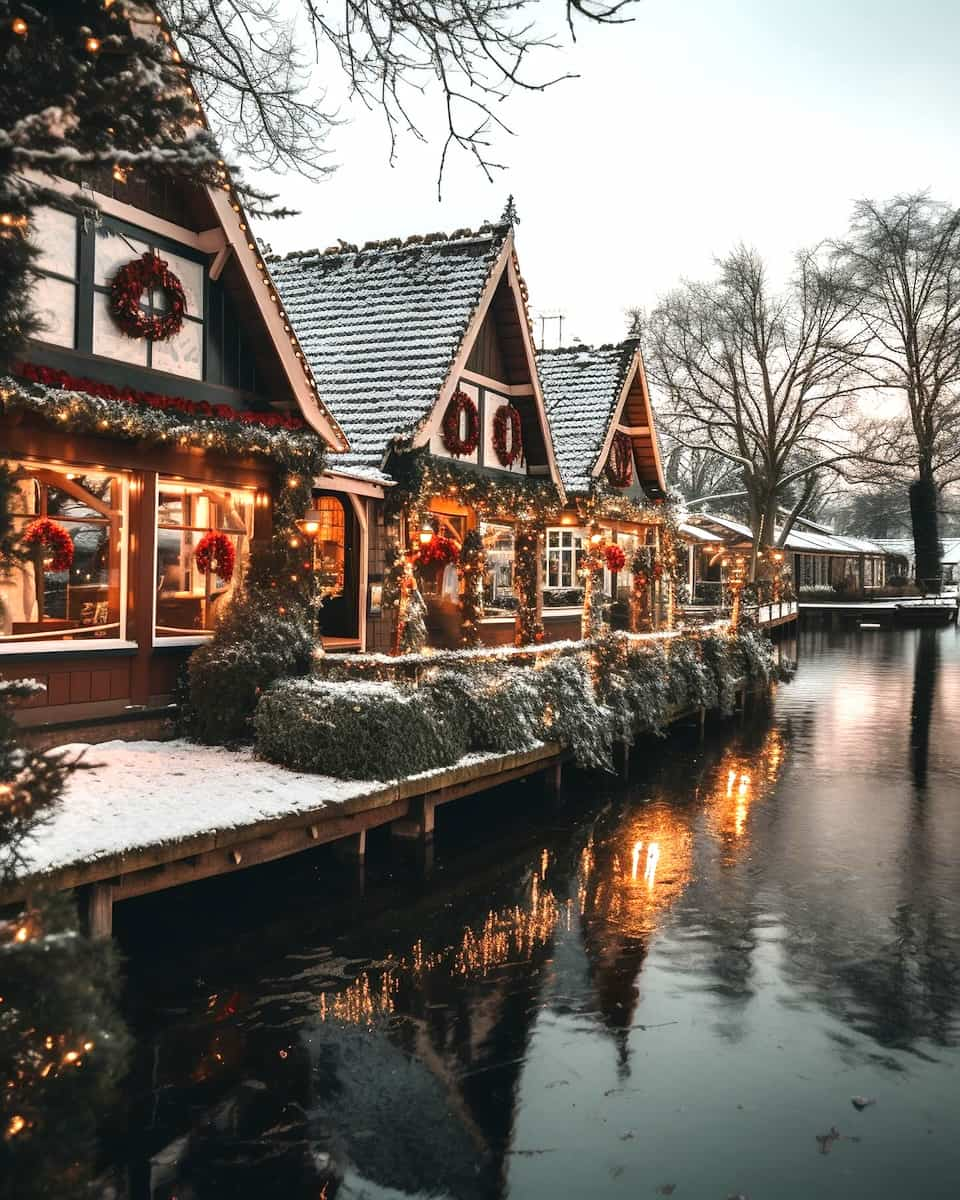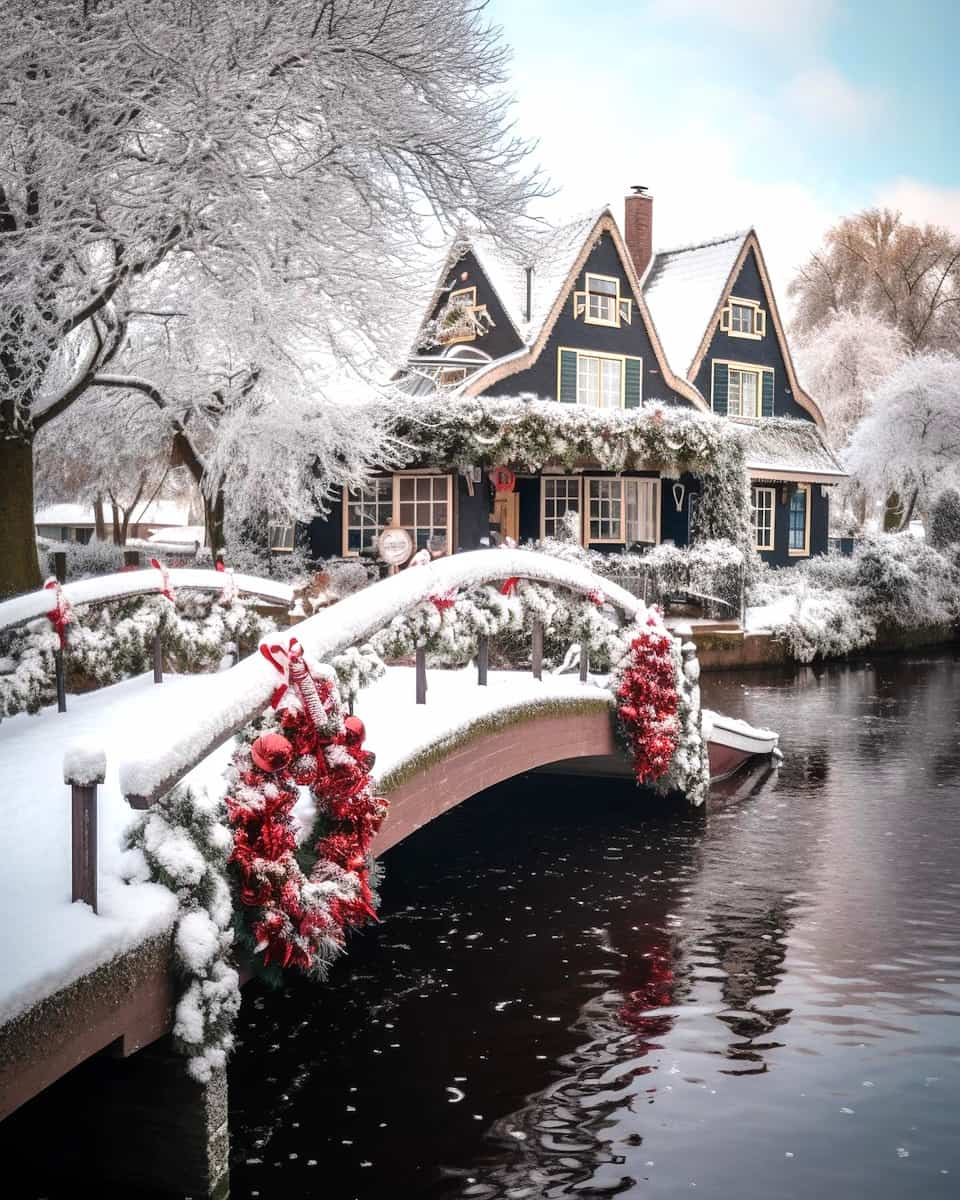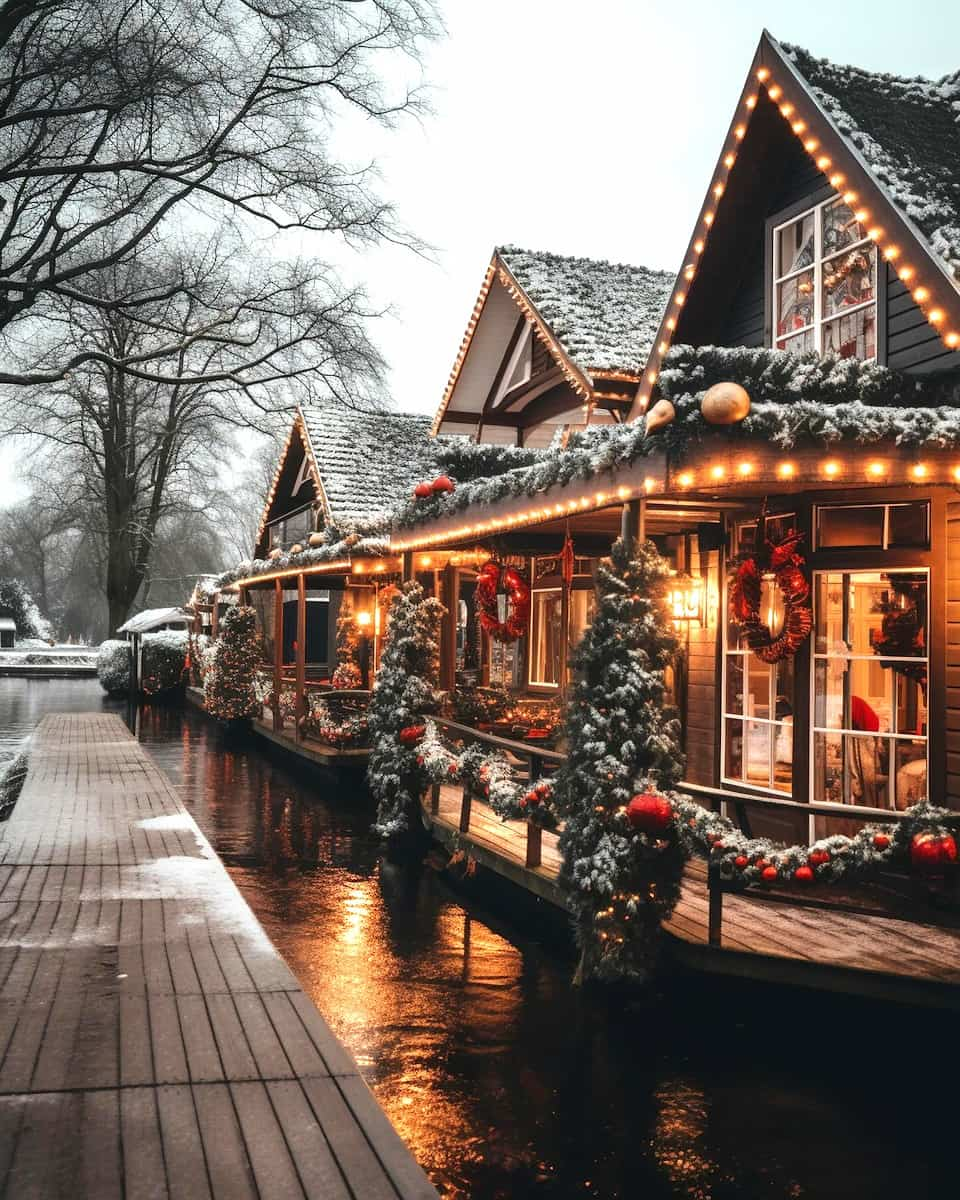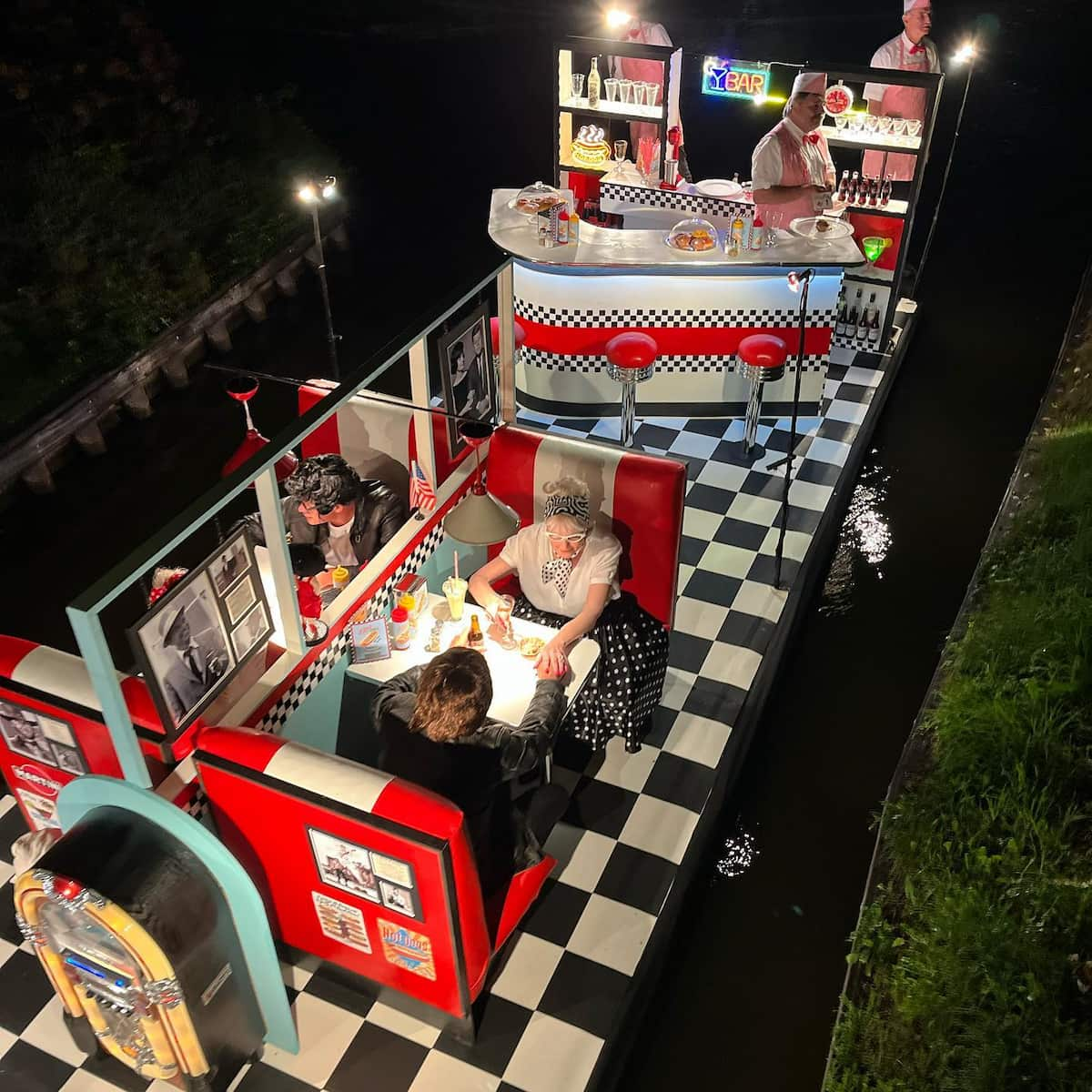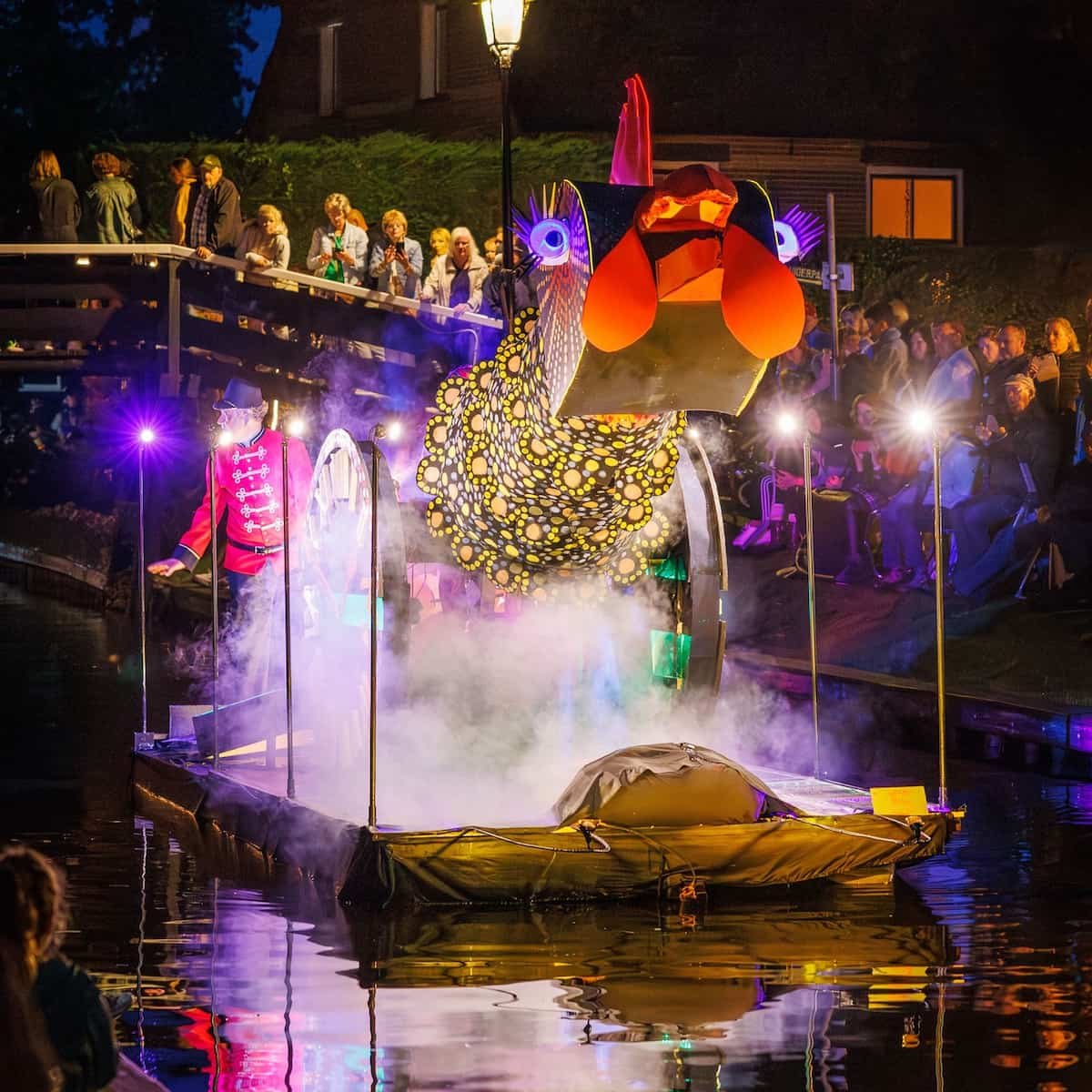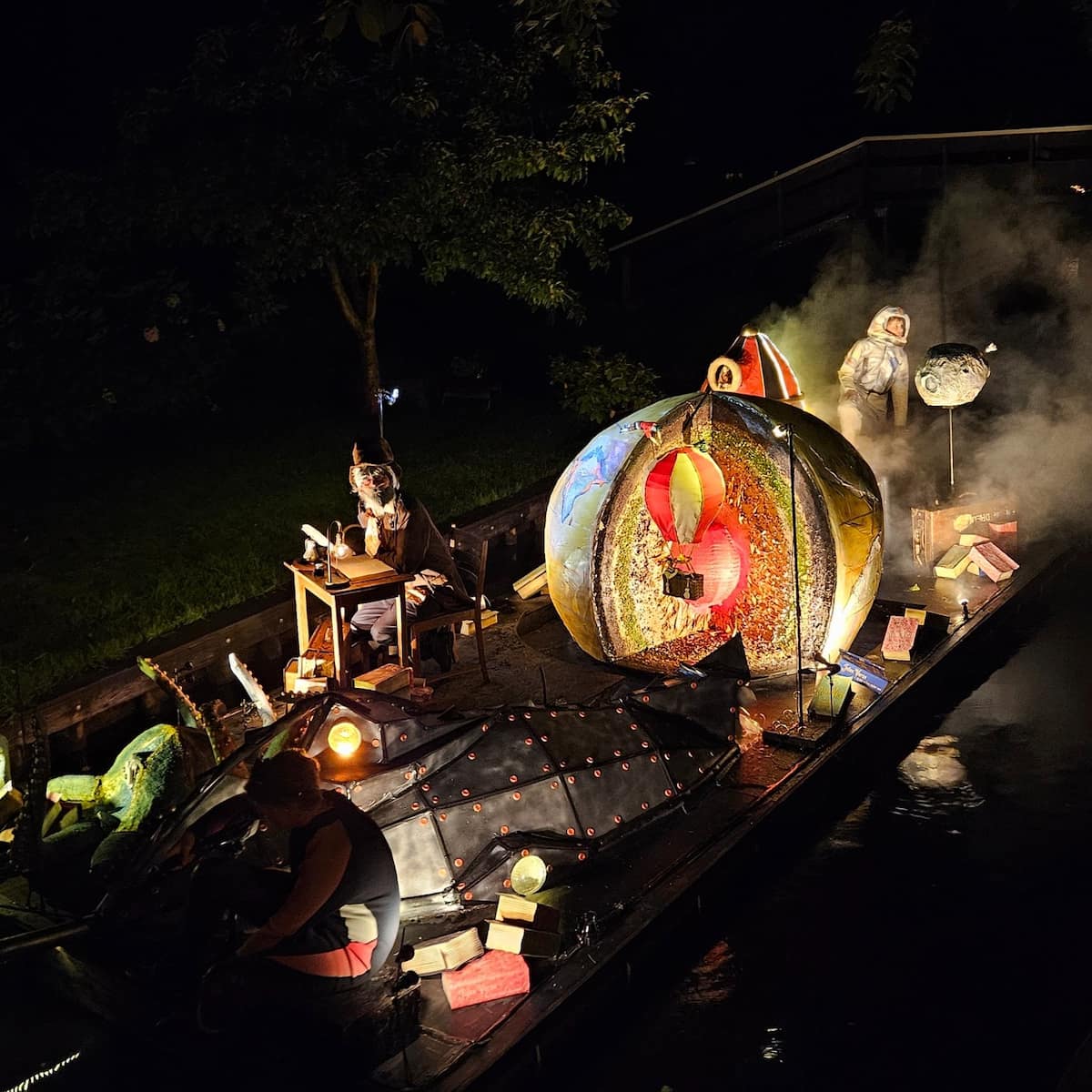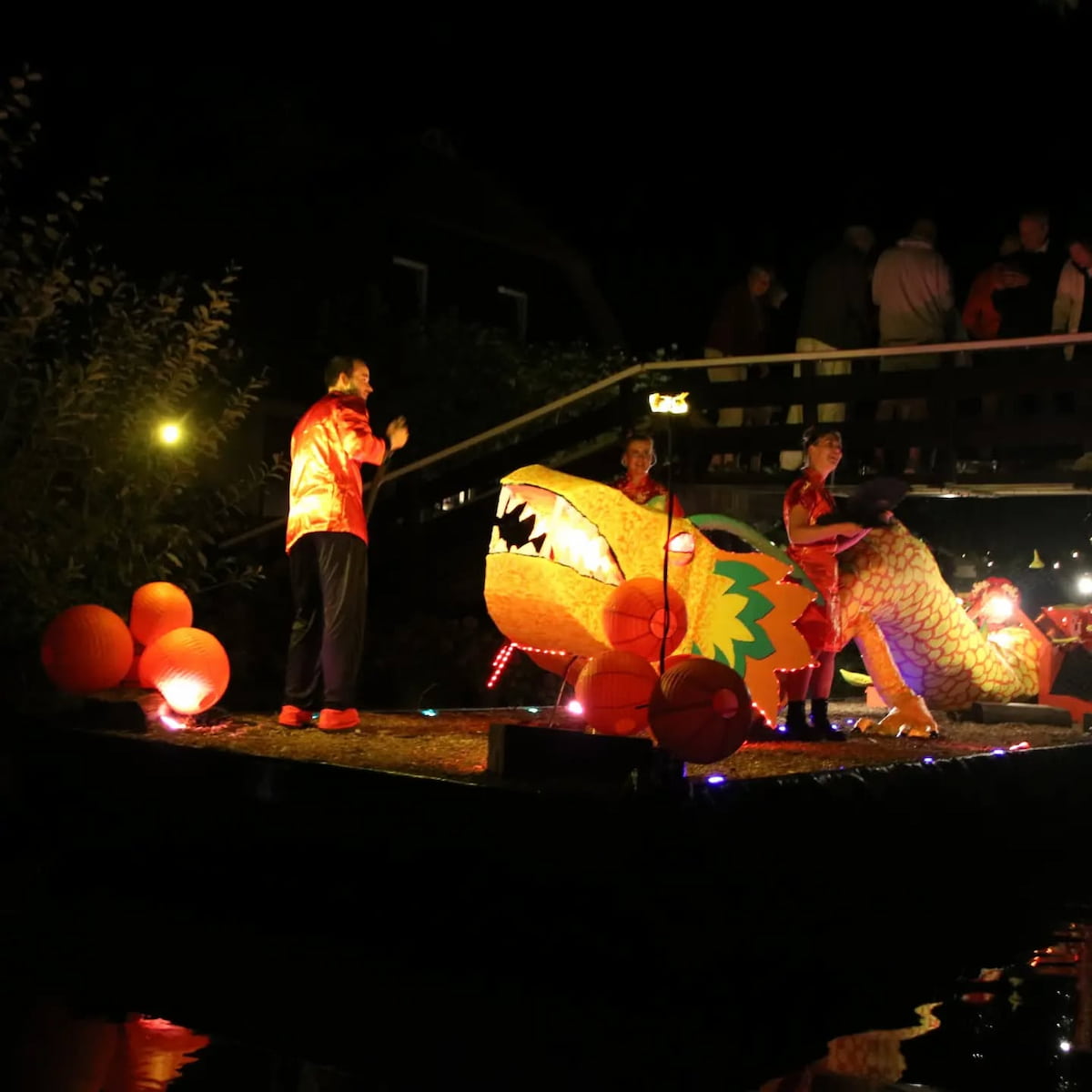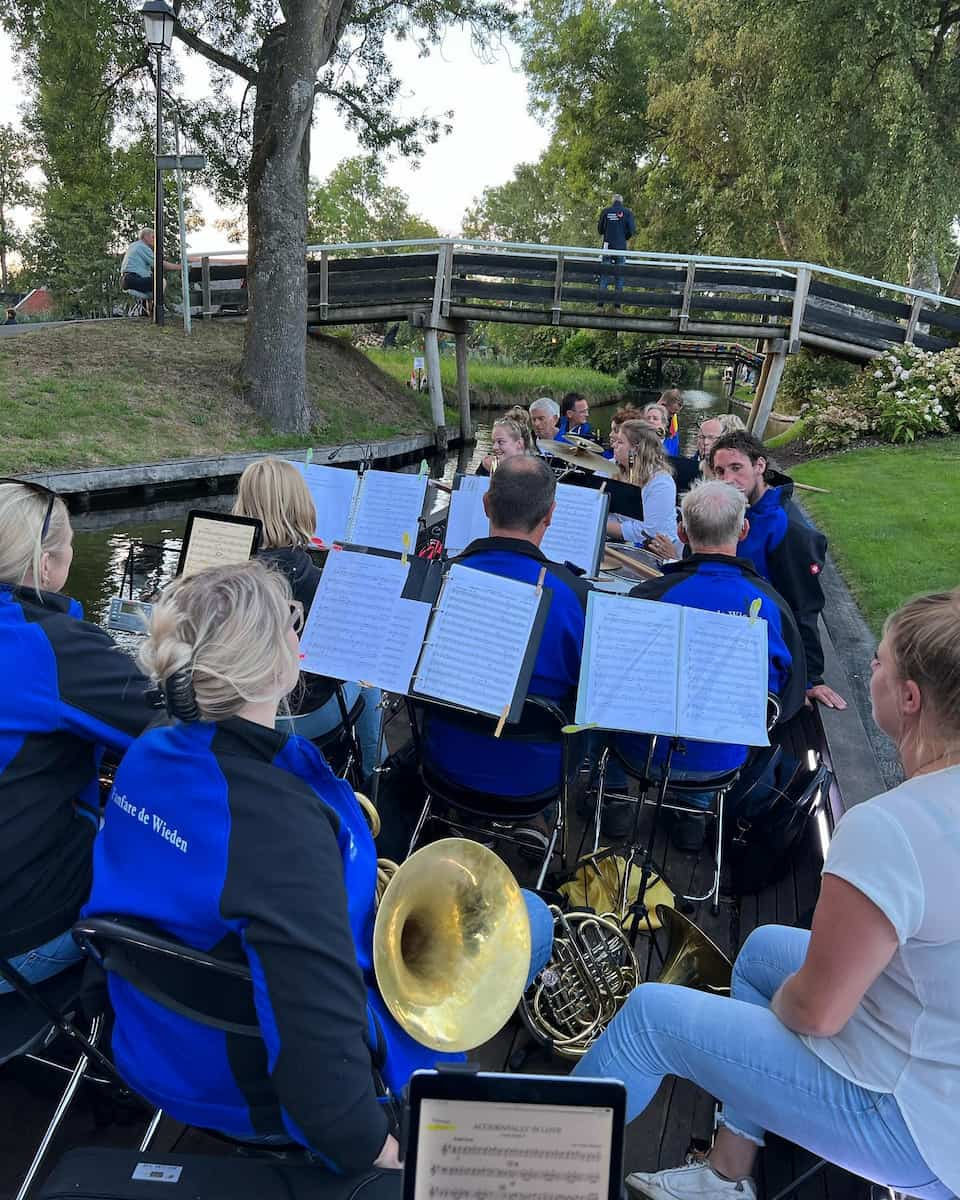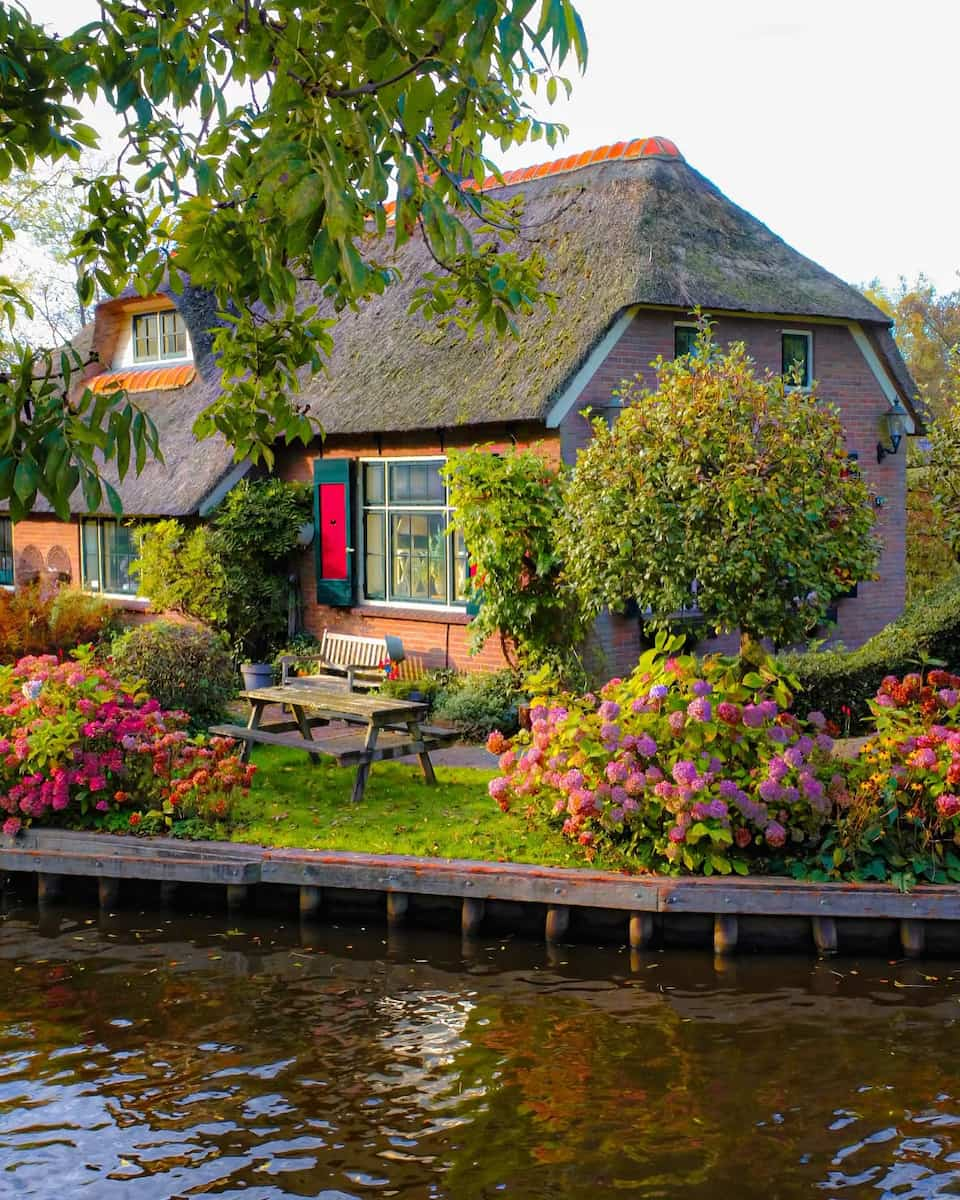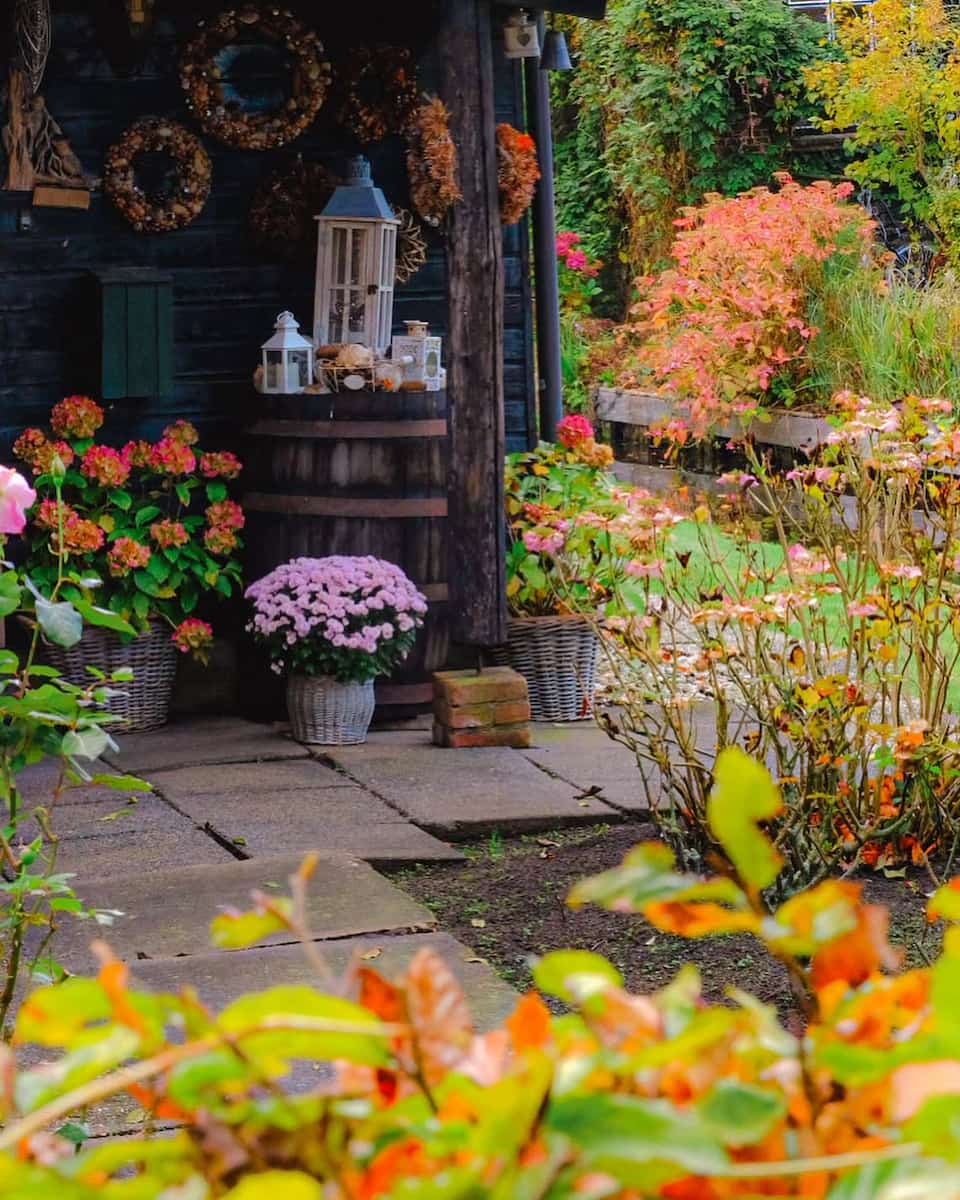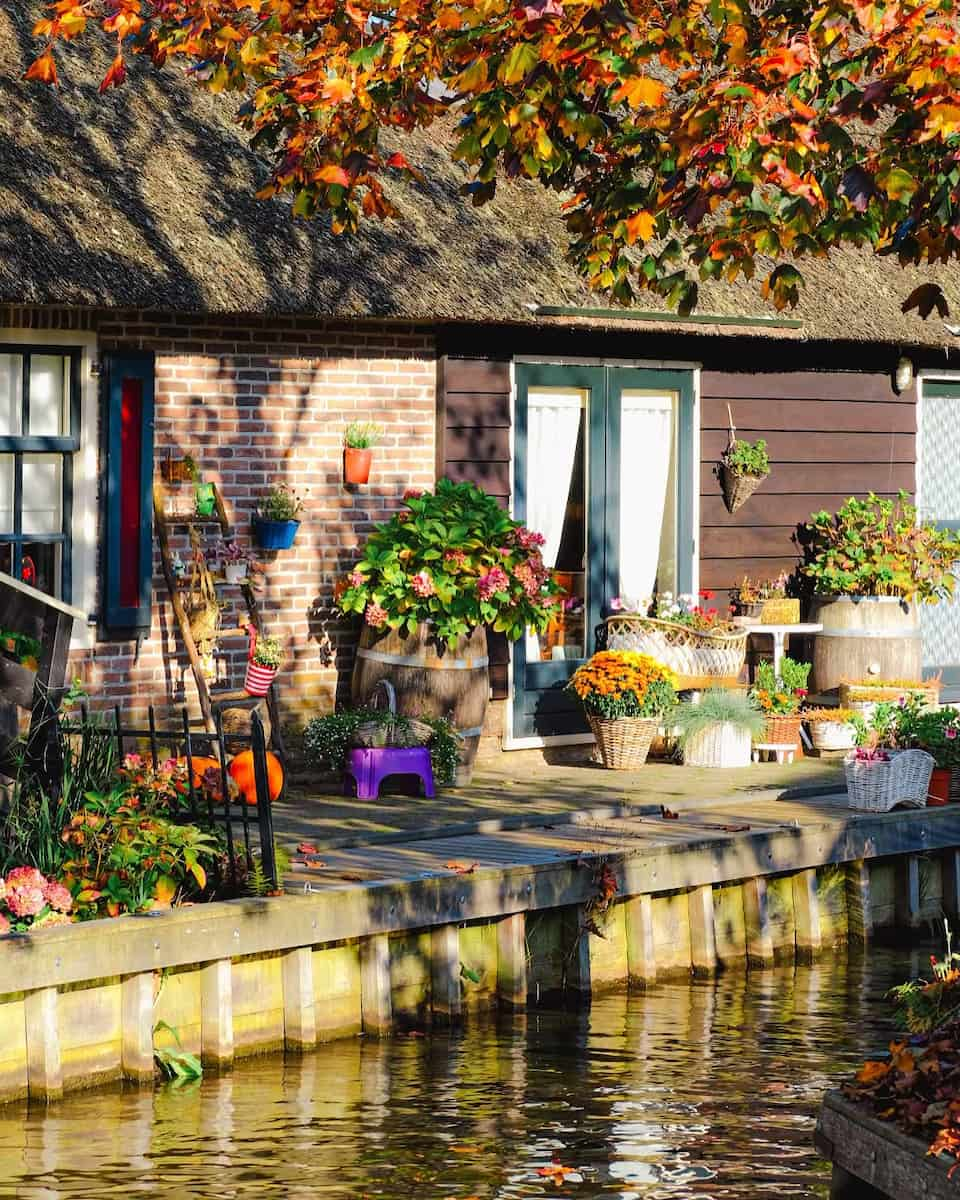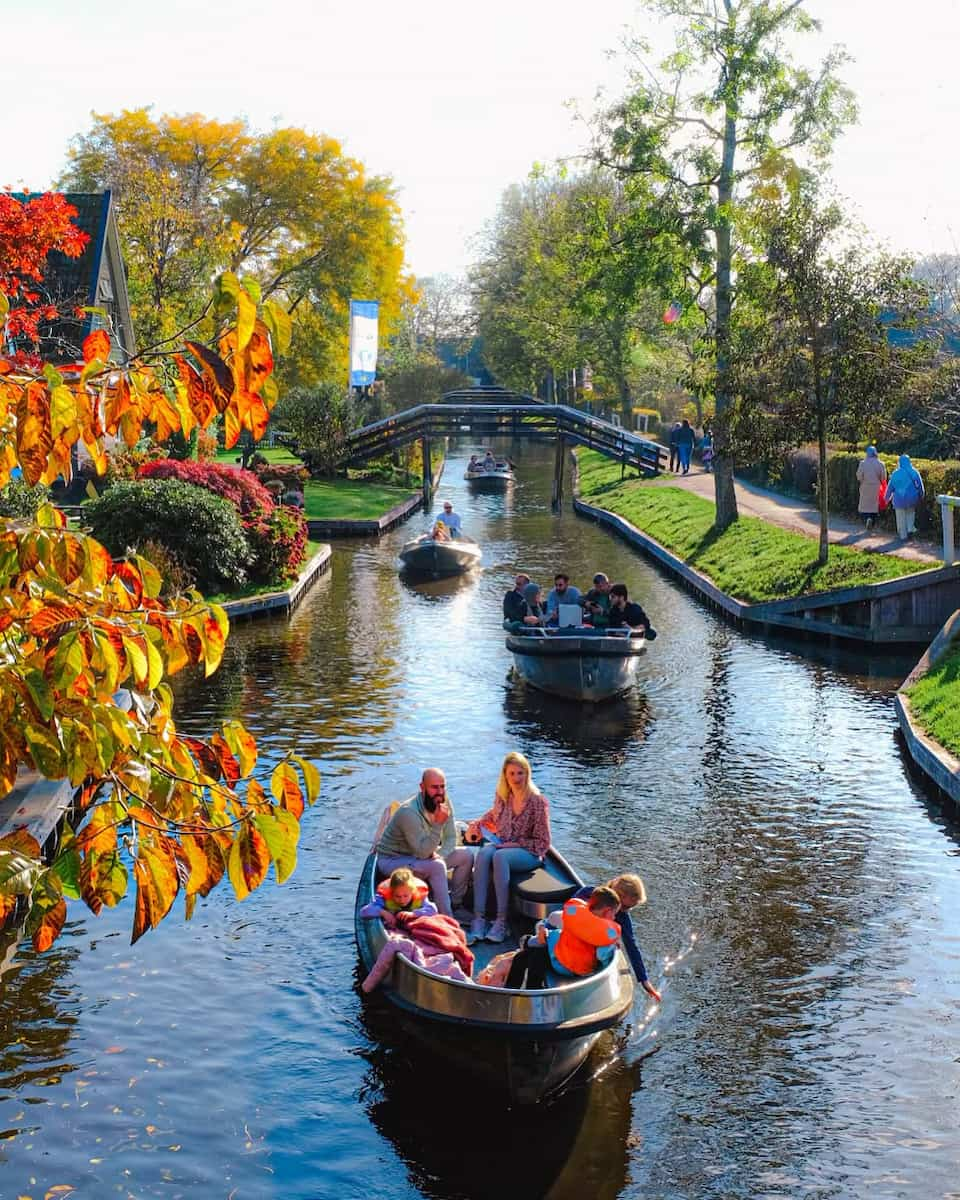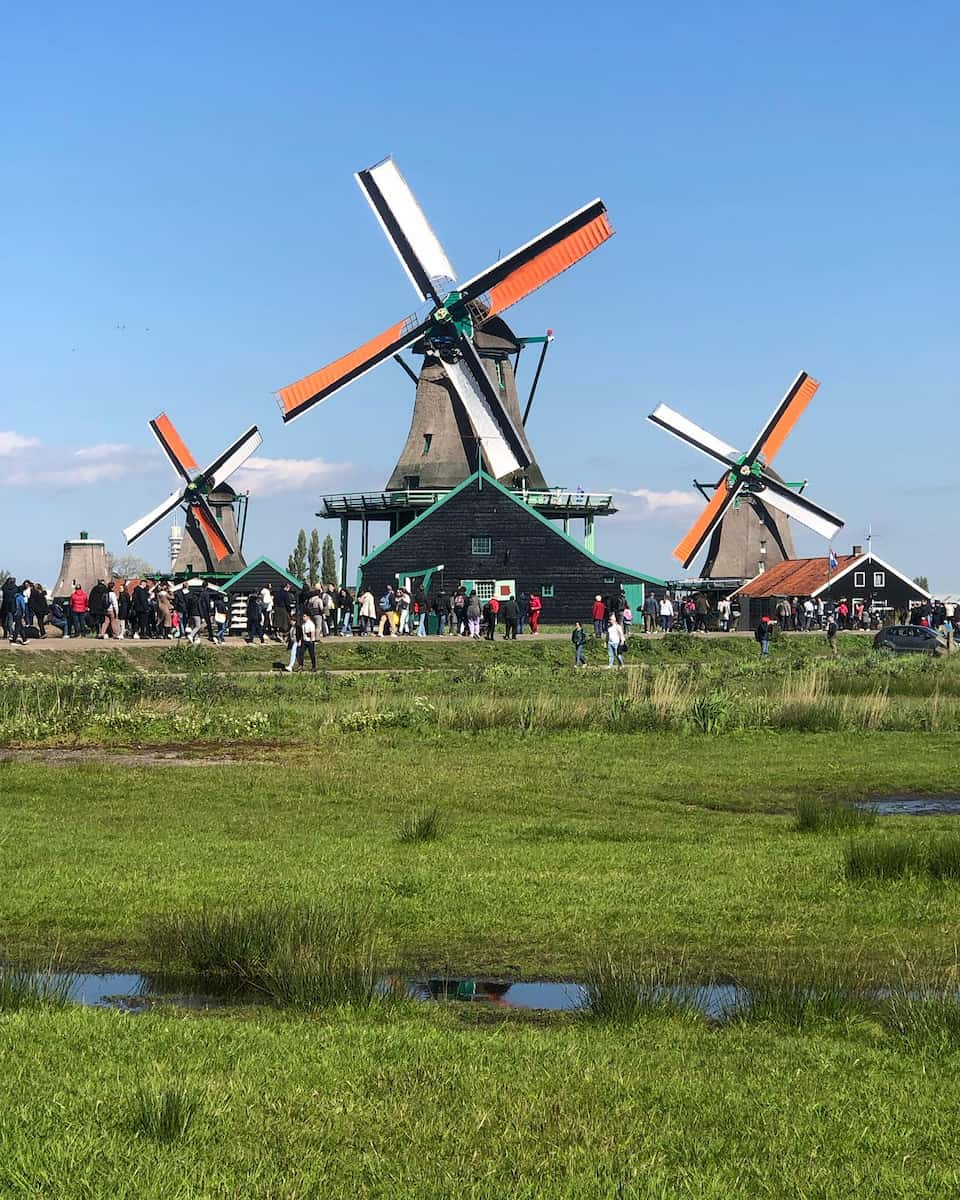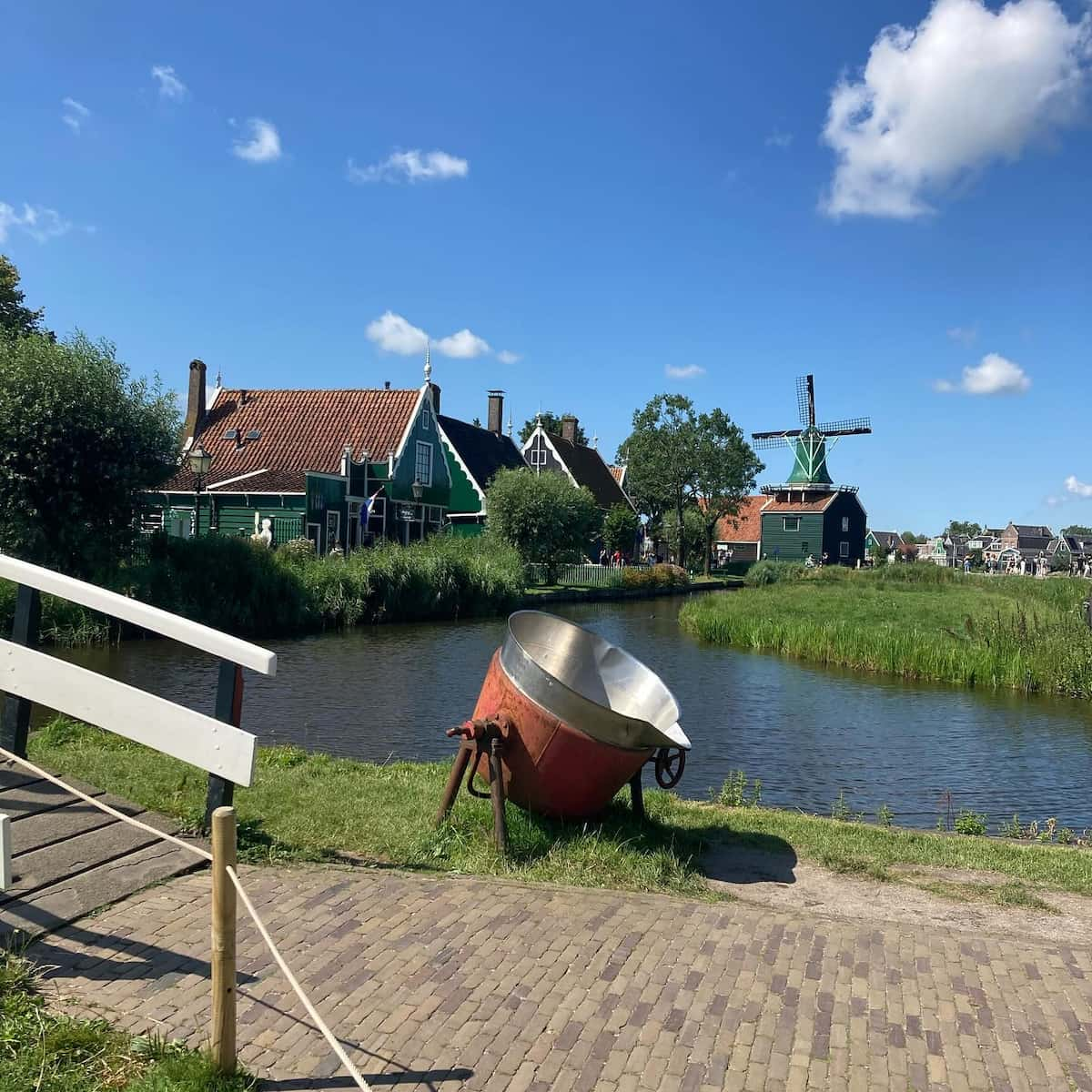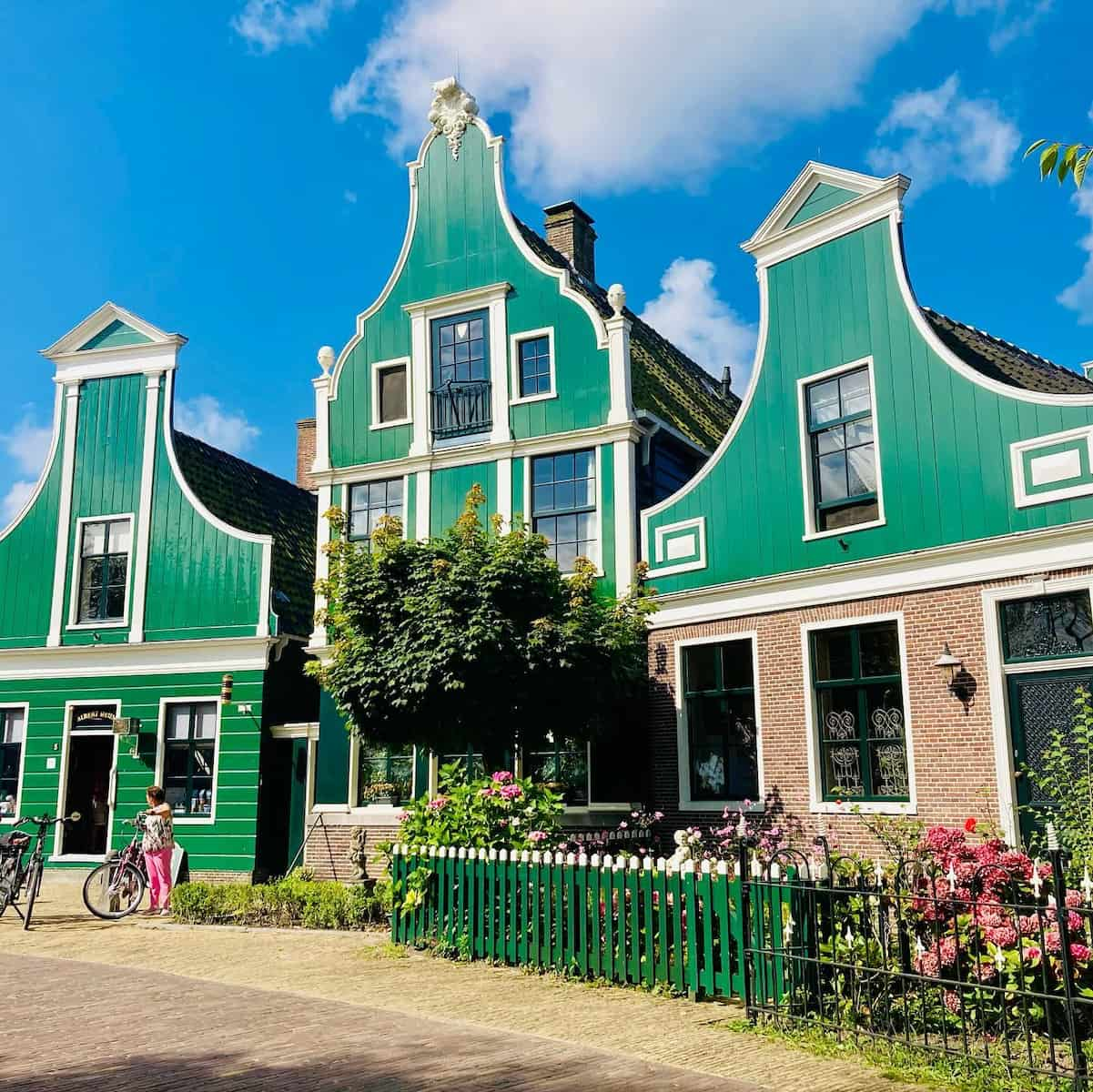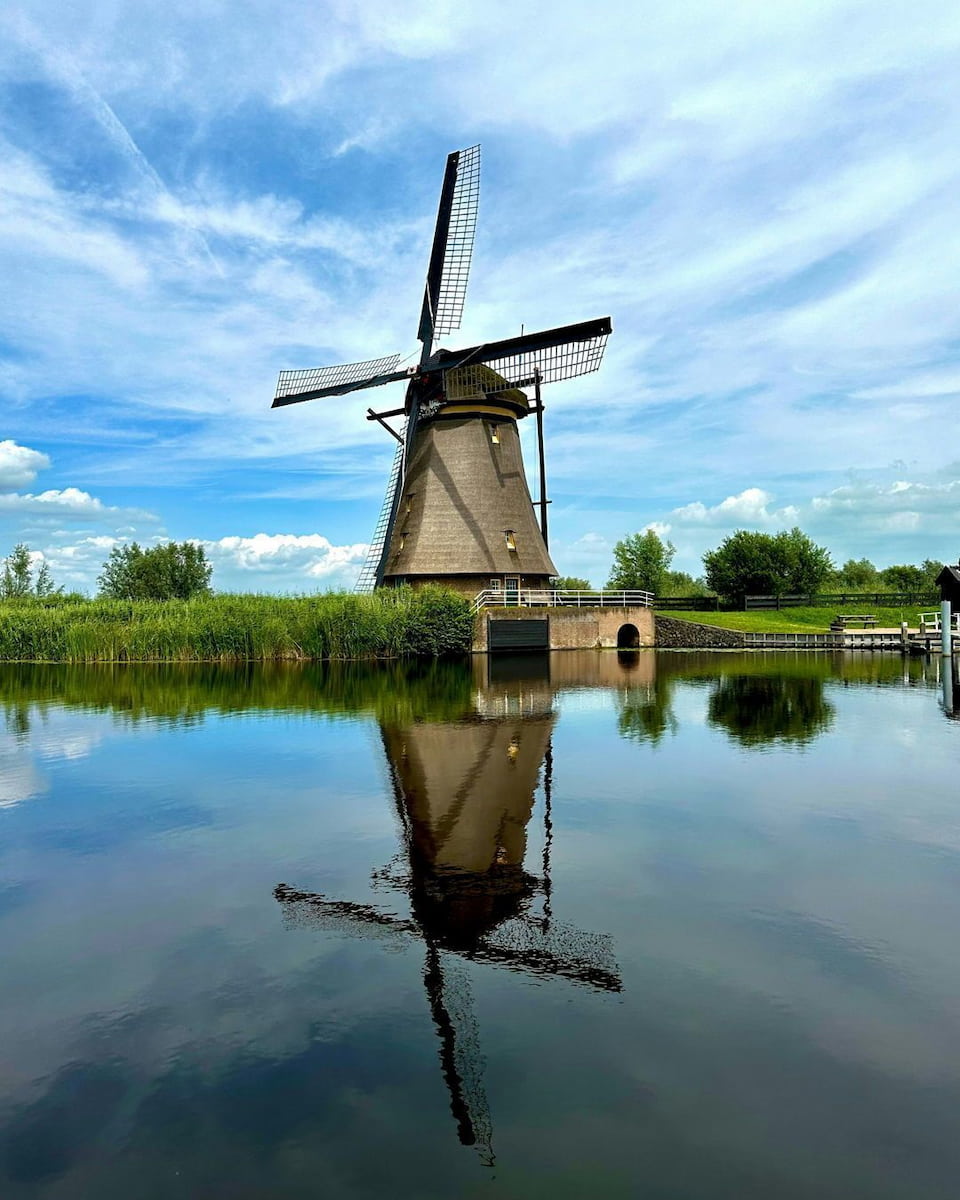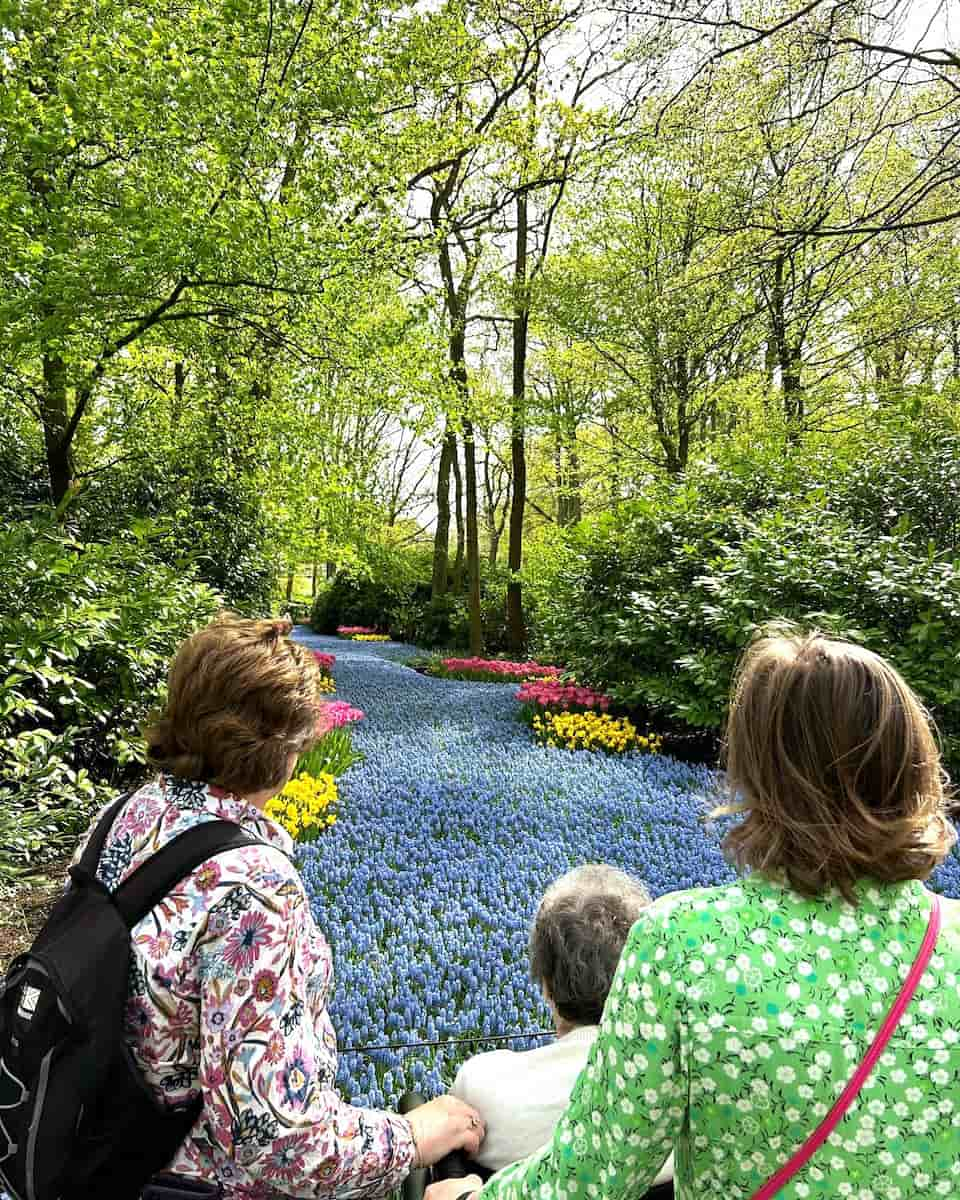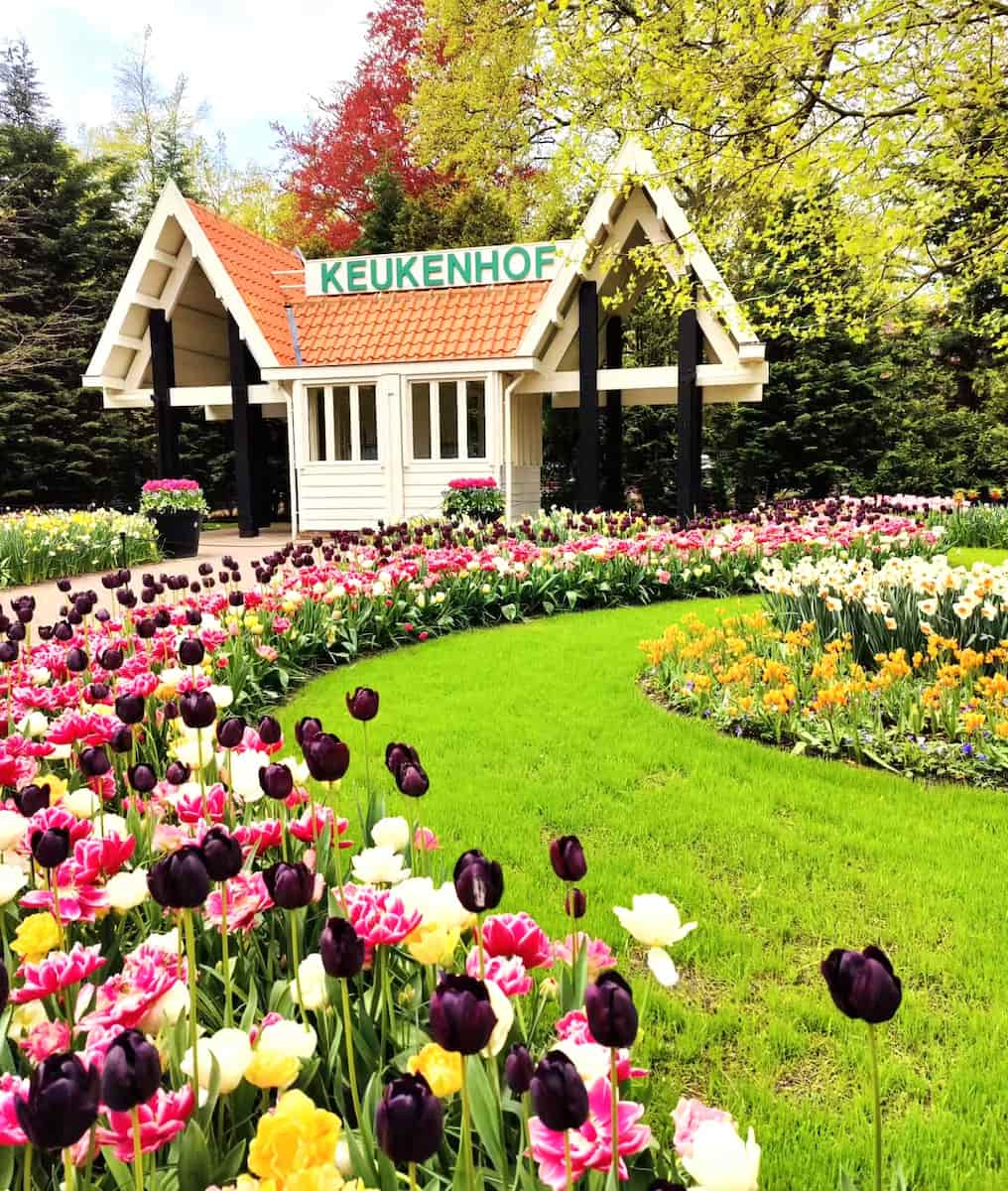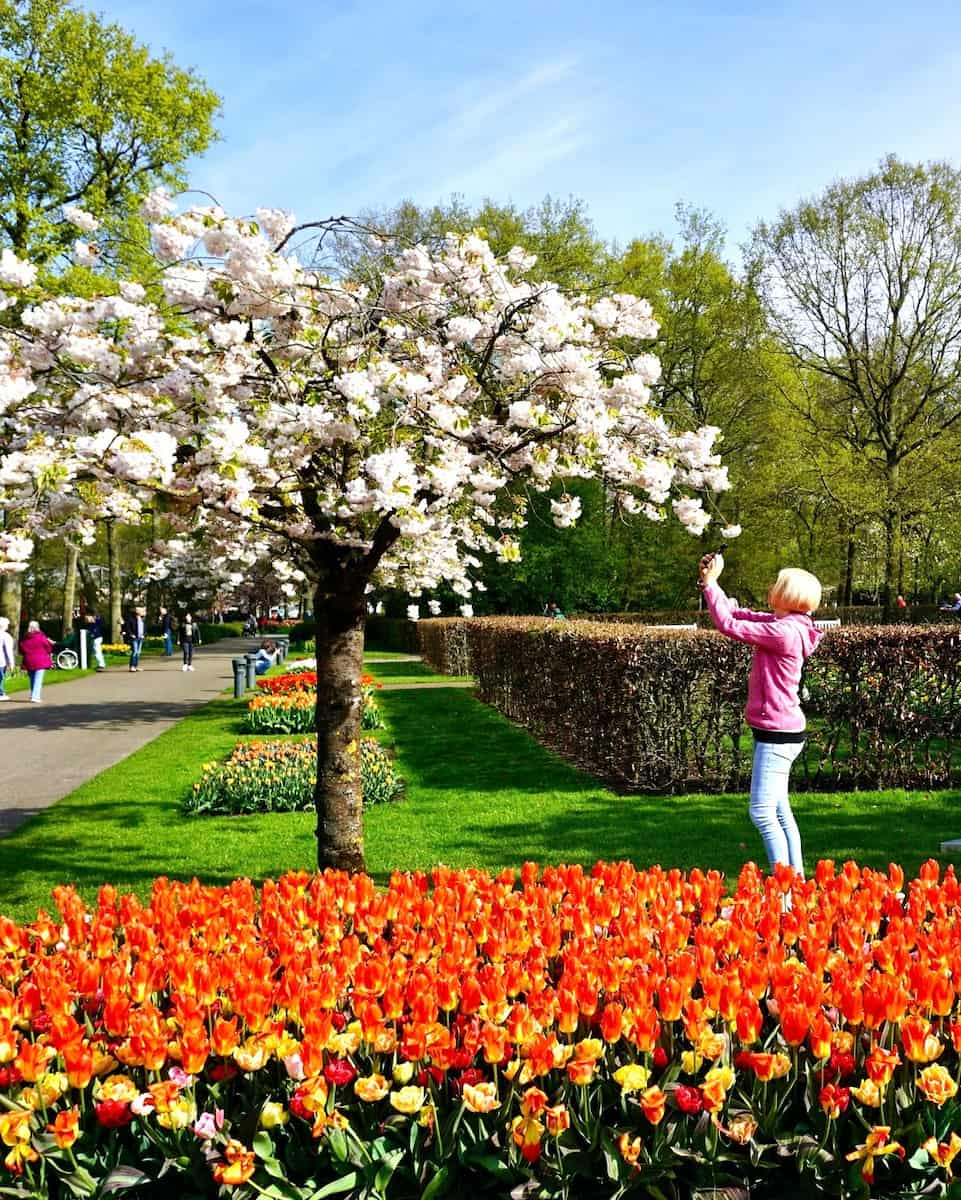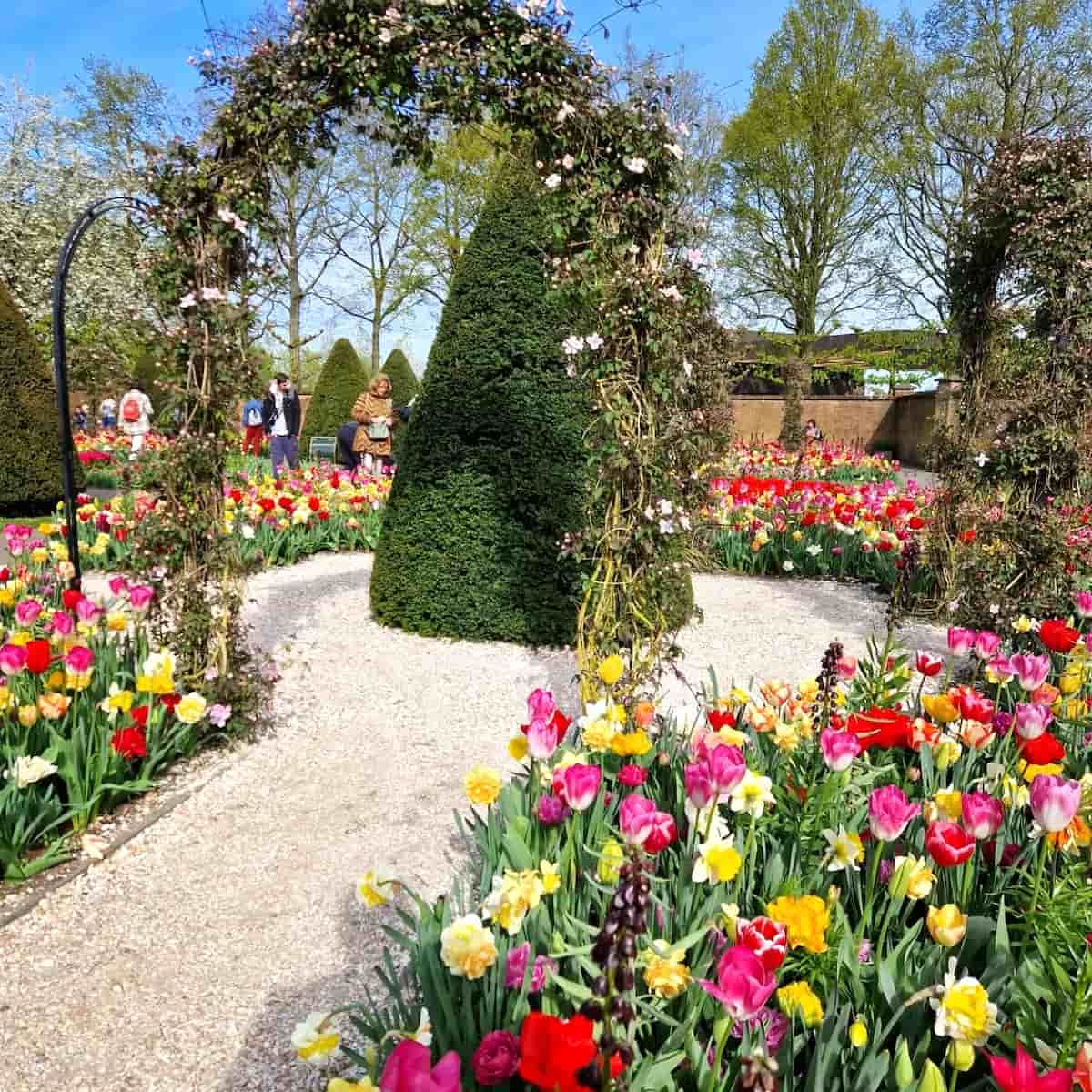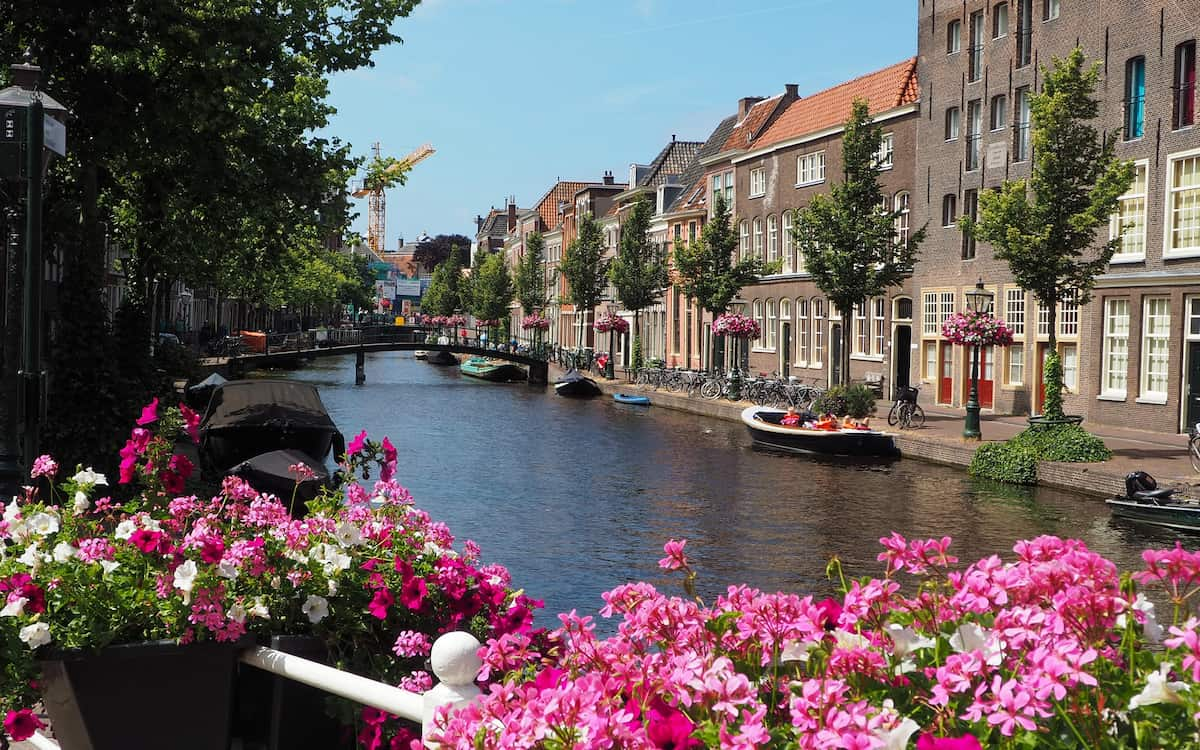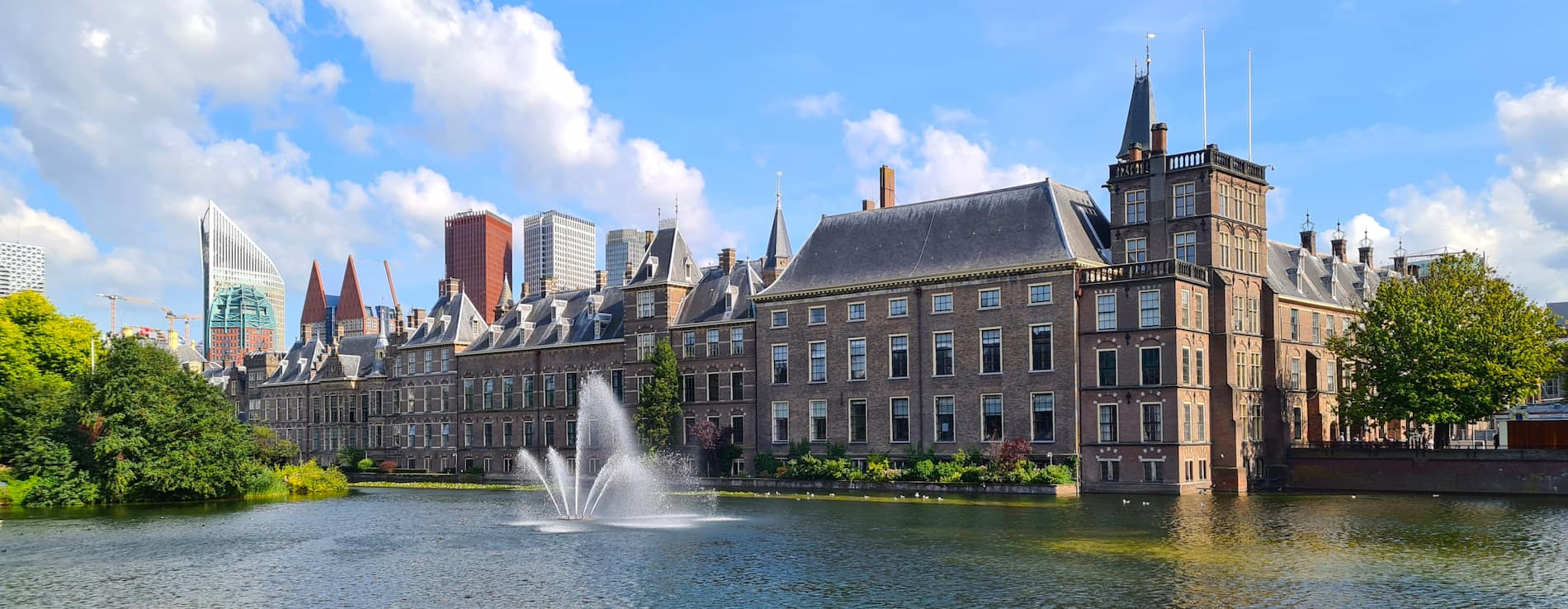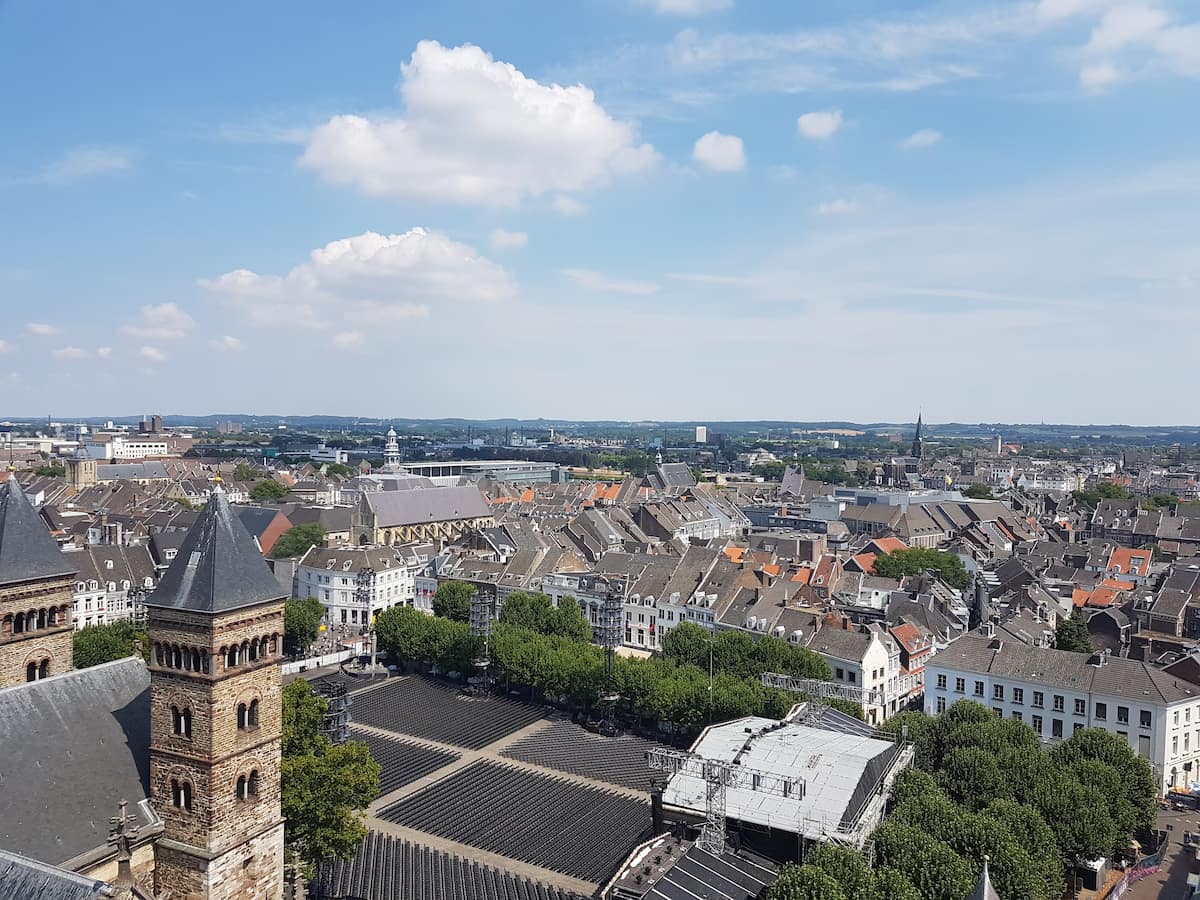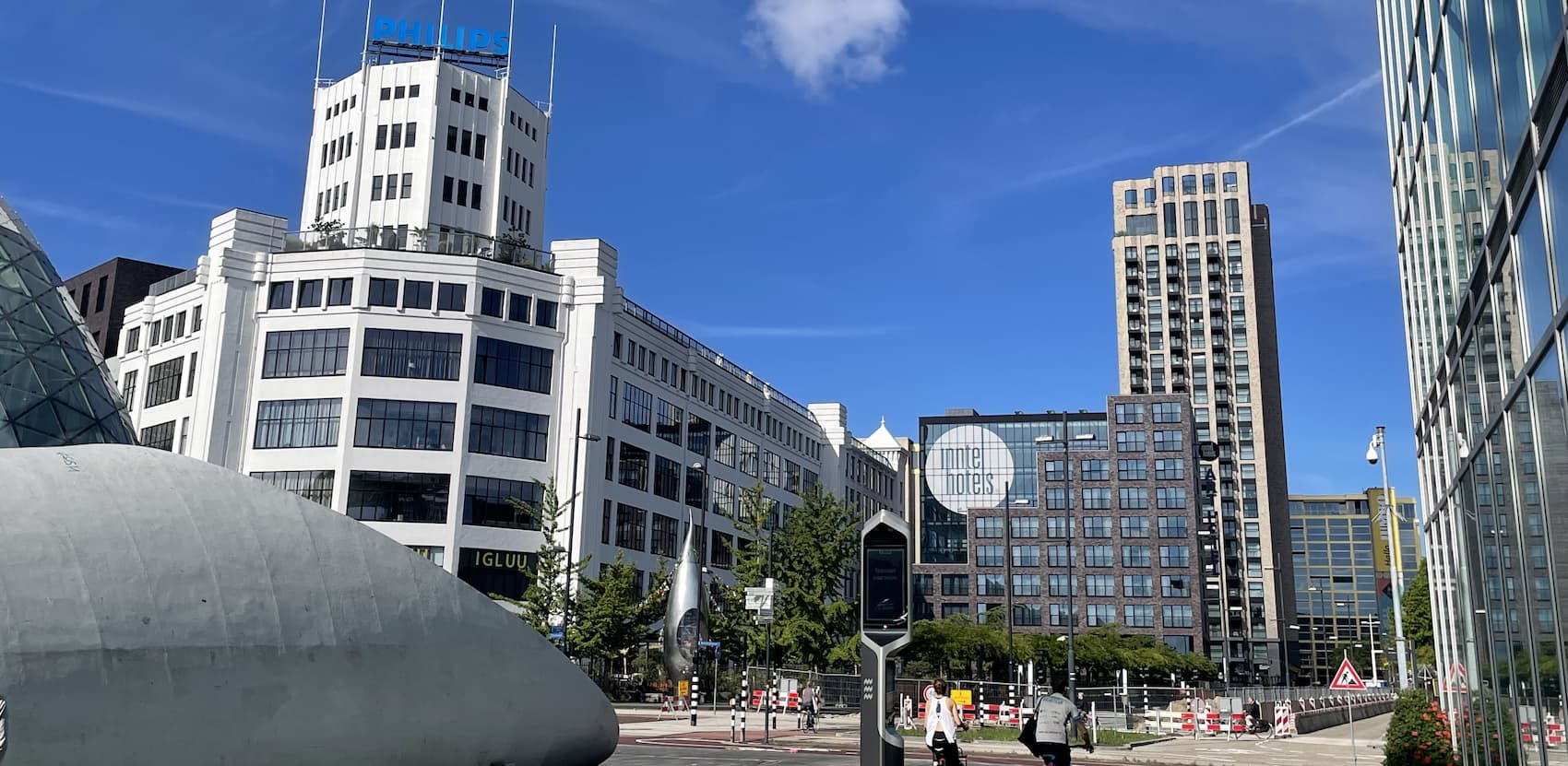Nestled in the province of Overijssel, Giethoorn captivated me from the moment I stepped into this car-free paradise of winding canals and wooden bridges. Often called the “Venice of the North,” this enchanting Dutch village offers a peaceful escape where the gentle sound of water replaces the usual urban noise.
I’ve explored countless European destinations, but nothing prepared me for the fairytale charm of Giethoorn’s thatched-roof cottages reflected in mirror-like waterways. From silent electric boat rides to hidden museums and seasonal celebrations, my adventures in this unique village revealed experiences that changed my understanding of traditional Dutch life.
🏠 Where to Stay in Giethoorn
- 🏨 4-Star: Gieters Gruttertje, Vintage stay in the village centre, Giethoorn
- 🛏️ 3-Star: Hotel Giethoorn, Giethoorn
- 💸 Cheap: The Black Sheep Hostel, Giethoorn
- 🏢 Apartment: Gieters Gruttertje, Vintage stay in the village centre, Giethoorn
- 👨👩👧👦 For Families: Hoeve Montigny B&B, Giethoorn
- 🏩 For Couples: Hotel de Pergola, Giethoorn
💁 Best Guided Tours
- Giethoorn: Highlights Canal Cruise and Sightseeing Village from € 16 (⭐5.0/5)
- Self-Guided Secrets of Giethoorn Exploration Game from € 23 (⭐4.7/5)
- Private Canal Cruise through Giethoorn from € 282 (⭐5.0/5)
- Giethoorn Private Guided Tour from € 175 (⭐4.8/5)
Best Things To Do in Giethoorn, Netherlands
1. Canal Tour by Whisper Boat
Silent exploration. Gliding through Giethoorn’s picturesque waterways on a whisper boat was the highlight of my Dutch adventure. These electric-powered vessels earned their name from their virtually silent motors, allowing me to hear birds chirping and water lapping against the thatched-roof cottages. The traditional canals, only about 80-120 cm deep, create a perfect pathway through this car-free village.
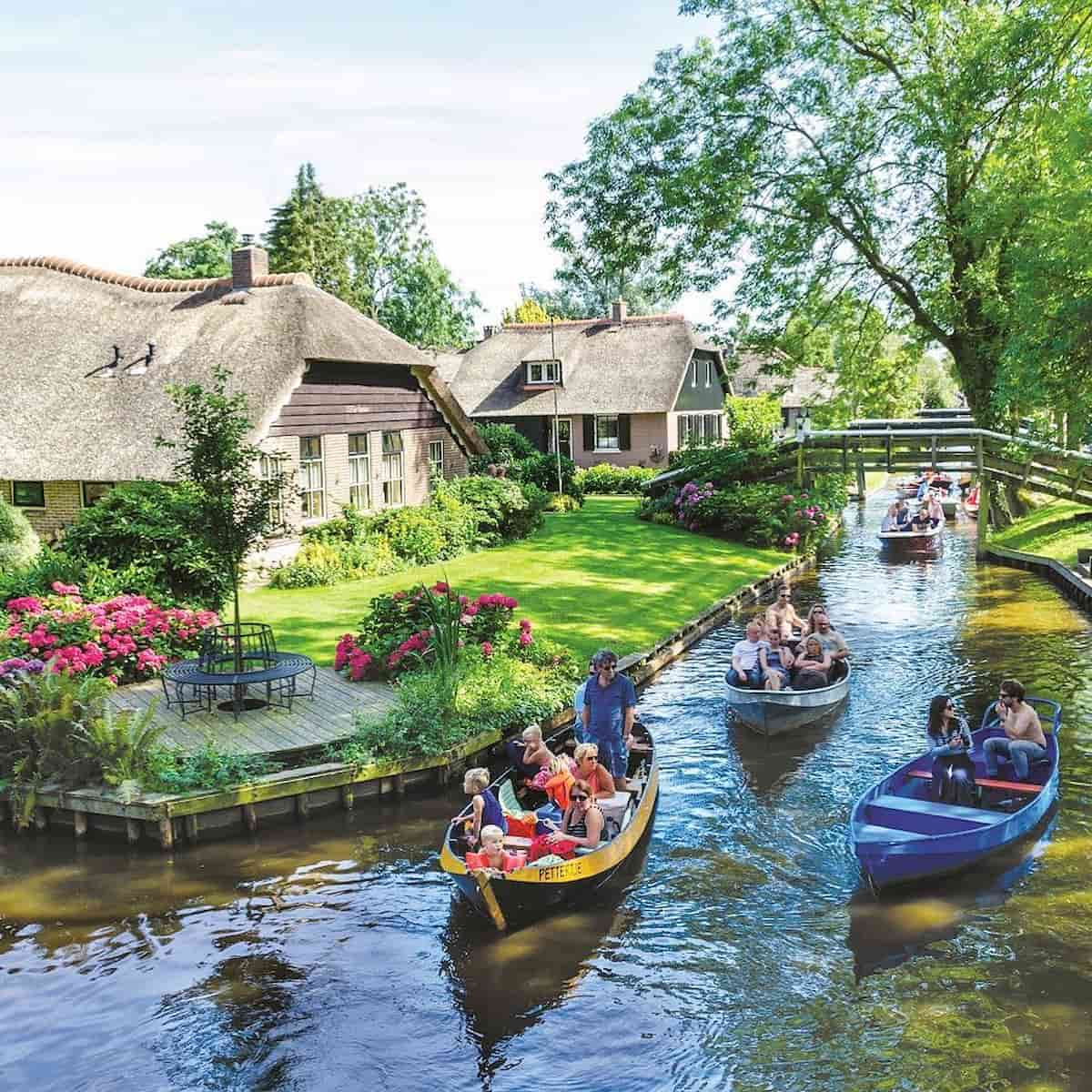
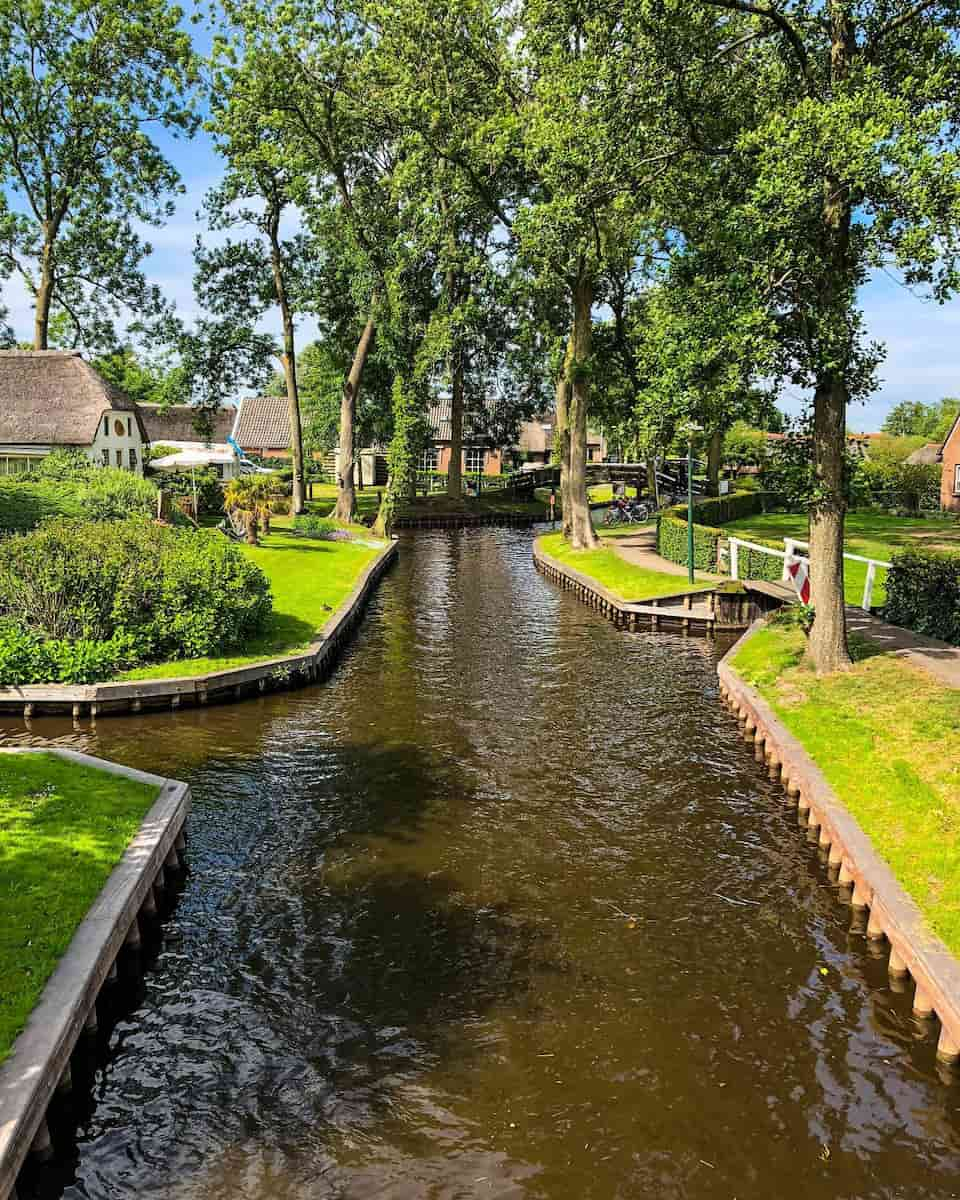
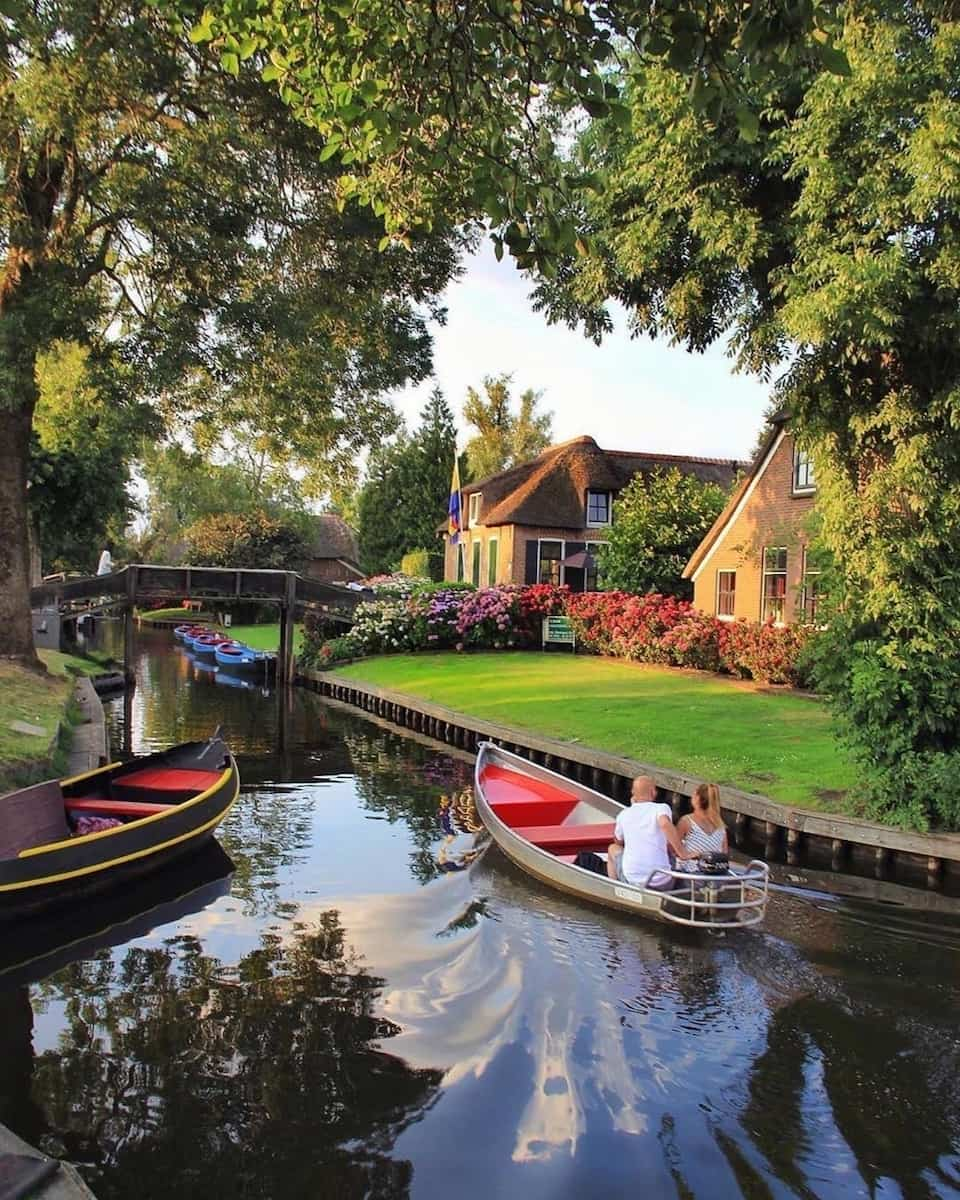
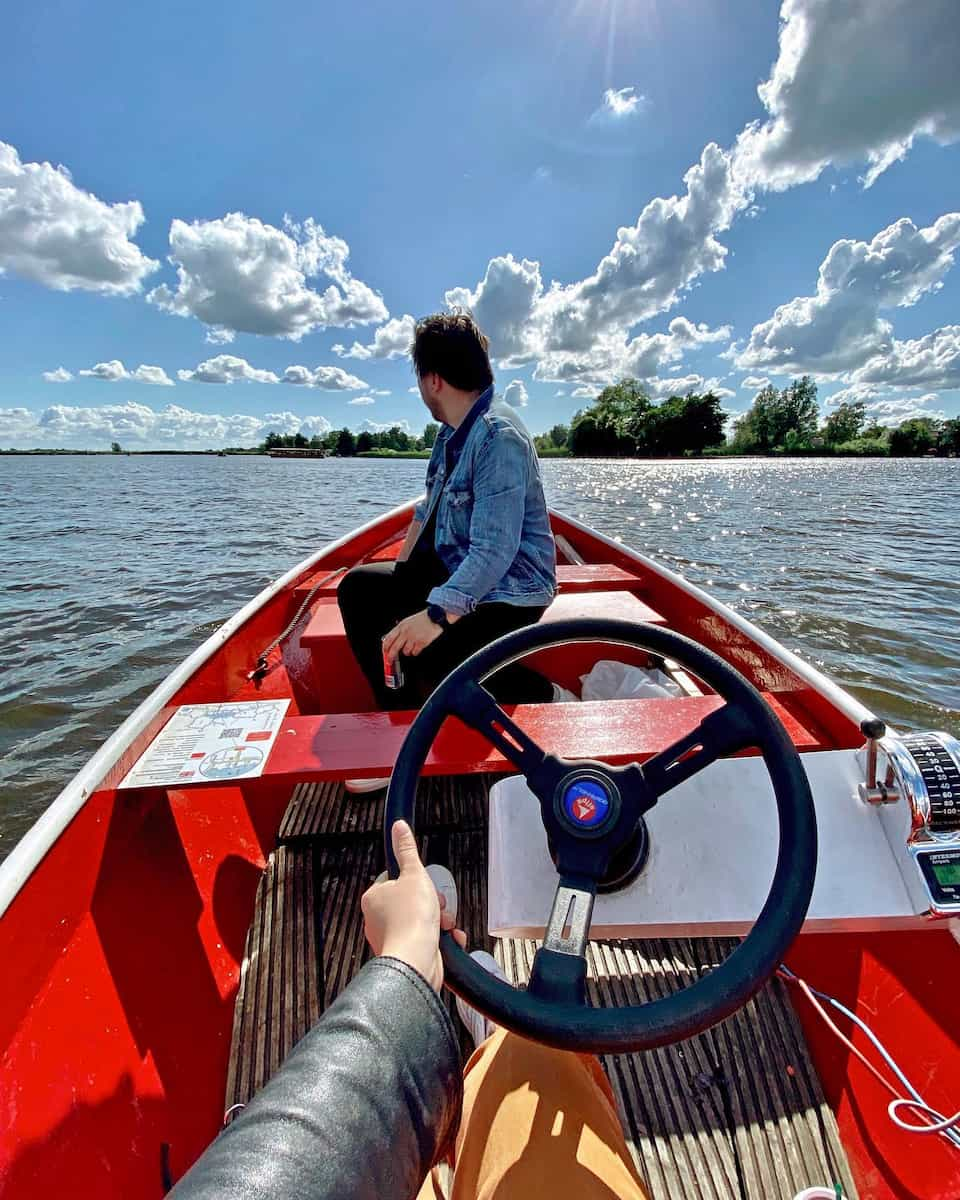
Rental options. I found several boat rental companies in the heart of Giethoorn offering different whisper boat sizes. The standard whisper boats accommodate 1-6 people, while larger electric sloops can fit up to 8 passengers. Most boats are steered using a simple motor handle that even beginners can master quickly – no boating license required!
Booking tips. Reserve your boat at least a few weeks in advance, especially during summer holidays, weekends, and Dutch holidays like Easter and Pentecost. Online booking typically saves you about €5-10 per hour compared to on-location prices.
| Boat Type | Online Price/Hour | Location Price/Hour | Capacity |
|---|---|---|---|
| Small Whisper Boat | €29.50 | €35.00 | 1-6 people |
| Electric Sloop | €39.99 | €50.00 | 1-8 people |
| 2-Person Whisper Boat | €37.50 (1.5 hours) | €60.00 (2 hours) | 2 people |
Navigation advice. Upon arrival, I received a free sailing route map and helpful instructions. My favorite route took me through Giethoorn center, then to Giethoorn-North and South, across Bovenwijde lake, and into parts of Weerribben-Wieden National Park. Remember to always sail on the right side and give tour boats priority.
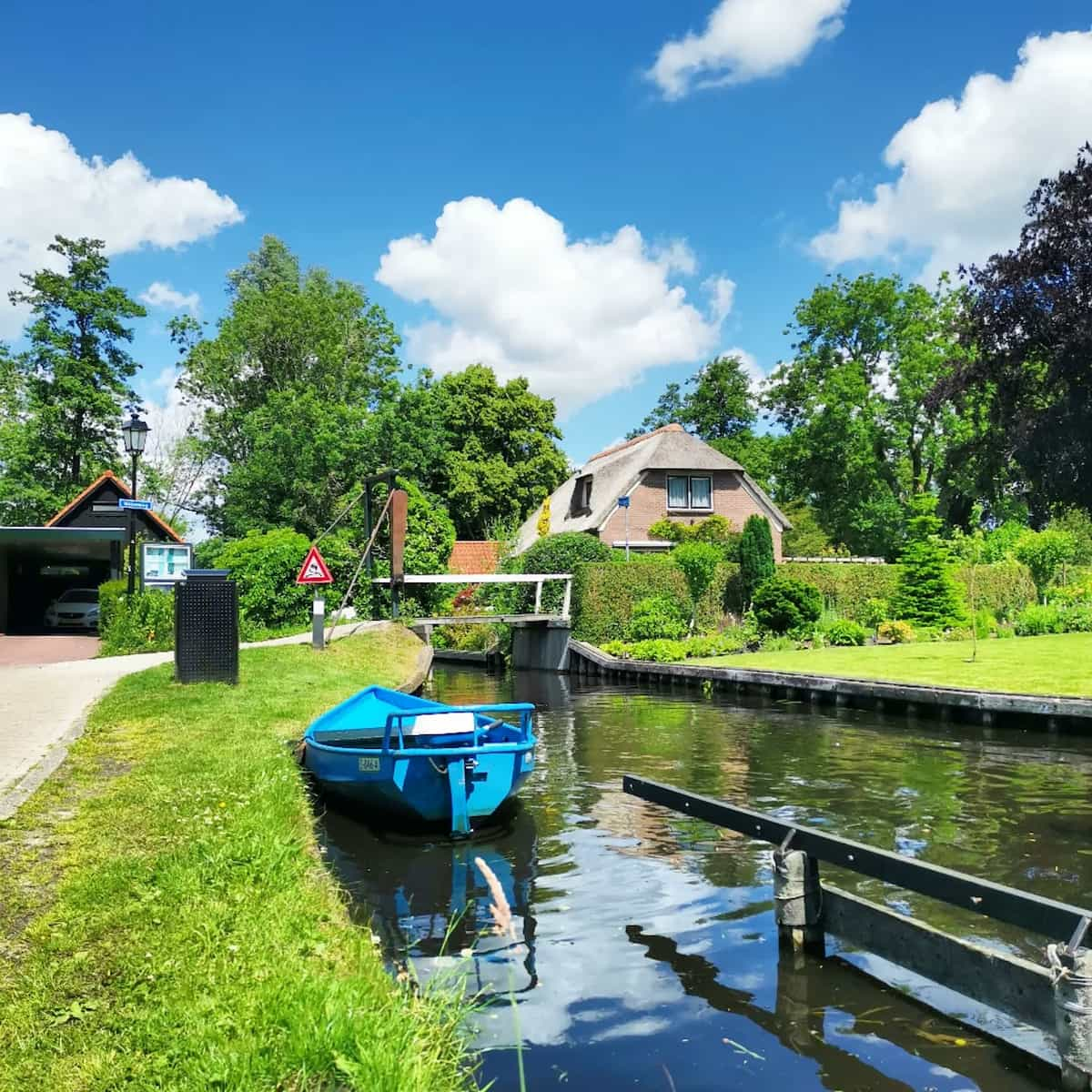
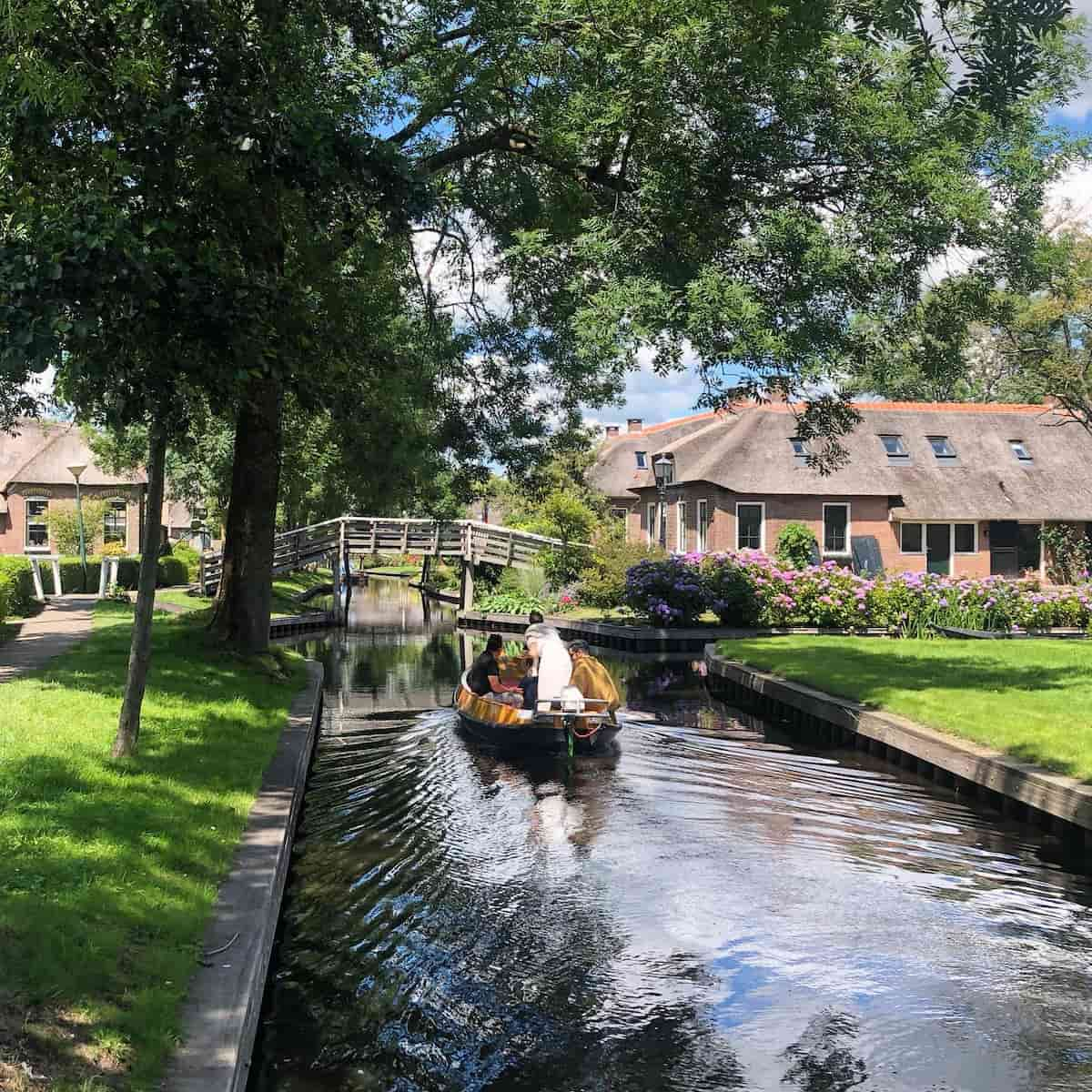
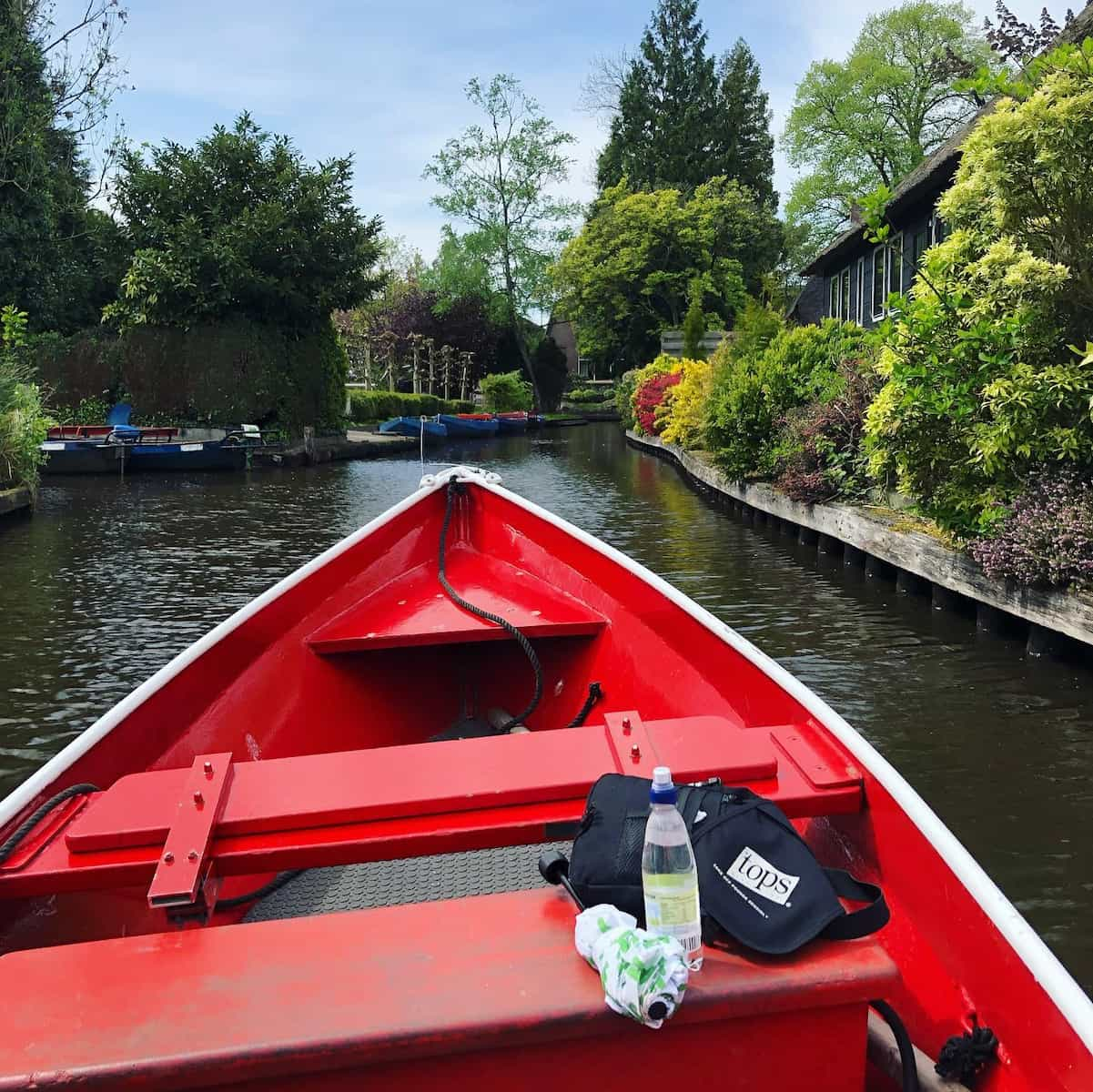
Time well spent. For a complete experience, I recommend booking for at least 2-3 hours. The standard village route takes about 1.5-2 hours, but having extra time allowed me to moor at the swimming island on Bovenwijde lake for a picnic. The best part? The batteries last all day, so you can truly explore at your own pace.
⭐ Best Tours
- Giethoorn: Highlights Canal Cruise and Sightseeing Village – Enjoy a guided canal boat cruise through Giethoorn’s picturesque waterways and explore the village at your own pace with a special map. This 2-4 hour experience combines both structured touring and independent exploration of the “Venice of the North.”
- Giethoorn: 1-Hr Private Boat Tour with Local Guide – Experience Giethoorn from the water on a heated tour boat with a knowledgeable guide who will navigate through narrow channels past bridges and traditional houses. This one-hour private tour also takes you to the lake where you can spot local wildlife including swans.
2. Binnenpad Walking Path
Scenic strolls. The Binnenpad walking path became my favorite way to explore Giethoorn on foot. This charming footpath runs parallel to the main canal, connecting the village’s northern and southern sections through a series of picturesque wooden bridges. I counted over 180 bridges during my walk, each offering a unique vantage point for photos.
Authentic architecture. Walking the Binnenpad, I found myself mesmerized by the traditional thatched-roof farmhouses dating back to the 18th and 19th centuries. Many homes feature meticulously maintained gardens with colorful flower displays that change with the seasons. The absence of roads creates a peaceful atmosphere unlike anywhere else I’ve visited.
Photography spots. I discovered that the best photo locations along the Binnenpad are near the central area where multiple canals intersect. The wooden footbridges near Smit Giethoorn restaurant provided stunning compositions of boats passing beneath arched bridges with farmhouses in the background.
Best Binnenpad photo spots:
- The triple-arch bridge near the village center
- The flower-lined canal section by the Baptist Church
- The narrow passage between thatched cottages at Binnenpad 52
- The willow tree bend where multiple canals meet
- The historic drawbridge at the southern entrance
Practical tips. The complete Binnenpad walk takes about 1-1.5 hours at a leisurely pace. Wear comfortable shoes as some sections have uneven cobblestones. The path is free to access and open year-round, though I’d recommend visiting on weekdays before 10 AM to avoid tour groups.
3. Cycling in Weerribben-Wieden National Park
Natural wonders. Renting a bicycle in Giethoorn opened up the spectacular Weerribben-Wieden National Park to me. This largest lowland bog in Western Europe features a stunning landscape of lakes, reed beds, and peatlands teeming with wildlife. The cycling paths are well-maintained and clearly marked, making navigation simple even for casual cyclists.
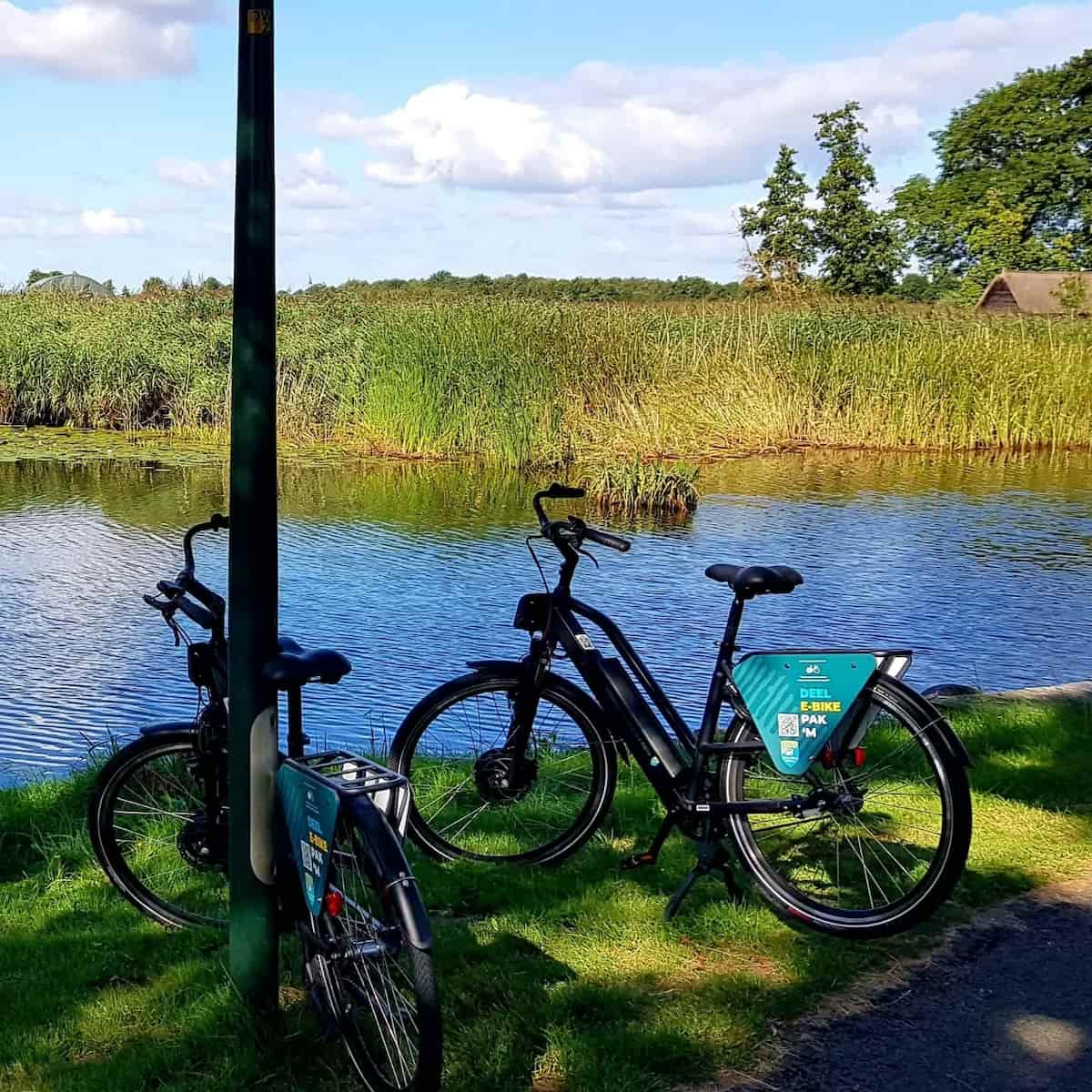
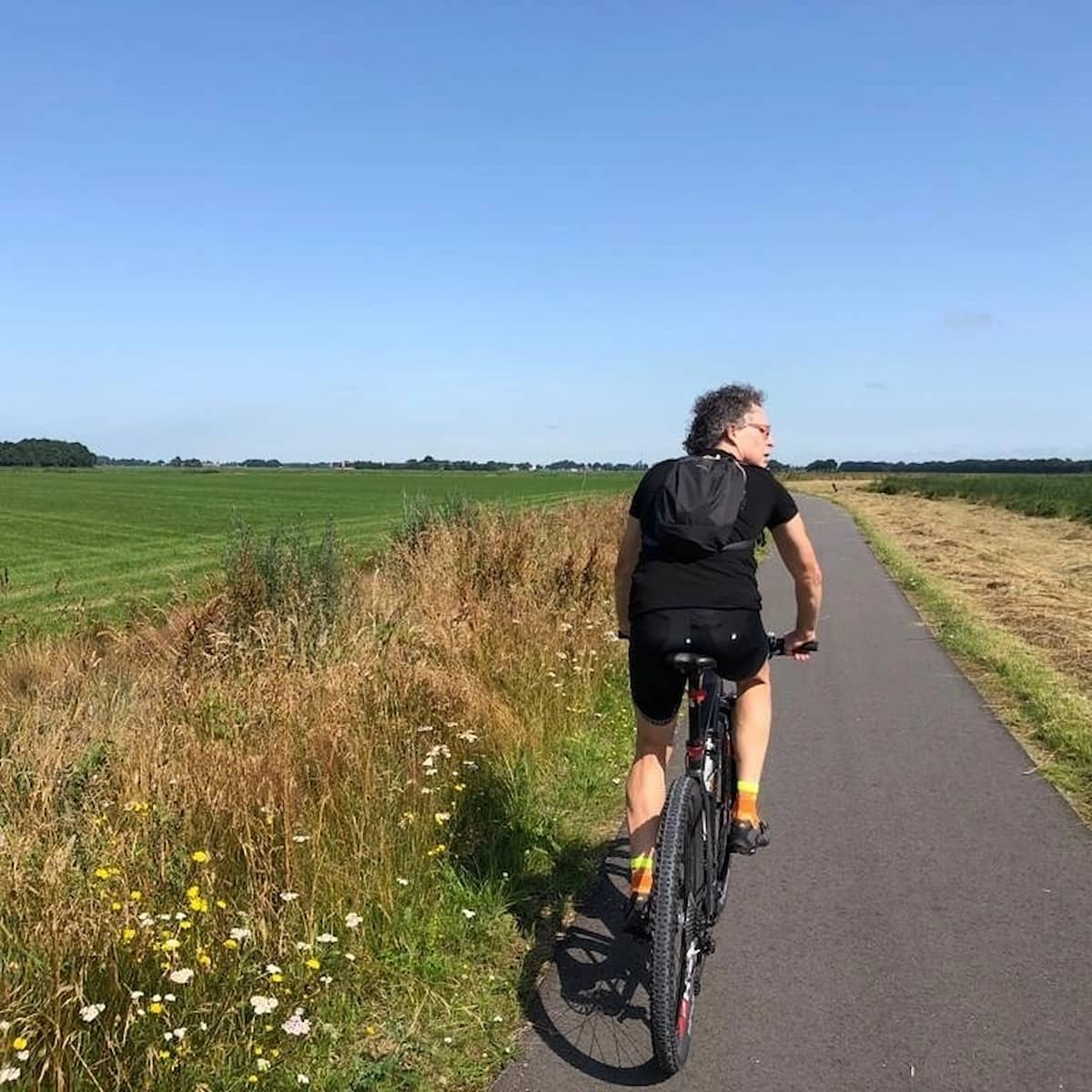
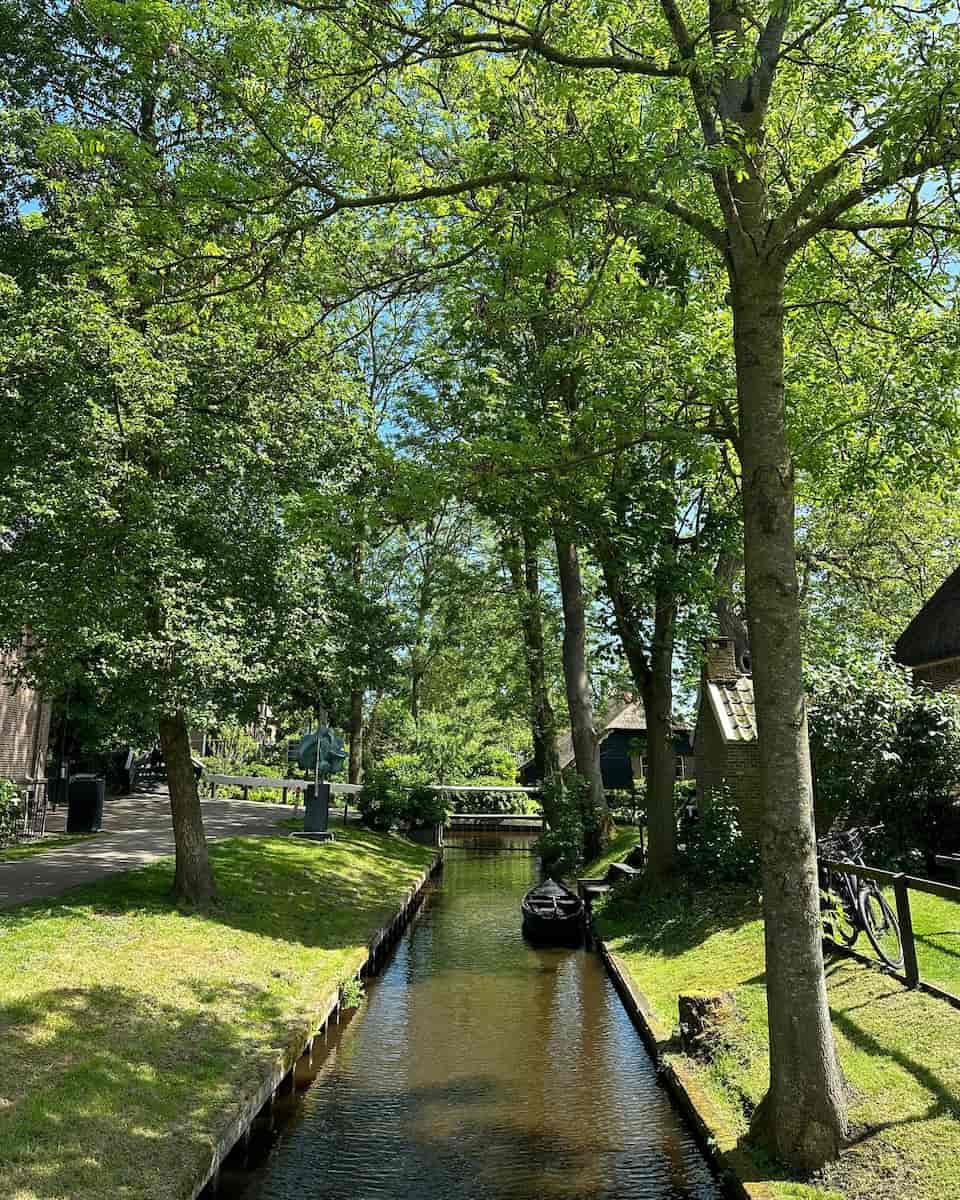
Rental convenience. Several shops in Giethoorn offer bicycle rentals, with prices ranging from €8.50-€12.50 per day for standard bikes. Electric bikes cost €25-€30 daily and are worth considering if you plan to explore the entire park.
| Bike Type | Daily Rate | Half-Day Rate | Deposit Required |
|---|---|---|---|
| Standard Bike | €10.50 | €7.50 | €50 |
| Child Bike | €8.50 | €6.00 | €50 |
| Electric Bike | €27.50 | €17.50 | €100 |
| Tandem | €20.00 | €15.00 | €100 |
Wildlife encounters. Cycling through the park, I spotted purple herons, marsh harriers, and even a beaver swimming across a quiet canal. The diverse habitats support over 100 bird species, making it a paradise for birdwatchers. I recommend bringing binoculars if you’re interested in wildlife spotting.
Must-see stops along cycling routes:
- De Wieden observation tower for panoramic wetland views
- Kalenberg village with its traditional reed-cutters’ cottages
- The floating gardens near Dwarsgracht
- Ossenzijl Visitor Center with interactive exhibits
- The historic harbor of Blokzijl with 17th-century warehouses
Seasonal beauty. The park transforms dramatically with the seasons – spring brings wildflowers and nesting birds, summer offers perfect swimming spots in the lakes, autumn creates stunning golden reed landscapes, and winter occasionally freezes the canals for ice skating adventures.
⭐ Best Activities
- Giethoorn Canal Cruise Through Village and National Park – Discover the enchanting village of Giethoorn and its surrounding natural beauty on this comprehensive canal cruise that takes you through both the historic village center and parts of the Weerribben-Wieden National Park.
4. Museum Giethoorn ‘t Olde Maat Uus
Living history. Stepping into the museum transported me back to the 1800s when peat harvesting shaped this unique village. The museum occupies an authentic farmhouse with its original thatched roof and period furnishings. I was fascinated by the detailed recreation of traditional Giethoorn life.
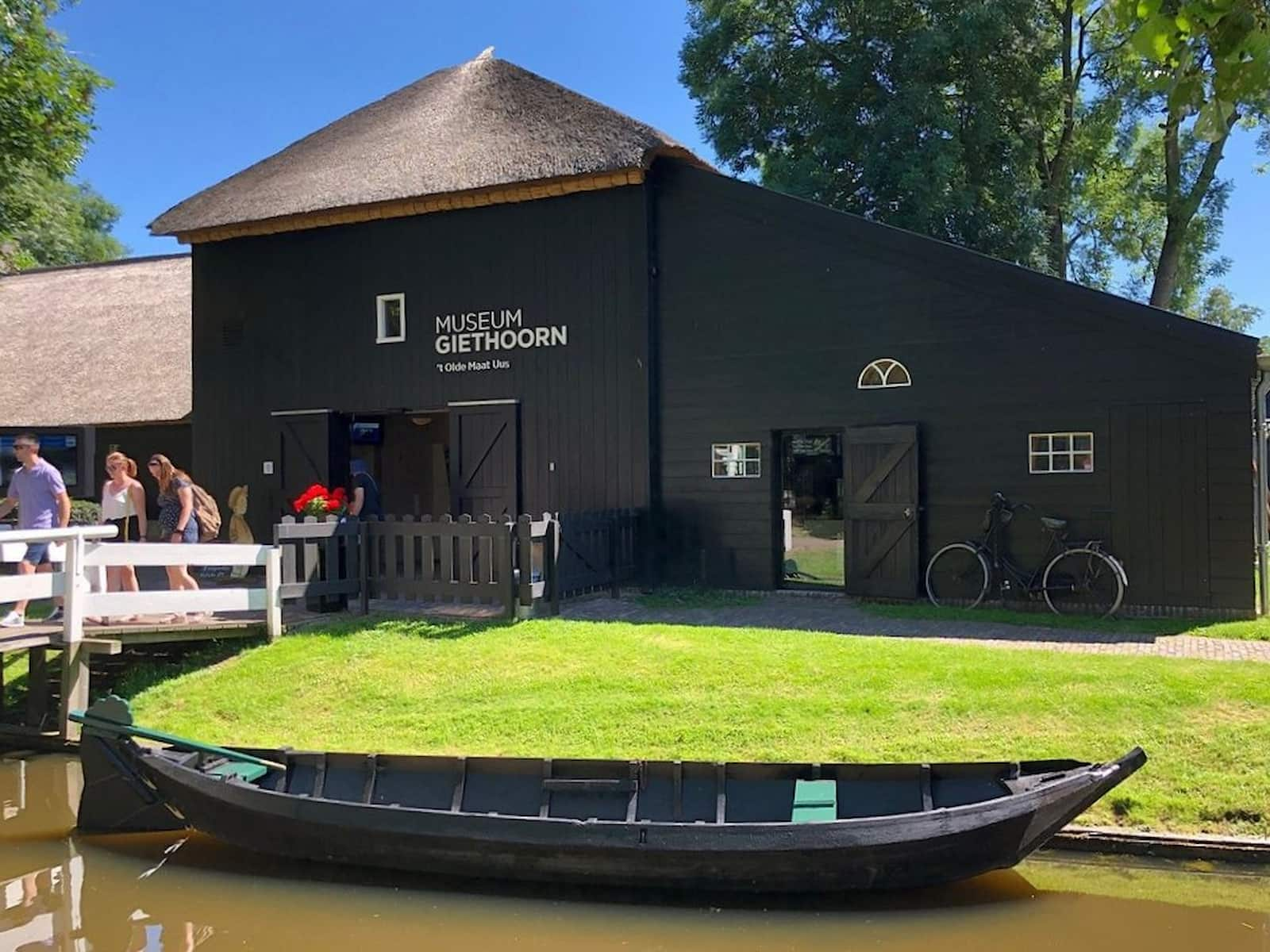
Interactive exhibits. Unlike many stuffy museums, this one encourages visitors to touch and interact with many displays. I tried on traditional Dutch costumes, practiced peat cutting techniques, and even attempted to make a small section of thatched roofing. These hands-on experiences made the history come alive.
| Exhibit | Description | Interactive Element |
|---|---|---|
| Farmhouse Kitchen | Reconstructed 1870s kitchen | Try butter churning |
| Peat Harvesting | Tools and techniques display | Practice cutting techniques |
| Traditional Costumes | Regional Dutch clothing | Try on authentic replicas |
| Ice Skating History | Winter transportation | Test antique skates |
| Boat Building | Punter construction methods | Handle traditional tools |
Authentic artifacts. The museum houses an impressive collection of original tools, household items, and furniture that tell the story of Giethoorn’s development. The most interesting display for me was the collection of ice skating equipment, highlighting the importance of frozen canals for winter transportation and recreation.
Practical information. Admission costs €6.50 for adults and €4.50 for children (4-12 years). The museum is open daily from 10:00 to 17:00 during high season (April-October) and has reduced hours during winter months. Audio guides are available in multiple languages for an additional €2.
Local insights. The friendly museum staff, many of whom are Giethoorn natives, shared fascinating stories about village traditions. I learned that the museum’s name refers to the old measurement (“maat”) of peat that determined the size of houses (“uus”) in the region.
5. De Oude Aarde Gemstone Museum
Geological treasures. De Oude Aarde (The Old Earth) surprised me with its extraordinary collection of gemstones, crystals, and minerals from around the world. This compact museum houses over 700 specimens, including massive amethyst geodes taller than me and delicate crystal formations that seemed to defy physics.
Glowing displays. The most memorable part of my visit was the special UV light room where ordinary-looking rocks transformed into fluorescent masterpieces glowing in vibrant greens, pinks, and blues. The museum’s lighting is expertly designed to showcase each specimen’s unique properties.
Educational journey. Interactive displays explained how different gems form within the earth and how they’ve been used throughout human history. I particularly enjoyed learning about the folklore and healing properties attributed to various stones across different cultures.
Most impressive specimens in the collection:
- The 1.5-meter tall Brazilian amethyst geode
- Rare blue amber from the Dominican Republic
- Fluorescent willemite from New Jersey
- 300-million-year-old fossilized ferns in coal
- The meteorite collection with specimens from Mars
Shopping opportunity. The museum includes a well-stocked gem shop where I found everything from affordable polished stones (starting at €2-5) to high-end jewelry and large specimen pieces (€100-500+). Each item comes with information about its origin and composition.
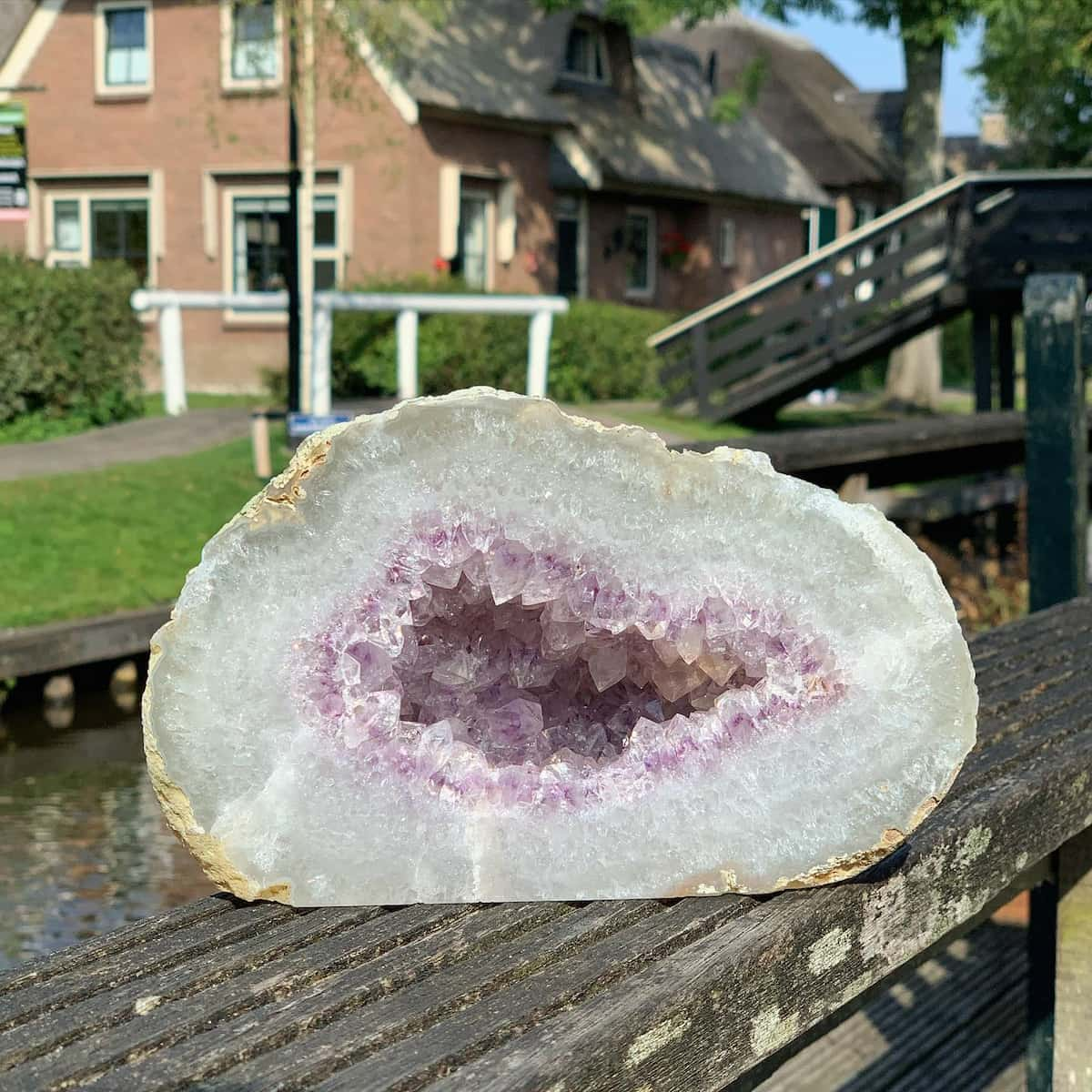
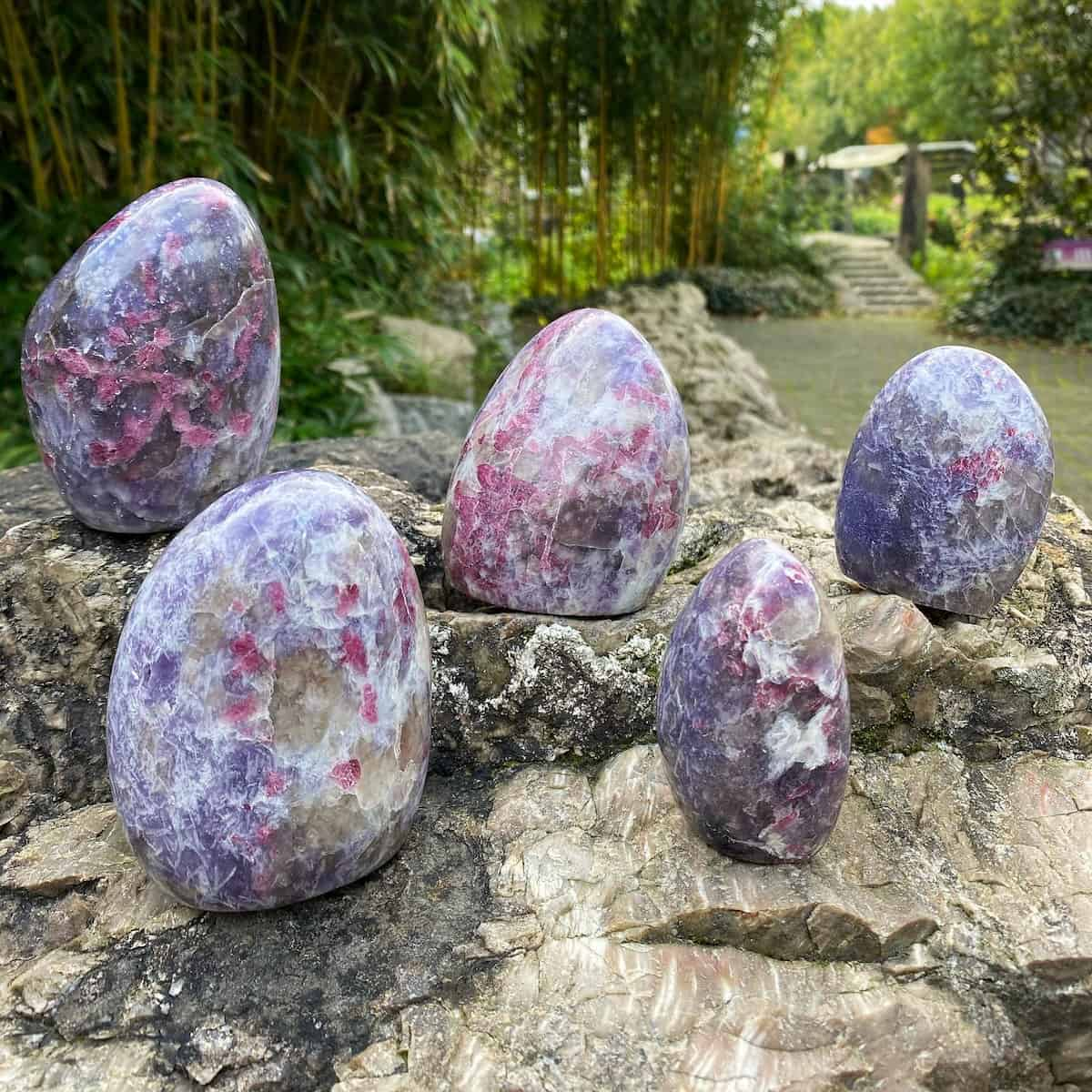
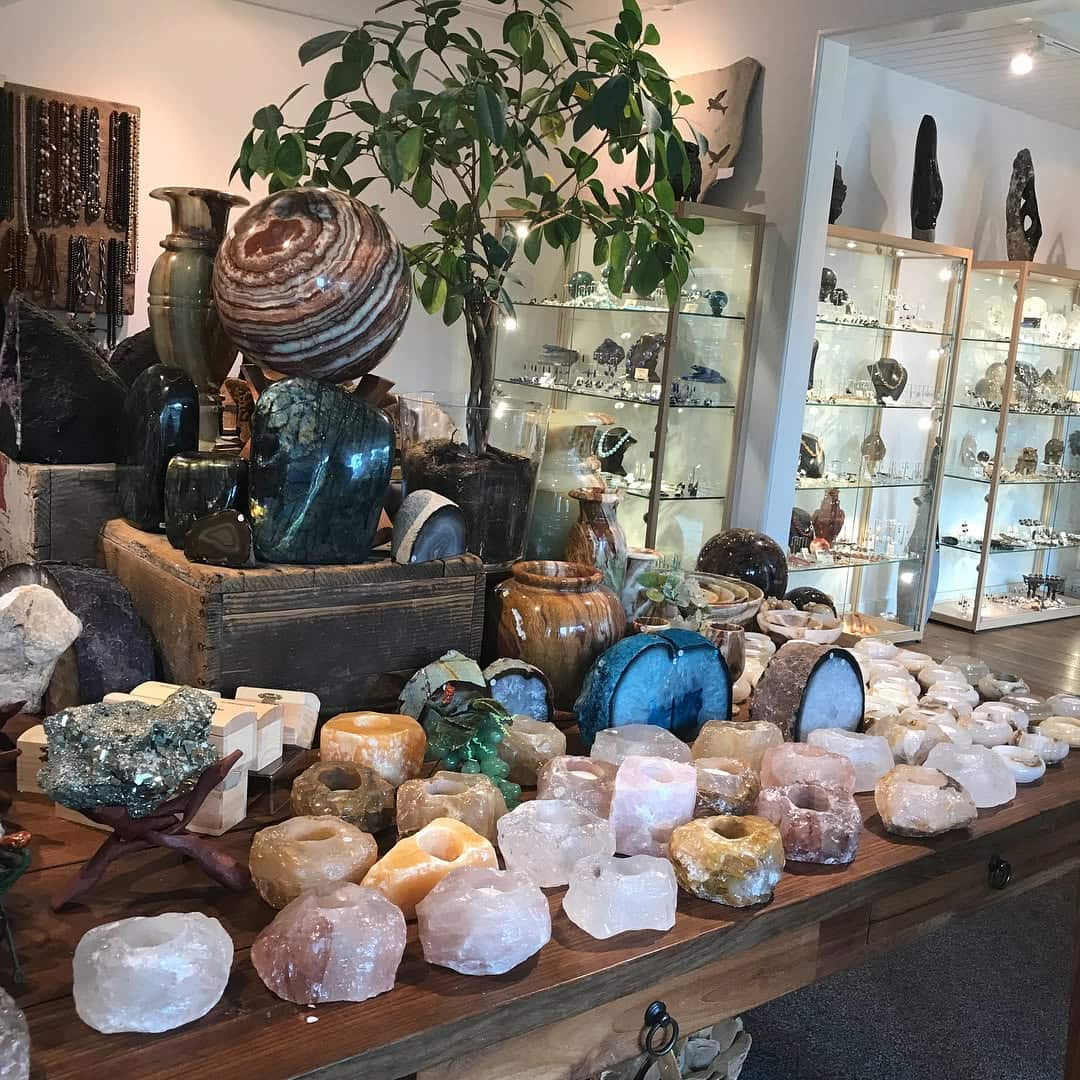
Visitor details. Admission costs €6.00 for adults and €4.00 for children under 12. The museum is open daily from 10:00 to 17:30 during summer and has slightly reduced hours in winter. Allow about 45-60 minutes for a thorough visit.
6. Histomobil Vintage Cars Museum
Automotive nostalgia. Histomobil caught me by surprise in this car-free village – a charming collection of vintage automobiles, motorcycles, and bicycles housed in a converted farm building. The contrast between these mechanical marvels and Giethoorn’s traditional boat transportation created an interesting juxtaposition.
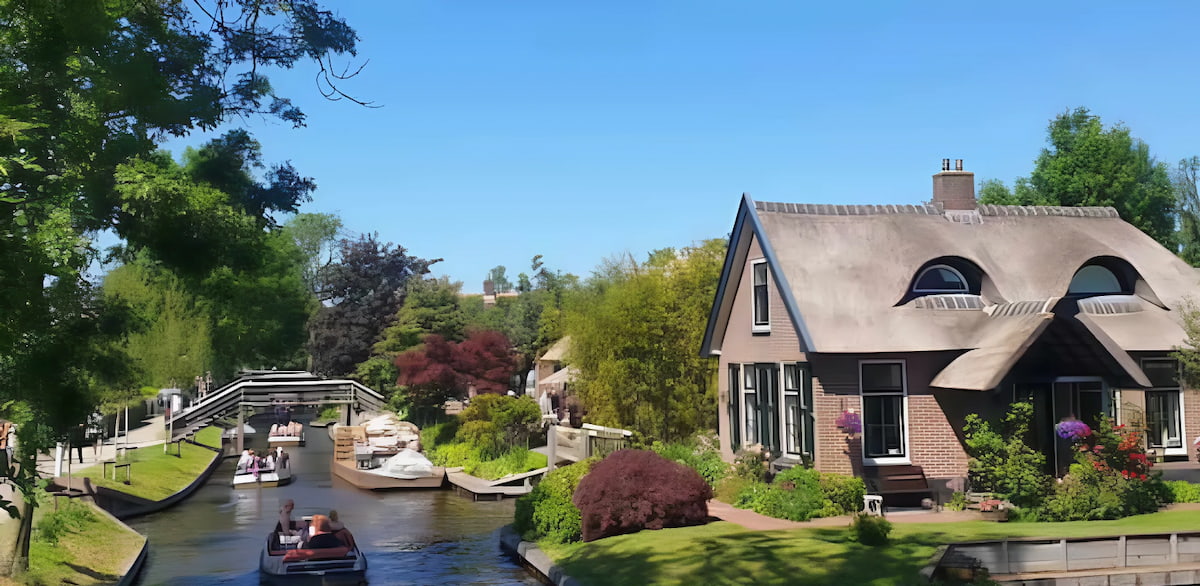
Rare finds. The museum features approximately 50 vehicles dating from the 1920s through the 1970s. I was particularly impressed by the immaculately preserved 1938 Citroën Traction Avant and a quirky 1956 Messerschmitt KR200 bubble car that looked like it belonged in a science fiction film.
| Vehicle Type | Era | Notable Examples | Condition |
|---|---|---|---|
| Luxury Cars | 1930s-1950s | Rolls-Royce Phantom, Mercedes 300SL | Fully restored |
| Microcars | 1950s-1960s | Messerschmitt KR200, BMW Isetta | Original |
| Dutch Vehicles | 1920s-1970s | DAF 600, Spyker C4 | Mixed original/restored |
| Motorcycles | 1930s-1960s | Harley-Davidson WLA, Zündapp KS750 | Fully operational |
| Bicycles | 1900s-1950s | Dutch postal bikes, military bicycles | Original |
Personal touches. What makes Histomobil special is the personal stories attached to each vehicle. The owner has collected newspaper clippings, photographs, and anecdotes about many of the cars, creating a social history alongside the mechanical exhibits.
Memorabilia collection. Beyond the vehicles themselves, the museum displays vintage gas pumps, advertising signs, license plates, and automotive tools. The walls are covered with period posters and photographs showing how these vehicles were used in daily Dutch life.
Visitor information. Entry costs €5.50 for adults and €3.50 for children (6-12). The museum operates seasonally from April through October, open daily 10:00-17:00. It’s located slightly away from the main canal area, about a 10-minute walk from the village center.
7. Punterwerf Wildeboer Boatyard
Traditional craftsmanship. Visiting Punterwerf Wildeboer boatyard gave me a rare glimpse into the vanishing art of traditional Dutch boat building. This family-run workshop specializes in constructing and restoring “punters” – the distinctive flat-bottomed boats originally used for peat transportation in Giethoorn’s shallow canals.
Master builders. I watched in fascination as skilled craftsmen shaped oak planks using techniques passed down through generations. The boatyard has been operated by the Wildeboer family since 1878, making it one of the oldest continuously running punter workshops in the Netherlands.
Construction process. The workshop displays boats in various stages of completion, allowing visitors to understand the meticulous process from raw lumber to finished vessel. Each punter takes approximately 300-400 hours to build and costs between €7,000-€12,000 depending on size and customization.
| Boat Type | Construction Time | Approximate Cost | Lifespan |
|---|---|---|---|
| Traditional Punter | 350-400 hours | €9,500 | 40+ years |
| Modern Punter | 300-350 hours | €7,500 | 30+ years |
| Custom Design | 400+ hours | €12,000+ | 40+ years |
Traditional boatbuilding tools on display:
- Hand-forged caulking irons for sealing seams
- Wooden mallets carved from a single piece of elm
- Steam boxes for bending oak planks
- Antique hand planes for smoothing surfaces
- Specialized chisels for intricate detail work
Hands-on experience. For an additional €15, I participated in a 30-minute workshop where I learned to use traditional caulking tools to seal the gaps between planks with cotton and tar. This hands-on experience gave me newfound appreciation for the craftsmanship involved.
Visitor details. The boatyard is open to visitors Monday through Friday, 9:00-16:00, with a suggested donation of €3.50. Guided tours in English are available at 11:00 and 14:00 for €5 per person. The workshop is located in the northern part of Giethoorn, a pleasant 15-minute walk from the village center.
Things to Do in Giethoorn with Kids
1. Mini-Golf and Archery
Family fun. Discovering the mini-golf and archery center just outside Giethoorn’s canal zone provided the perfect active break for my family. This outdoor recreation area combines traditional Dutch-themed mini-golf holes with a beginner-friendly archery range, making it ideal for children of all ages.
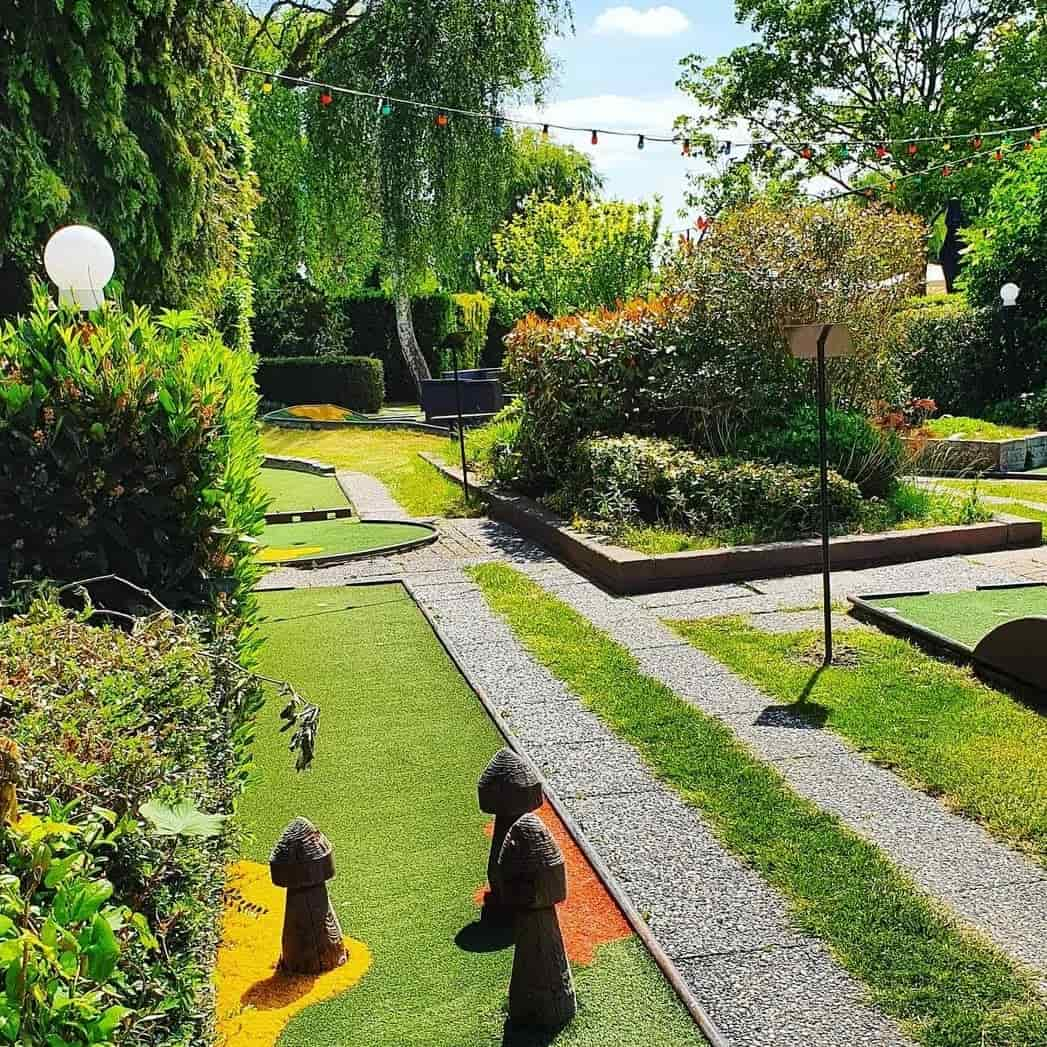
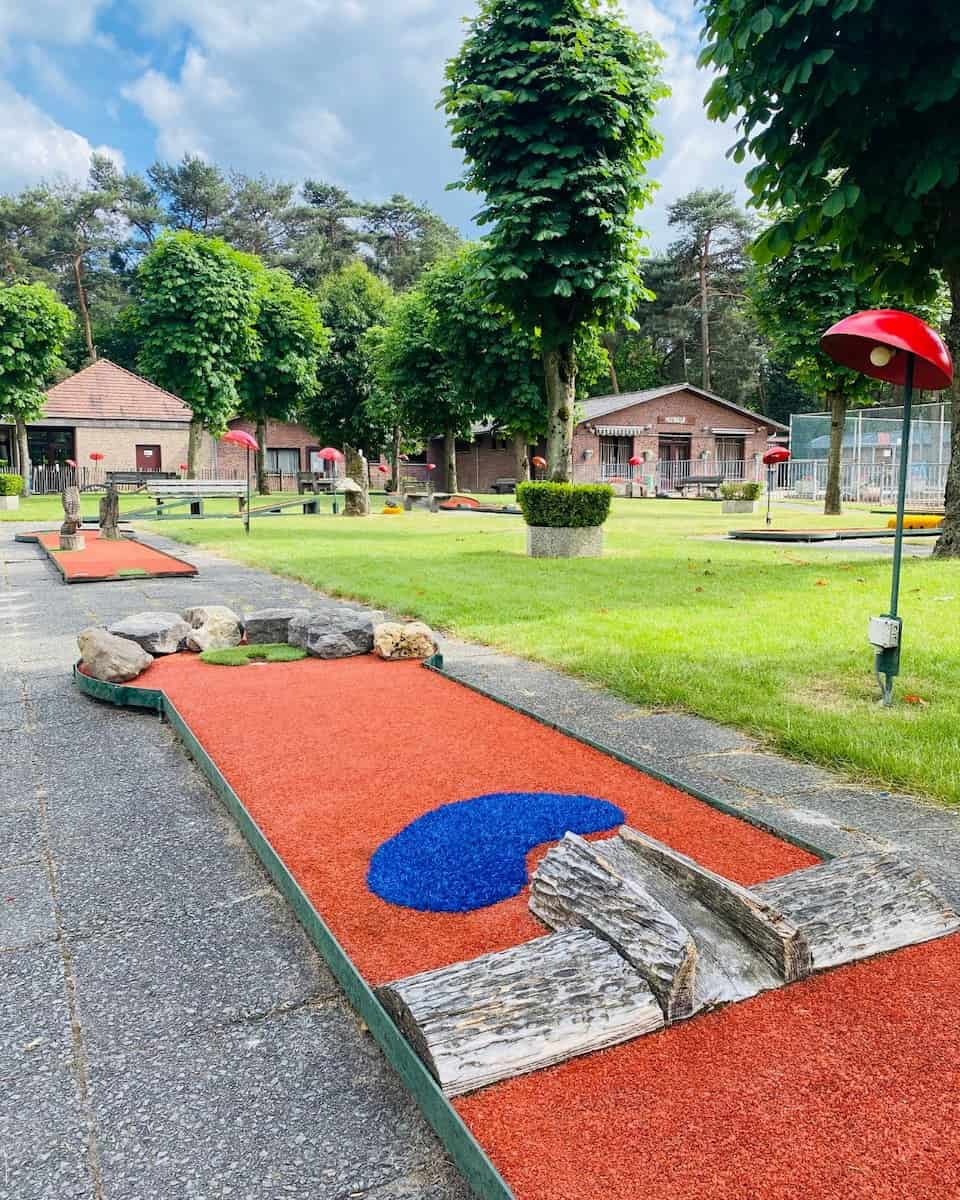
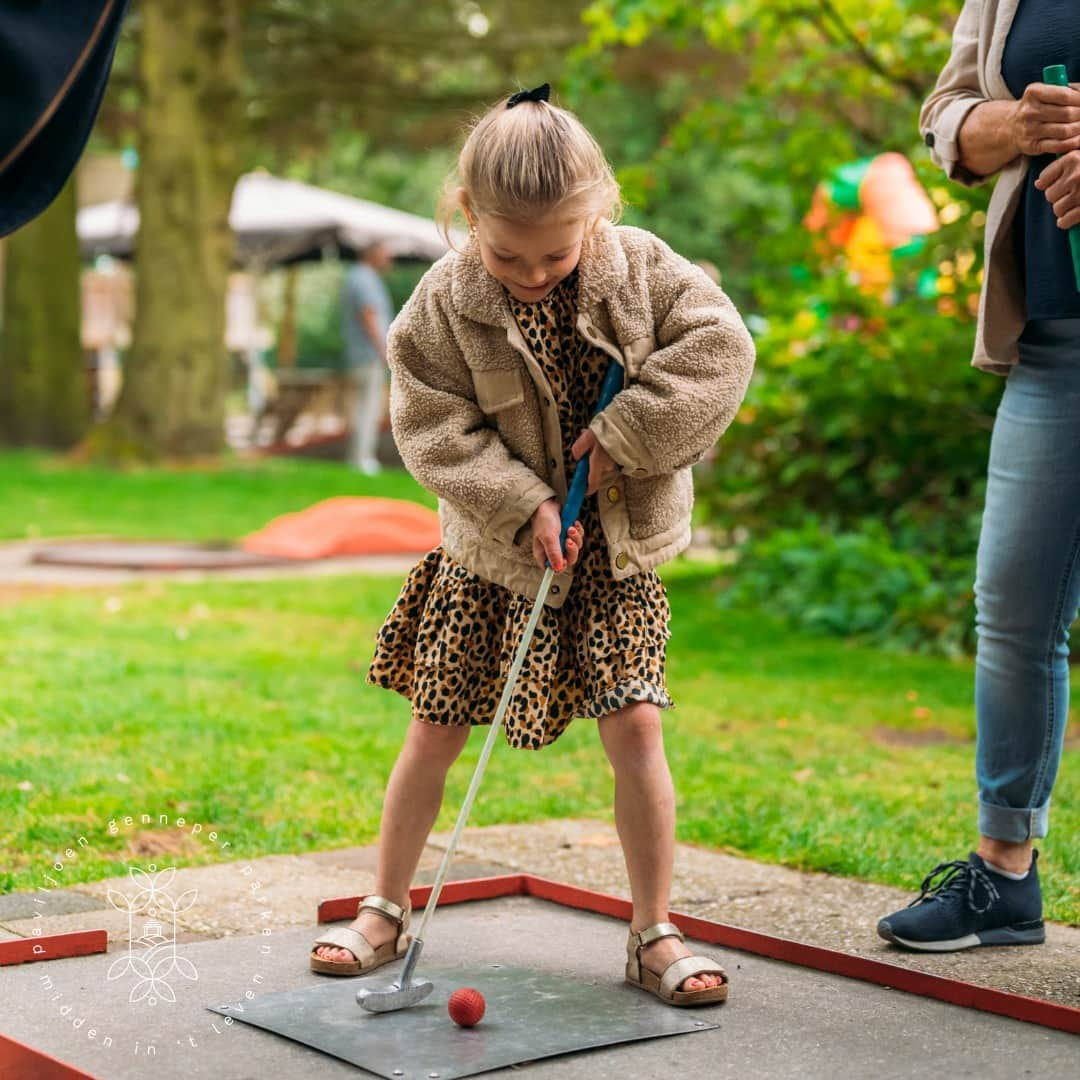
Mini-golf course. The 18-hole course features miniature versions of Dutch landmarks, including windmills, canal houses, and even a tiny Giethoorn canal complete with model boats. Each hole presents unique challenges with varying difficulty levels, keeping both children and adults engaged throughout the game.
Top mini-golf holes by difficulty:
- Easiest: The Windmill (Hole 3) – straight shot through rotating blades
- Medium: Canal Bridge (Hole 7) – requires precise timing
- Challenging: Tulip Field (Hole 12) – multiple obstacles and slopes
- Most difficult: Cheese Market (Hole 16) – moving obstacles and narrow passage
- Kids’ favorite: Wooden Shoe (Hole 5) – ball travels through giant clog
Archery range. Adjacent to the mini-golf course, the archery range offers safe instruction for children as young as 7 years old. Professional instructors provide 20-minute lessons before allowing supervised practice. The targets feature colorful Dutch-themed images that kids love aiming for.
Practical details. Mini-golf costs €6.50 for adults and €4.50 for children under 12. Archery sessions (30 minutes including instruction) cost €8.50 per person. A combined ticket saves €3 per person. The facility is open daily from 10:00 to 18:00 during summer and weekends only during spring and autumn.
2. Museum Giethoorn Interactive Exhibits
Hands-on history. The interactive exhibits at Museum Giethoorn ‘t Olde Maat Uus were specifically designed with children in mind. Unlike traditional museums with “do not touch” signs, this family-friendly space encourages kids to experience Dutch village life through all their senses.
Costume corner. My children spent nearly an hour in the costume section, trying on traditional Giethoorn outfits including wooden clogs, lace caps, and fishermen’s gear. The full-length mirrors and photo opportunity area let them capture memories of their transformation into Dutch villagers from centuries past.
| Interactive Station | Age Recommendation | Duration | Activity |
|---|---|---|---|
| Costume Corner | 3+ years | 20-30 minutes | Try on traditional Dutch clothing |
| Mini Boat Building | 6+ years | 15-20 minutes | Assemble wooden boat models |
| Peat Cutting | 8+ years | 10-15 minutes | Practice with safe tools |
| Butter Churning | 5+ years | 10 minutes | Make real butter from cream |
| Thatched Roof Demo | 7+ years | 15 minutes | Learn roof-making techniques |
Treasure hunt. Upon arrival, children receive a special activity booklet with a museum treasure hunt. Searching for hidden objects throughout the exhibits keeps kids engaged while they learn about local history. Completed booklets earn a small traditional Dutch treat at the exit.
Storytelling sessions. We timed our visit to coincide with the daily storytelling session (11:30 and 14:30), where museum staff in period costumes share folk tales and legends about Giethoorn. The stories incorporate puppets and simple Dutch phrases that children enjoy repeating.
Family ticket. The museum offers a family ticket (2 adults + 2-3 children) for €19.50, representing a significant savings over individual admission. Audio guides designed specifically for children are available in English, German, and Dutch for an additional €1.50.
3. “Goats and Stuff” Painting Workshops
Creative expression. The whimsically named “Goats and Stuff” art studio became an unexpected highlight of our family trip to Giethoorn. This charming workshop offers daily painting sessions where children create Dutch-themed souvenirs using traditional techniques and local inspiration.
Workshop options. The studio offers three different workshop formats depending on children’s ages and interests. We chose the “Little Dutch Masters” session where each child painted a miniature landscape featuring Giethoorn canals on a small wooden panel they could take home.
Available workshop themes:
- Canal Scene Painting (ages 6+) – watercolor techniques
- Wooden Shoe Decoration (ages 4+) – acrylic paint on mini clogs
- Windmill Crafting (ages 7+) – 3D paper construction
- Animal Figurines (ages 5+) – clay modeling of Dutch farm animals
- Delft Blue Tile (ages 8+) – traditional blue and white painting
Skilled instruction. The workshop leader, Marieke, showed remarkable patience with younger participants while still challenging older children with more advanced techniques. All instructions were given in simple English with demonstrations that transcended any language barriers.
Take-home treasures. The €12.50 workshop fee includes all materials and a protective carrying case for transporting finished artwork home. For an additional €5, they offer worldwide shipping for those concerned about damaging their creations during travel.
Booking information. Workshops run daily at 10:30, 13:00, and 15:30, lasting approximately 75 minutes each. Advance booking is essential during peak season (June-August) and can be done online or through your accommodation. The studio is located near the southern boat dock, a 5-minute walk from the village center.
Free Things to Do in Giethoorn
1. Canal and Binnenpad Paths
Budget exploration. Discovering that Giethoorn’s most charming feature—its network of canals and footpaths—can be enjoyed completely free of charge was a welcome surprise. The Binnenpad (inner path) system offers the perfect way to experience this unique village without spending a euro.
Self-guided walks. I downloaded the free Giethoorn walking map from the tourist office website before my visit. This detailed map highlights five different walking routes ranging from 2-7 kilometers, each showcasing different aspects of the village and surrounding countryside.
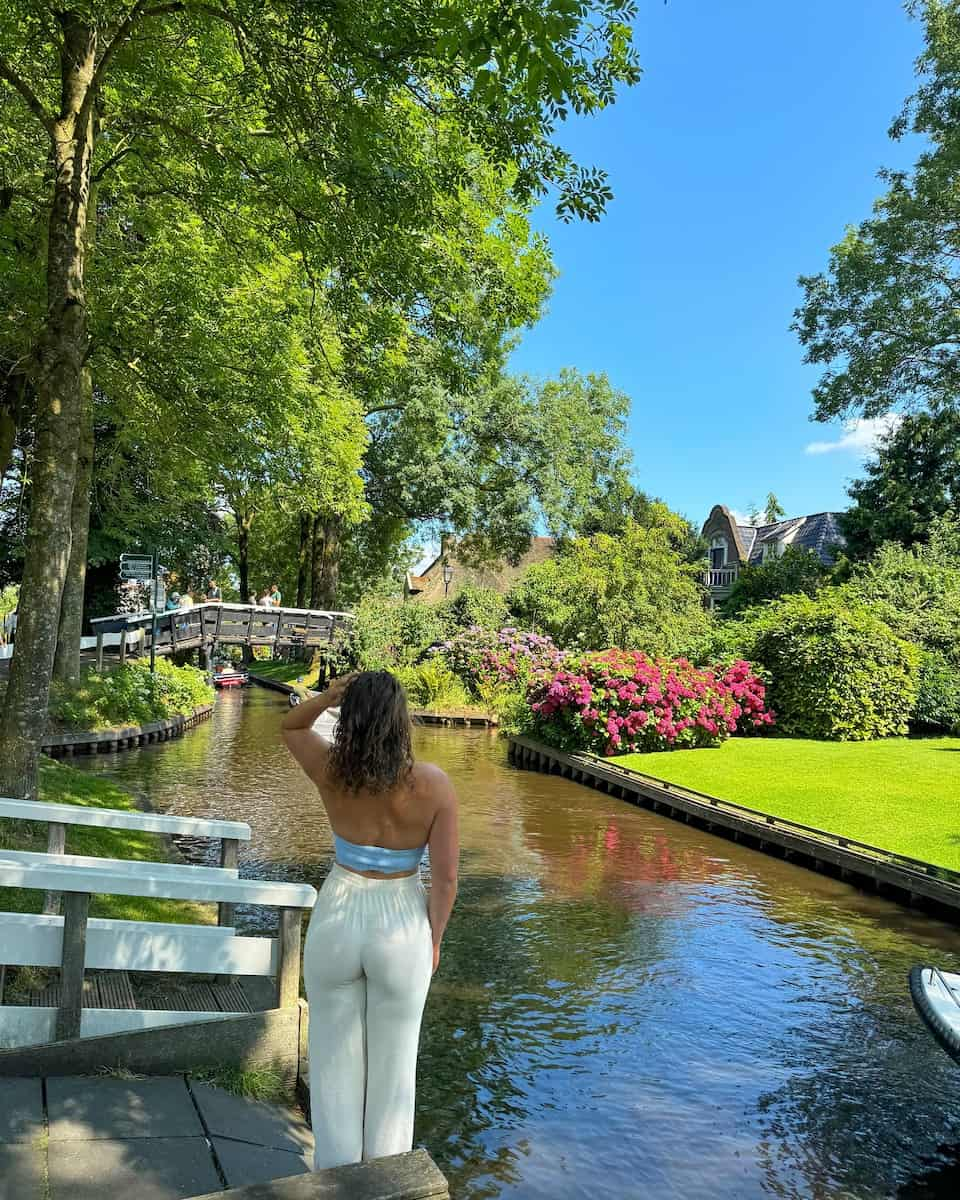
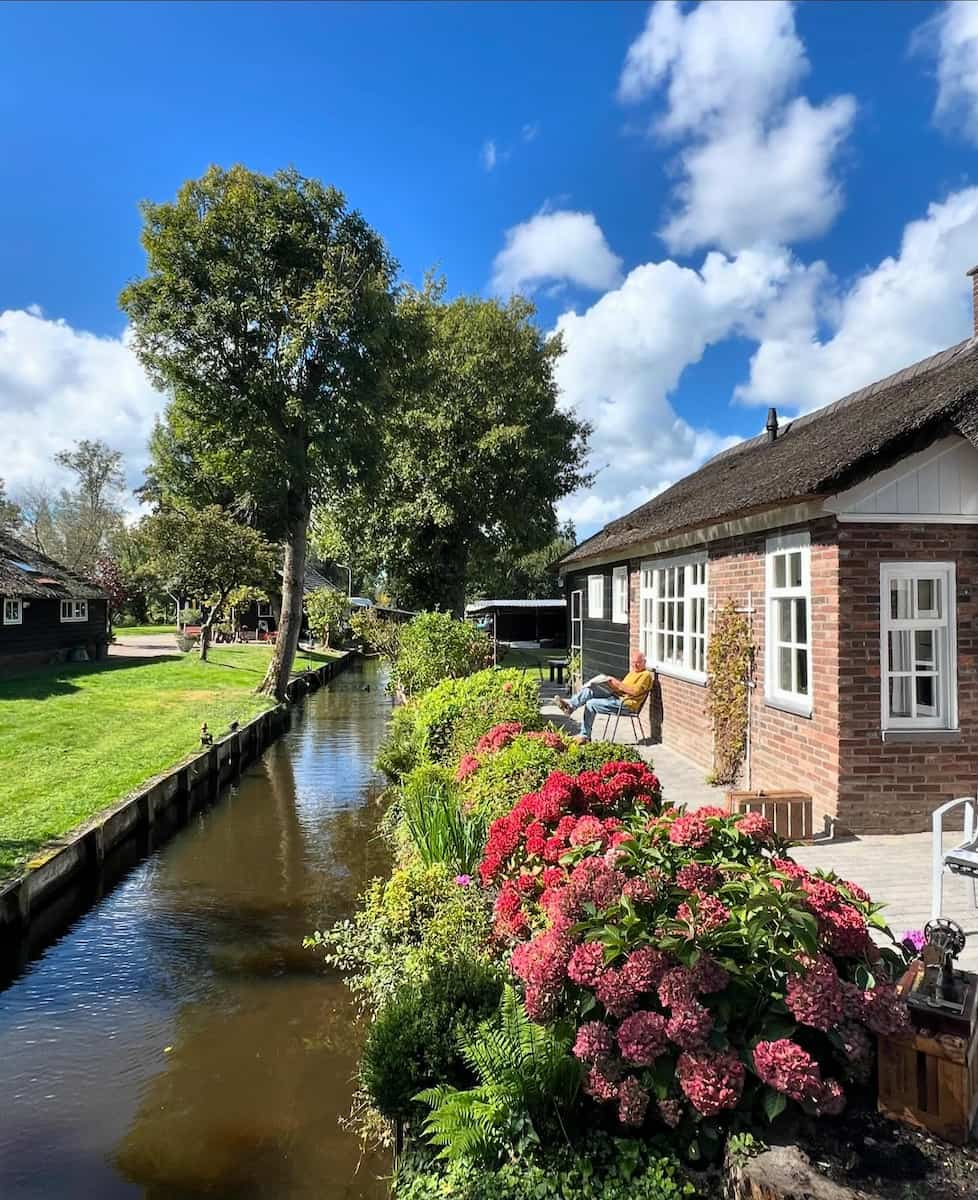
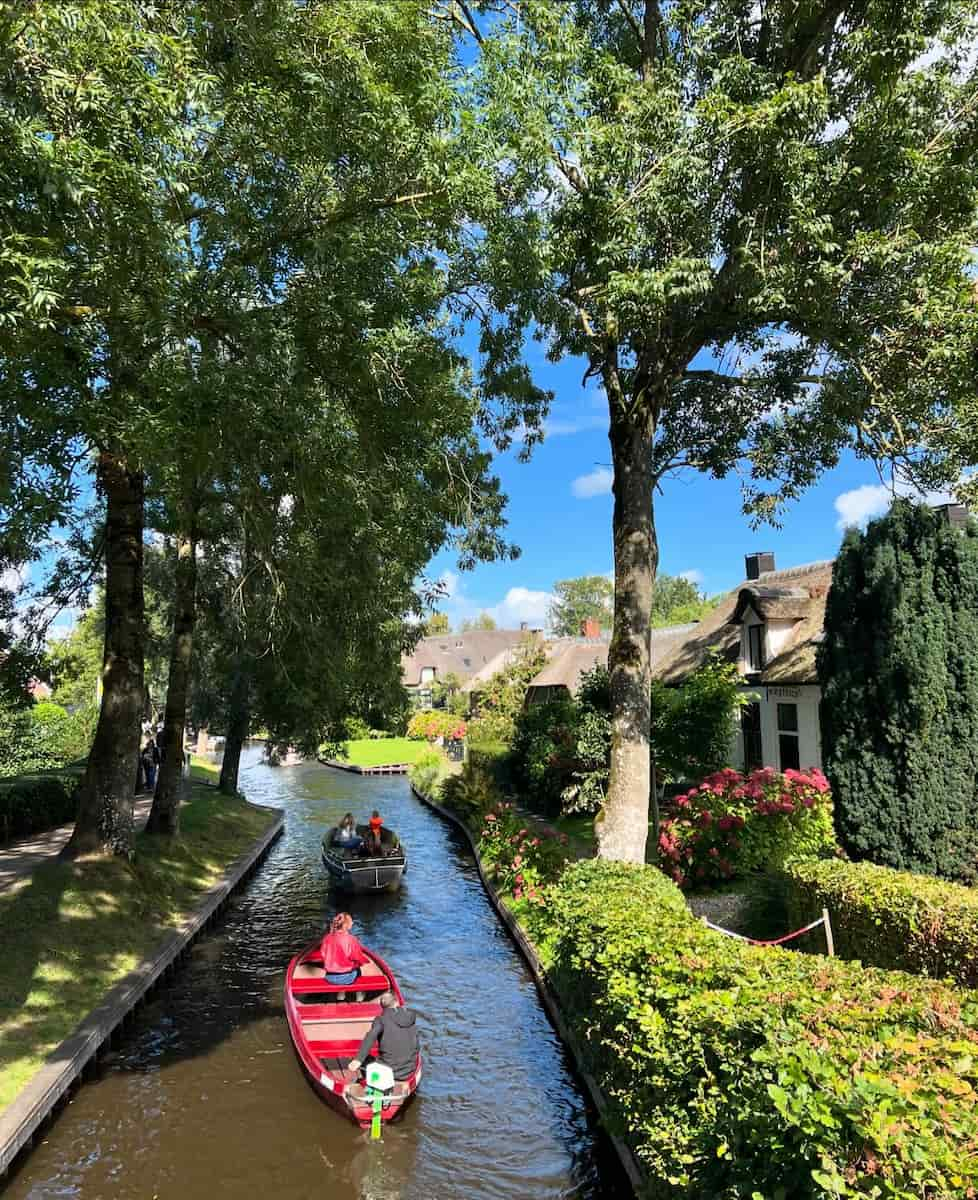
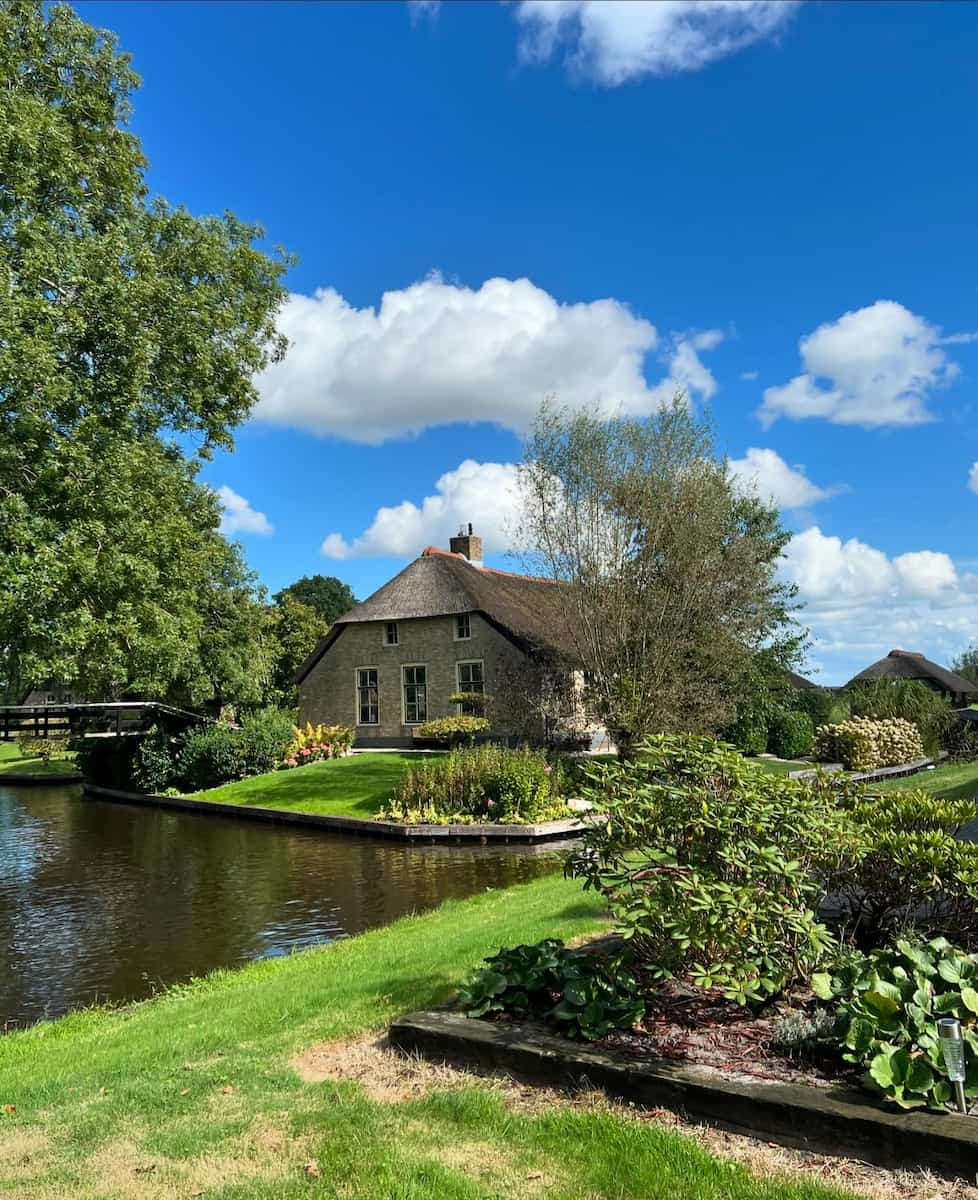
Best free walking routes in Giethoorn:
- Village Center Loop (2km) – classic canal views and historic buildings
- Northern Wetlands Path (3.5km) – quieter canals and wildlife spotting
- Southern Farm Route (4km) – agricultural landscapes and traditional farms
- Full Binnenpad Circuit (7km) – comprehensive village exploration
- Dwarsgracht Connection (5.5km) – links to the neighboring canal village
Photography opportunities. Walking these paths provided countless perfect photo spots without the expense of a boat tour. I particularly enjoyed the morning light on the eastern side of the main canal, where mist often rises from the water creating an ethereal atmosphere.
Visitor etiquette. Remember that many canal-side homes are privately owned and still occupied by residents. I made sure to respect privacy by not peering into windows or entering private gardens, no matter how picturesque they appeared. This consideration helps preserve the authentic village atmosphere for everyone.
2. Wooden Bridges
Architectural marvels. Giethoorn’s network of over 180 wooden bridges quickly became the focus of my free exploration. These charming structures, ranging from simple plank crossings to elaborate arched designs, connect the village’s islands and provide essential access for residents.
Historical significance. Many bridges date back over a century, though they’ve been carefully maintained or authentically reconstructed. Each bridge tells part of Giethoorn’s story—from simple farm connections to more ornate designs reflecting the prosperity that came with tourism.
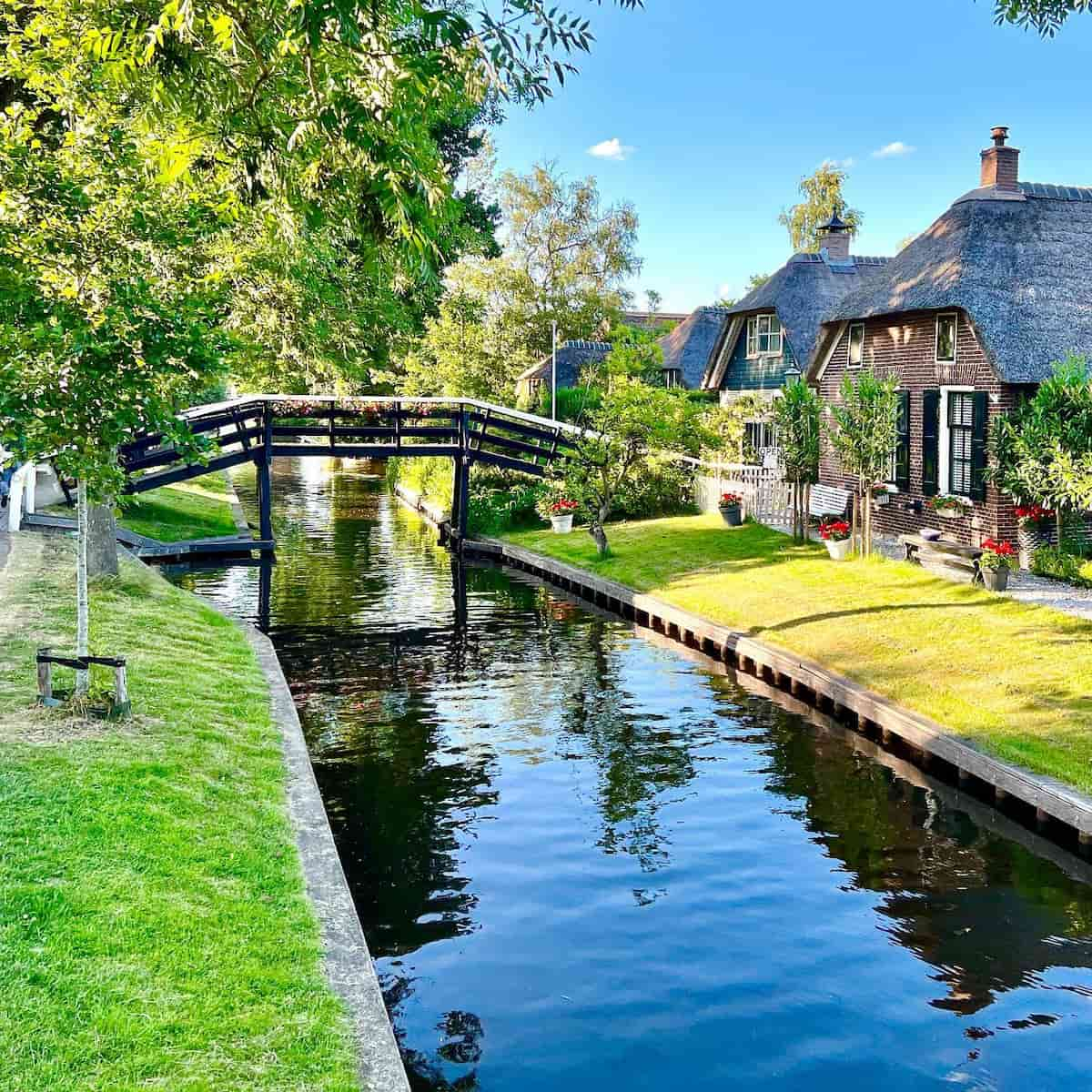
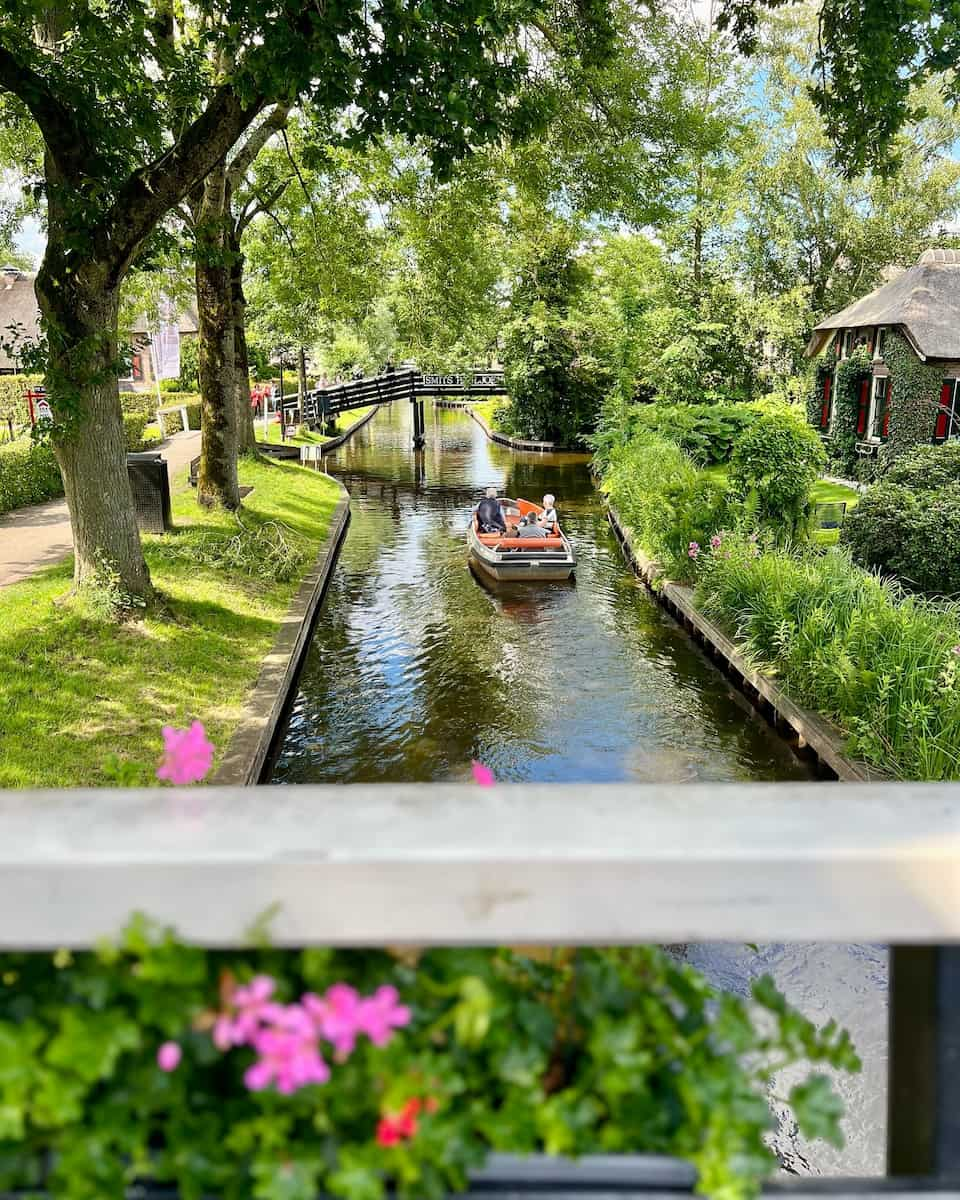
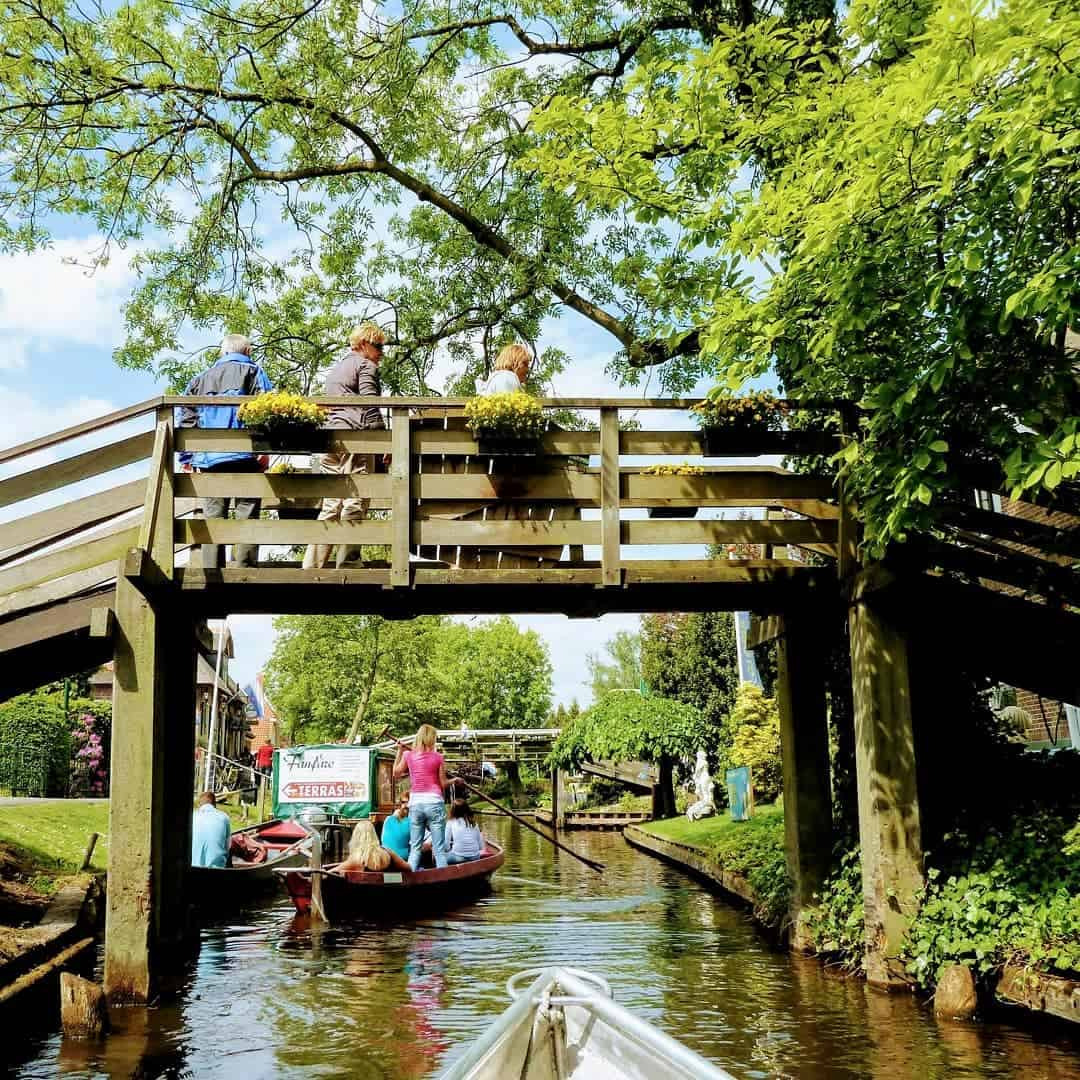
| Bridge Type | Location | Features | Best Viewing Time |
|---|---|---|---|
| Triple Arch | Village Center | Three connected arches, flower boxes | Morning (8-10am) |
| Drawbridge | Southern Canal | Functioning lifting mechanism | On the hour (demonstration) |
| Covered Bridge | Near Museum | Protected walkway, carved details | Afternoon light |
| Simple Plank | Northern Area | Traditional farm access | Early evening |
| Modern Replica | Tourist Area | Wider design for groups | Avoid midday (crowded) |
Bridge-spotting walk. I created my own free activity by challenging myself to photograph at least 50 different bridges during my visit. This “bridge hunt” took me to less-visited corners of the village where I discovered charming spots that most tourists miss.
Local legends. Several bridges have fascinating stories attached to them, shared freely by friendly locals I met during my walks. My favorite was the tale of the “Kissing Bridge” where village couples traditionally sealed their engagements with a kiss at sunset, a tradition some still honor today.
Practical tip. The wooden surfaces of some bridges can become slippery when wet. I found early morning dew particularly tricky, so proper footwear is essential even for this free activity. Most bridges have subtle handrails that blend with their design for safety.
3. Local Churches
Spiritual heritage. Exploring Giethoorn’s historic churches provided fascinating insights into the village’s religious history without any entrance fees. The two main churches—the Doopsgezinde Gemeente (Mennonite Church) and the Protestantse Gemeente (Protestant Church)—welcome respectful visitors during daylight hours.
Doopsgezinde Gemeente. This simple yet elegant Mennonite church reflects the modest values of its congregation. Built in 1871, it replaced earlier structures dating back to the 1600s when Mennonites first settled in Giethoorn. The plain interior features beautiful natural light through tall windows.
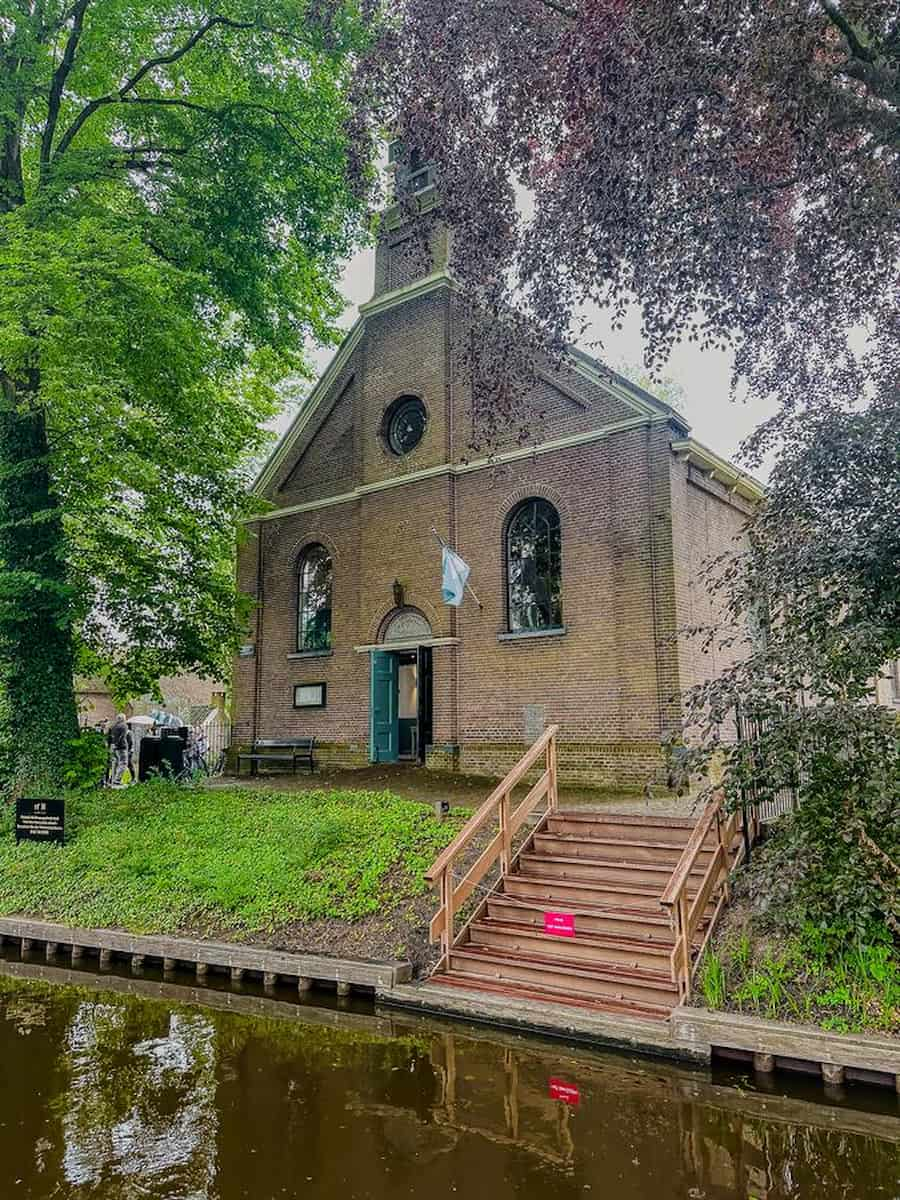
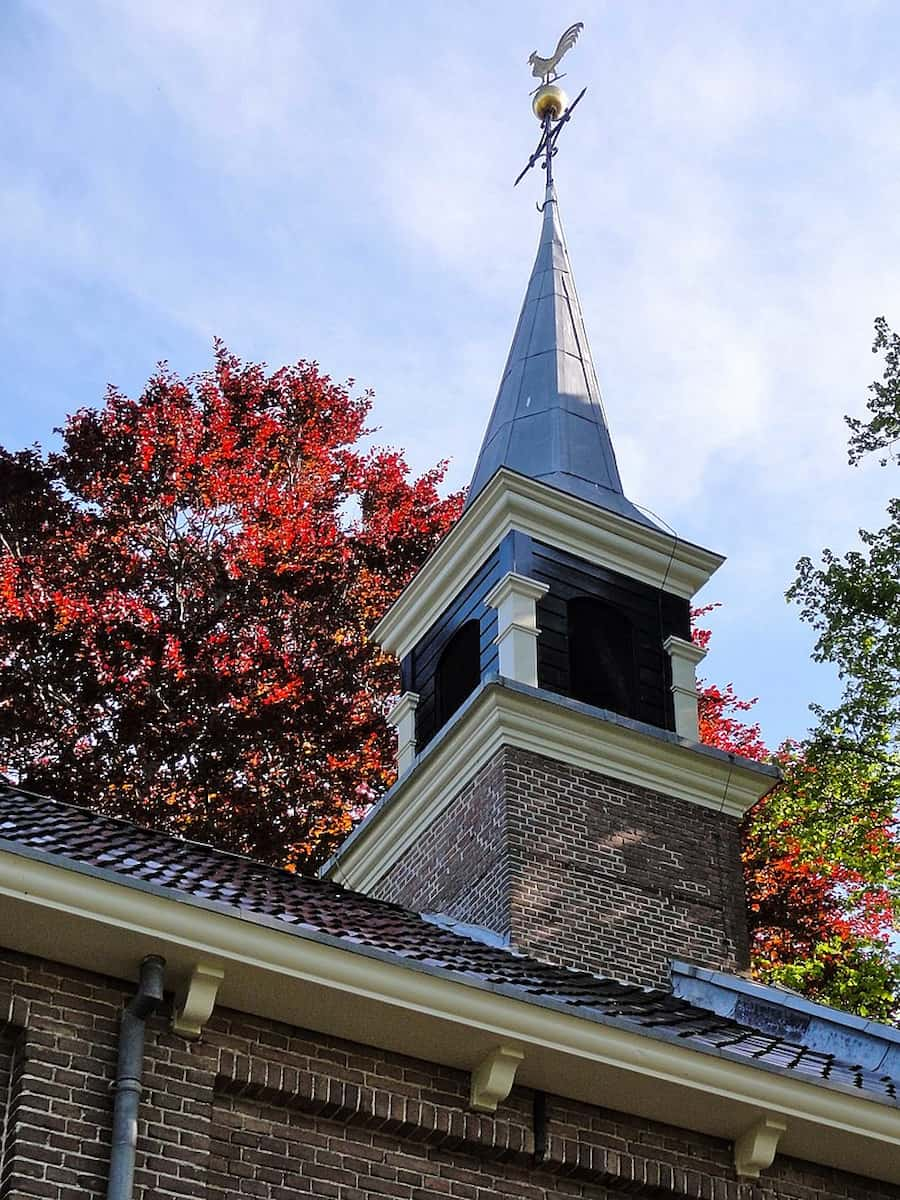
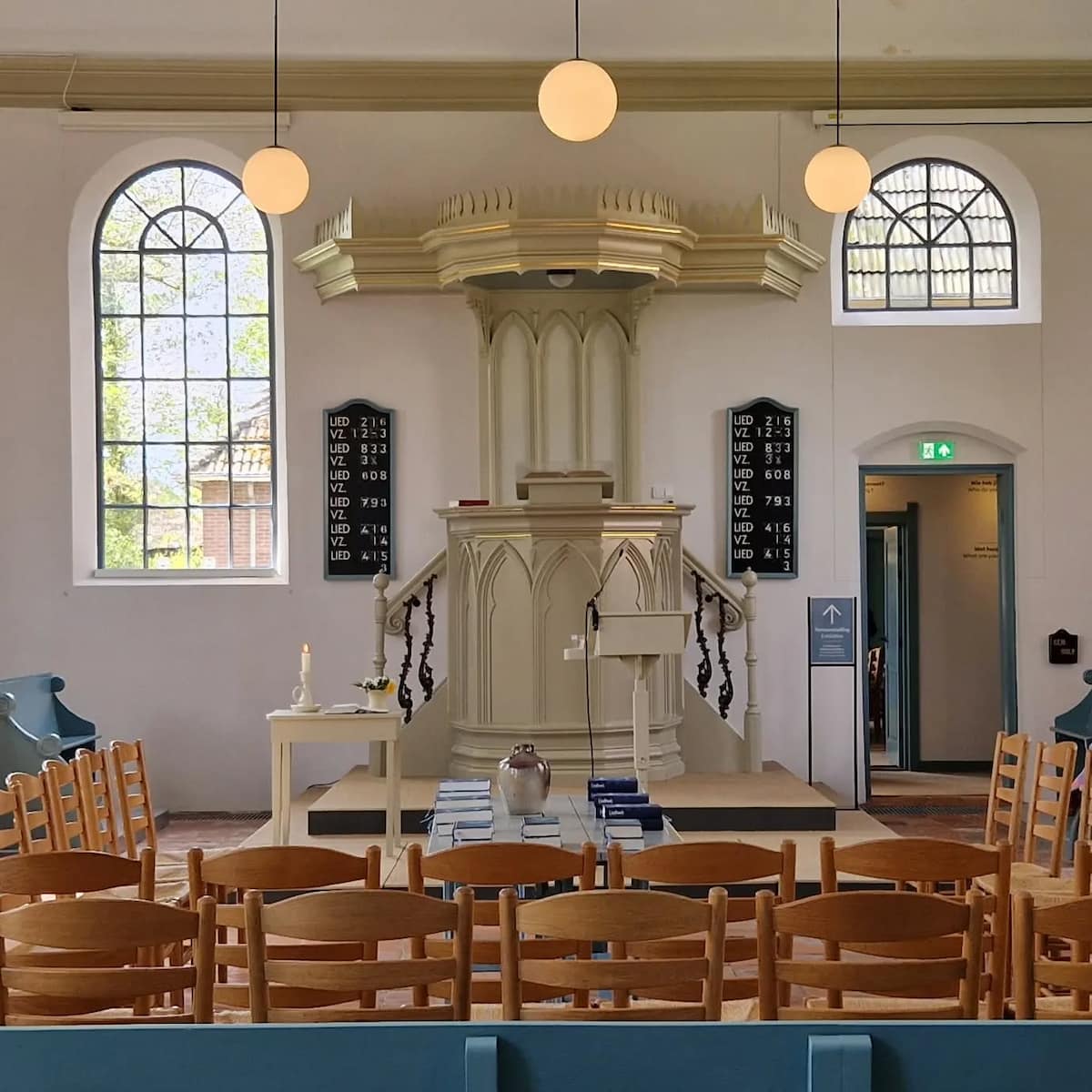
Notable features in Giethoorn’s churches:
- Hand-carved wooden pulpits dating to the 18th century
- Original pipe organs still used during services
- Historic Bible collections including rare Dutch translations
- Memorial stones with traditional Dutch inscriptions
- Peaceful churchyards with centuries-old gravestones
Protestantse Gemeente. The more ornate Protestant church features a distinctive white tower visible throughout the village. Inside, I admired the intricate woodwork and traditional layout that has remained largely unchanged since the 1800s.
Visitor respect. When visiting, I made sure to check for service times posted outside and avoided entering during worship. Speaking quietly and dressing modestly showed respect for these still-active places of worship. Photography is generally permitted, but I avoided using flash.
Community connection. On Saturdays, I discovered the Protestant church often hosts a small community market in its yard where locals sell homemade goods and crafts. While the items are for sale, browsing costs nothing and offers a wonderful opportunity to interact with village residents.
Seasonal Activities in Giethoorn
Christmas in Giethoorn
Winter wonderland. Experiencing Giethoorn during the Christmas season transformed this already magical village into something truly special. The absence of cars combined with twinkling lights reflected in the canals created a peaceful holiday atmosphere unlike any urban Christmas market.
Canal illuminations. From early December through early January, the main canals feature subtle light installations that illuminate bridges, trees, and occasionally the water itself. Local homeowners participate by decorating their canal-facing windows and gardens with traditional Dutch Christmas elements.
Christmas events in Giethoorn:
- Advent Boat Parade (first Sunday of December)
- Christmas Carol Evening at Doopsgezinde Church (mid-December)
- Winter Market at Museum ‘t Olde Maat Uus (second weekend of December)
- New Year’s Ice Diving (January 1st, weather permitting)
- Three Kings Boat Procession (January 6th)
Seasonal treats. Local cafés serve traditional Dutch winter specialties during this period. I particularly enjoyed the freshly made oliebollen (Dutch doughnuts) from the seasonal stand near the village center and warming up with hot chocolate topped with advocaat (Dutch eggnog) at Grandcafé Fanfare.
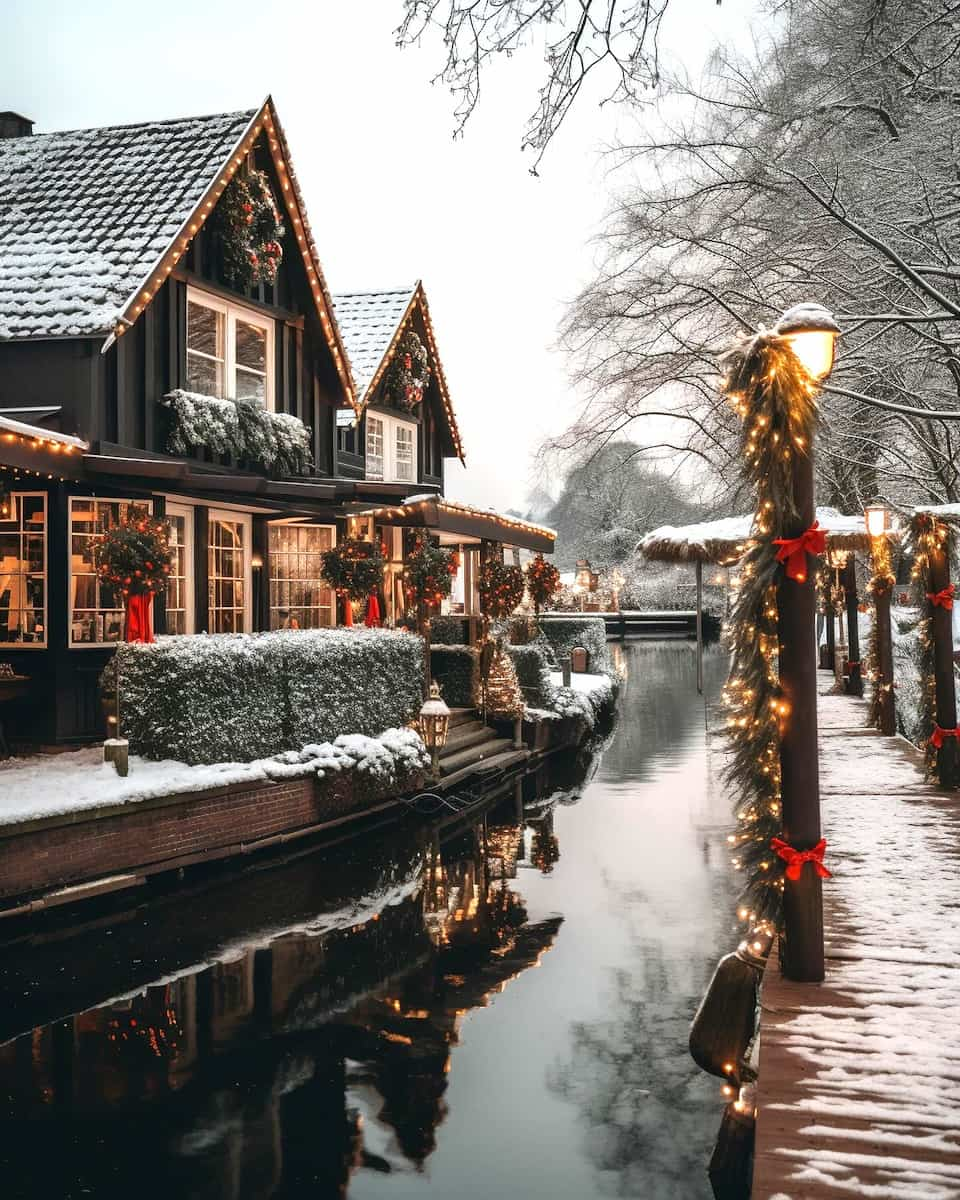
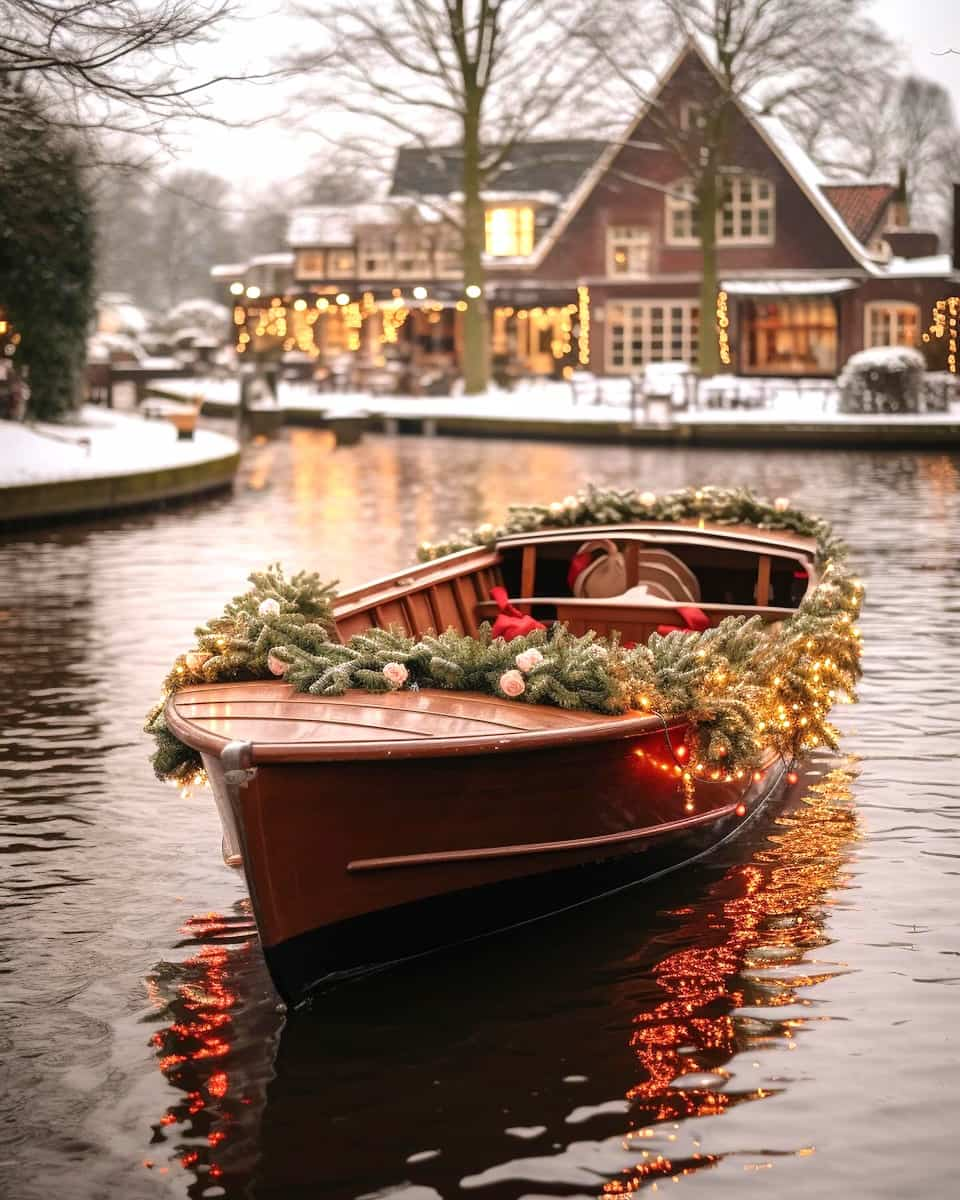
Weather considerations. Winter temperatures typically range from -2°C to 5°C (28°F to 41°F), requiring warm clothing. On rare occasions when canals freeze solid, locals organize impromptu ice skating events—a truly authentic Dutch winter experience if you’re lucky enough to witness it.
Summer Festivals and Events
Vibrant celebrations. Summer brings Giethoorn to life with a calendar full of traditional festivals and events that showcase Dutch culture. The village’s unique setting provides a picturesque backdrop for celebrations that often incorporate the canals and surrounding nature.
Gondelvaart. The highlight of Giethoorn’s summer is undoubtedly the Gondelvaart (Gondola Parade) held on the third Saturday of August. This spectacular evening event features elaborately decorated boats with illuminated displays floating through the main canals. Locals spend months preparing their themed entries.
| Summer Event | Date | Location | Activities |
|---|---|---|---|
| Gondelvaart | 3rd Saturday in August | Main Canals | Decorated boat parade, music, food stalls |
| Midsummer Market | Every Wednesday (June-August) | Village Center | Local crafts, produce, demonstrations |
| Wieden Festival | Last weekend in July | Bovenwijde Lake | Water sports, music, boat races |
| Open Garden Days | First weekend in June | Throughout Village | Private gardens open to public |
| Peat Cutting Demonstration | Tuesdays (July-August) | Museum Grounds | Traditional skills showcase |
Water activities. Summer temperatures averaging 20-25°C (68-77°F) make it the perfect time for water-based activities. The swimming platform on Bovenwijde Lake becomes a social hub for visitors and locals alike, with impromptu diving competitions on sunny afternoons.
Evening atmosphere. I found summer evenings particularly magical in Giethoorn. Many restaurants offer extended canal-side dining hours, and the long northern European twilight (lasting until nearly 11pm in June) bathes the village in a golden glow perfect for photography and romantic walks.
Accommodation advice. Summer is peak tourist season, with accommodation prices 30-50% higher than shoulder seasons. Booking at least 3-4 months in advance is essential, particularly for canal-side properties and especially during festival weekends.
Spring Blooms in Gardens and Parks
Floral awakening. Visiting Giethoorn in spring (April-May) rewarded me with an explosion of color as the village’s famous gardens burst into bloom. The canal-side cottage gardens showcase traditional Dutch flowers in a setting that has remained largely unchanged for centuries.
Tulip displays. While not as famous as Keukenhof, Giethoorn’s local gardens feature impressive tulip collections. The village’s “Garden Route” (marked on free maps from the tourist office) connects the most spectacular private gardens that welcome visitors during spring blooming season.
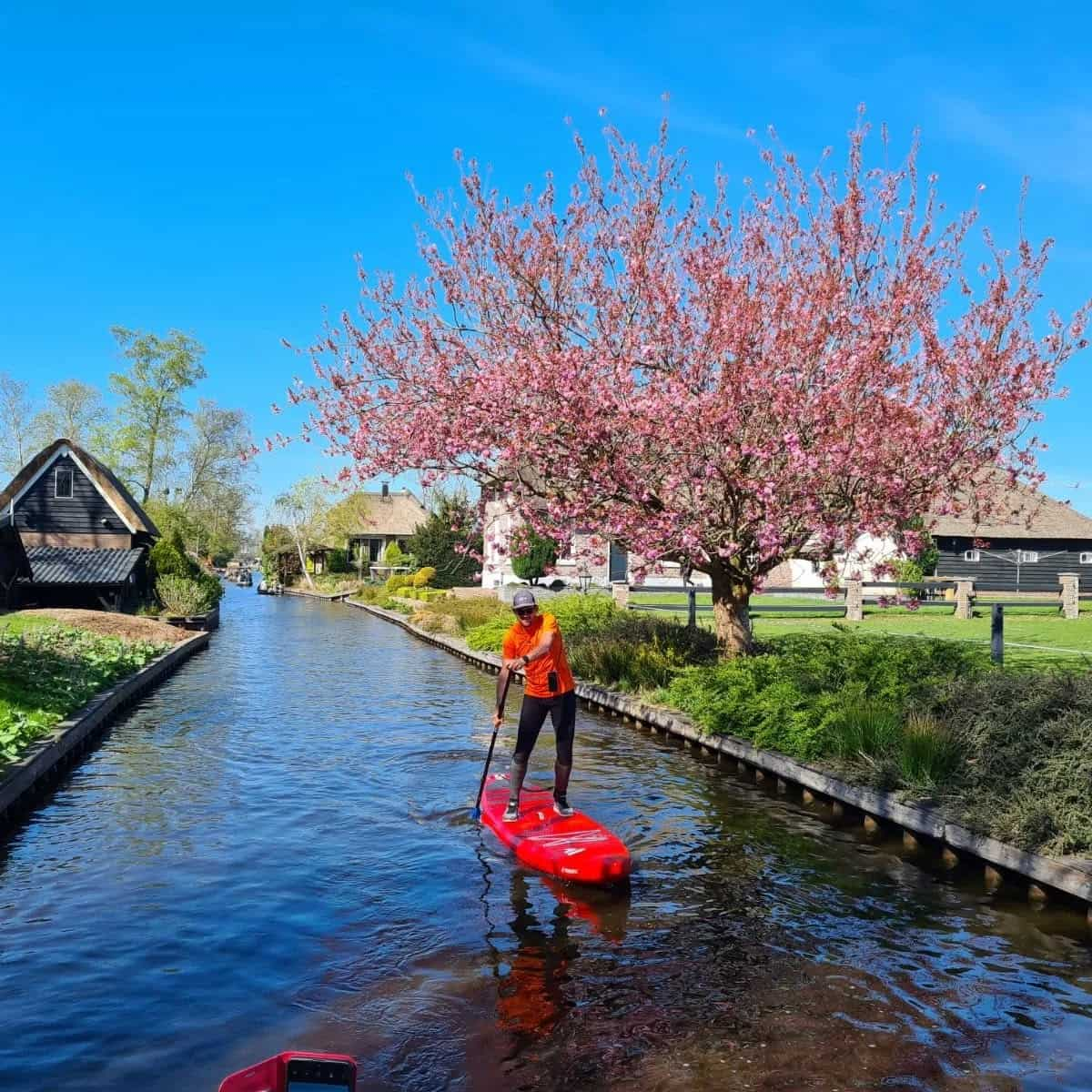
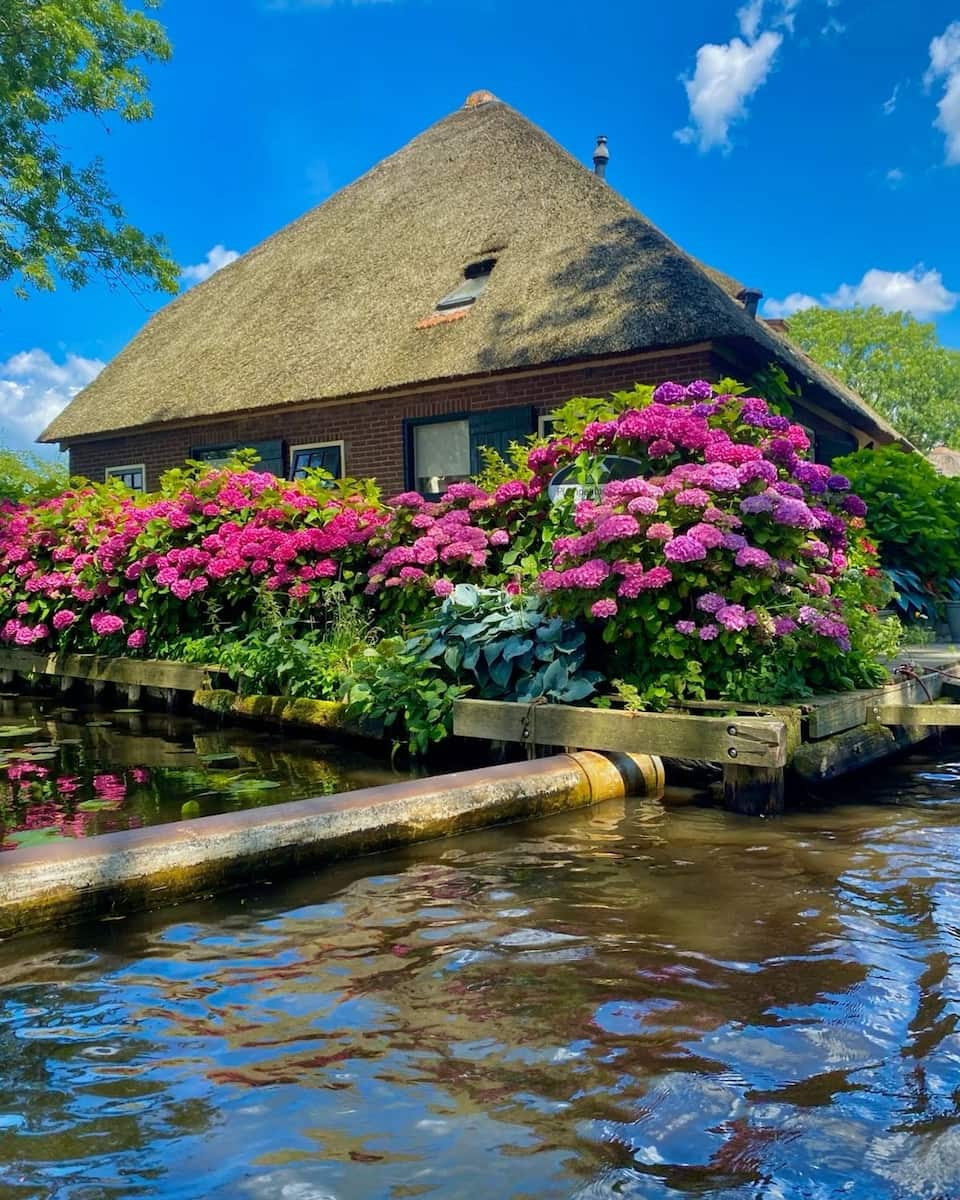
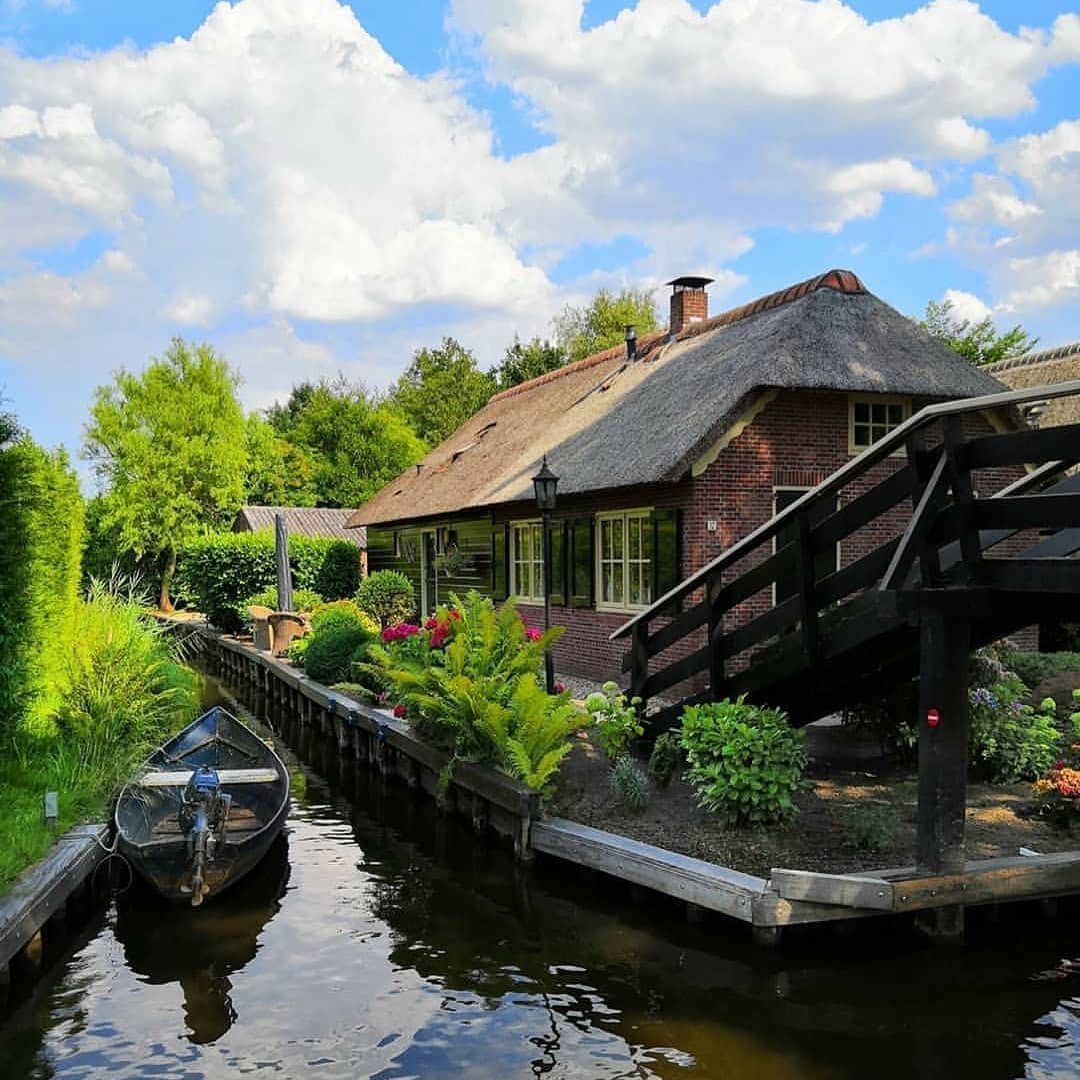
Spring highlights in Giethoorn gardens:
- Early crocuses and snowdrops (late March)
- Daffodil displays along canal edges (early April)
- Tulip collections in formal garden beds (mid-April to early May)
- Flowering fruit trees in orchard areas (April)
- Wisteria-covered cottages and bridges (May)
Bird watching. Spring also brings nesting birds to Giethoorn’s waterways. I spotted common moorhens, coots, and even kingfishers building nests and raising young. The quieter northern canals proved best for wildlife observation, especially in early morning.
Weather variability. Spring weather in Giethoorn can be unpredictable, with temperatures ranging from 8-18°C (46-64°F) and frequent light showers. I packed layers and a waterproof jacket, which proved essential for enjoying the gardens comfortably regardless of changing conditions.
Autumn Foliage Walks
Golden landscapes. Autumn transformed Giethoorn into a canvas of warm colors as the trees lining the canals turned brilliant shades of gold, orange, and red. This less-crowded season (September-October) offered perfect conditions for exploring the village and surrounding nature reserves.
Reflection photography. The still canal waters created perfect mirrors for the autumn foliage, doubling the visual impact. I found early morning (7-9am) provided the calmest water surfaces for reflection photography, before boat traffic created ripples.
| Autumn Walking Route | Distance | Highlights | Best Time for Colors |
|---|---|---|---|
| Canal-Forest Loop | 5km | Mixed woodland and village views | Mid-October |
| Weerribben-Wieden Trail | 8km | Wetland reeds and birch trees | Late September |
| Dwarsgracht Connection | 6km | Rural farmland and canal views | Early October |
| Lake Shore Path | 4km | Lakeside trees and water views | Mid to late October |
| Village Center Circuit | 3km | Historic buildings with foliage | Throughout autumn |
Seasonal harvests. Local restaurants feature special autumn menus during this season, incorporating regional produce like pumpkins, apples, and wild mushrooms. The apple cake at Grandcafé Fanfare, made with fruit from their own orchard, was particularly memorable.
Practical advantages. Beyond the beautiful scenery, autumn offers practical benefits: accommodations cost 20-30% less than summer rates, boats are more readily available without advance booking, and the reduced crowds make photography easier. Temperatures remain comfortable (10-18°C/50-64°F) through most of October.
Special events. The annual Harvest Festival (first weekend of October) features traditional farming demonstrations, local food stalls, and special boat tours focusing on the agricultural history of the region. Many homes display decorative arrangements of pumpkins, gourds, and autumn flowers.
Day Trip from Giethoorn
1. Zaanse Schans Windmills
Iconic Netherlands. Using Giethoorn as my base, I made a day trip to Zaanse Schans, home to the Netherlands’ most famous collection of working windmills. This well-preserved industrial area from the 18th and 19th centuries offers a perfect complement to Giethoorn’s water-based charm.
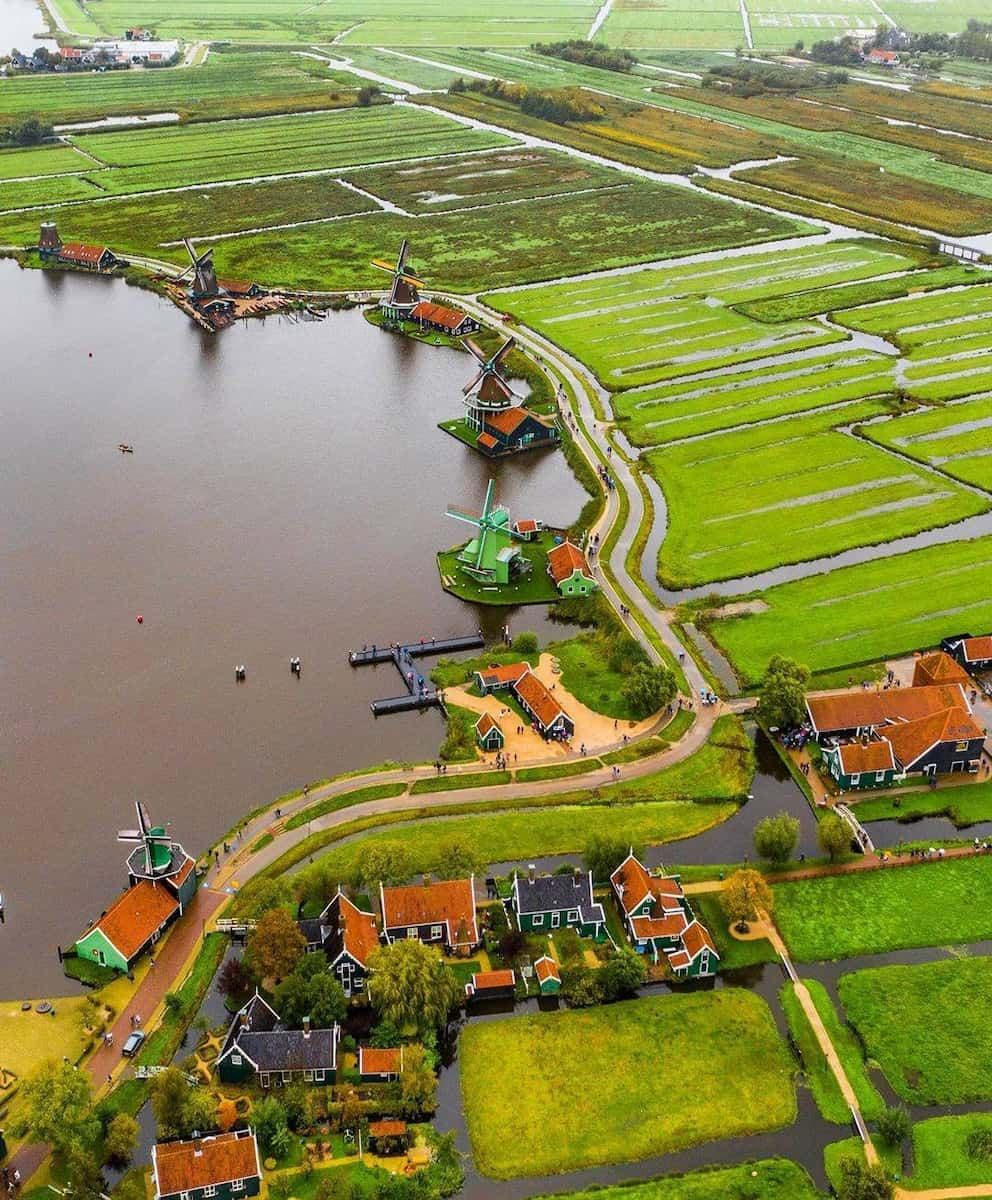
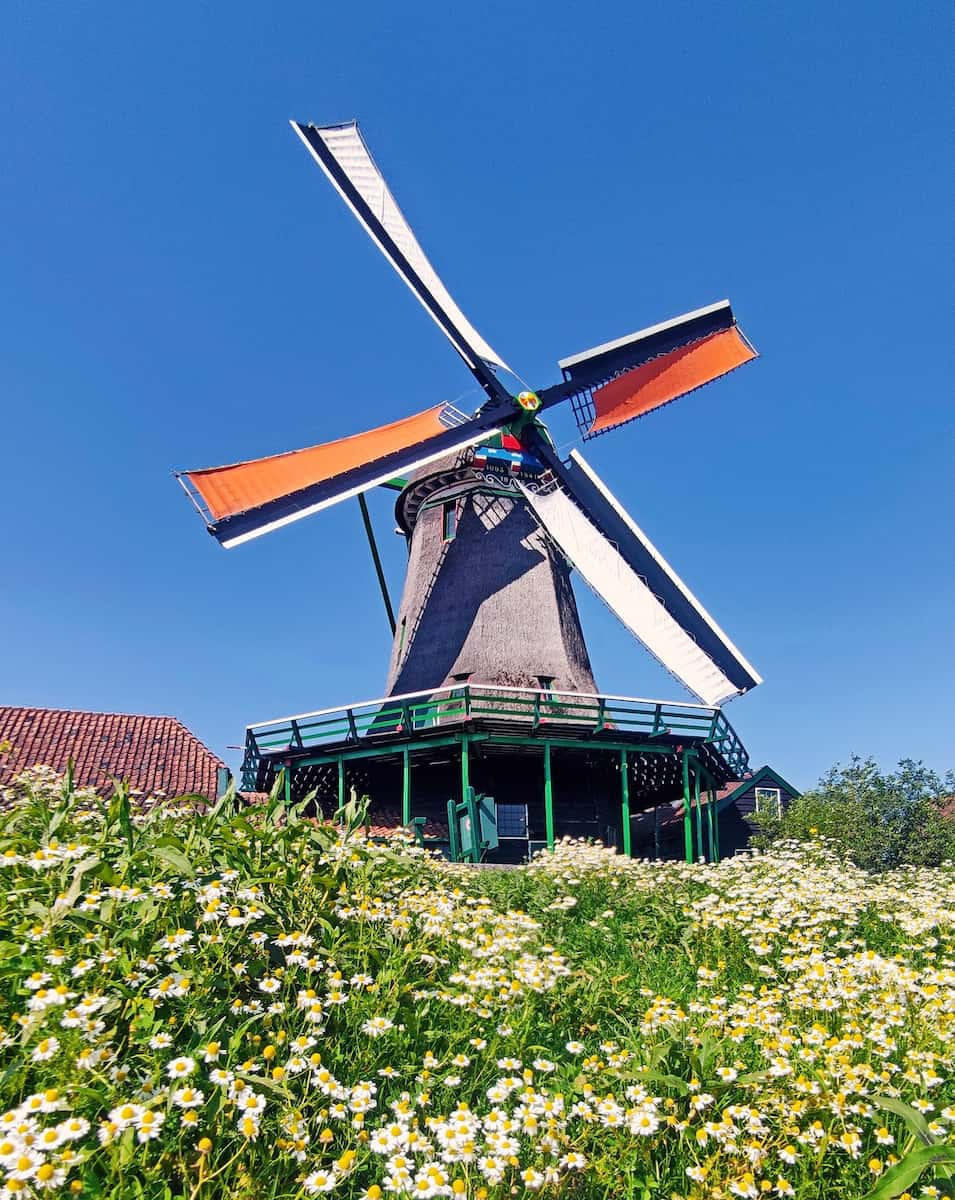
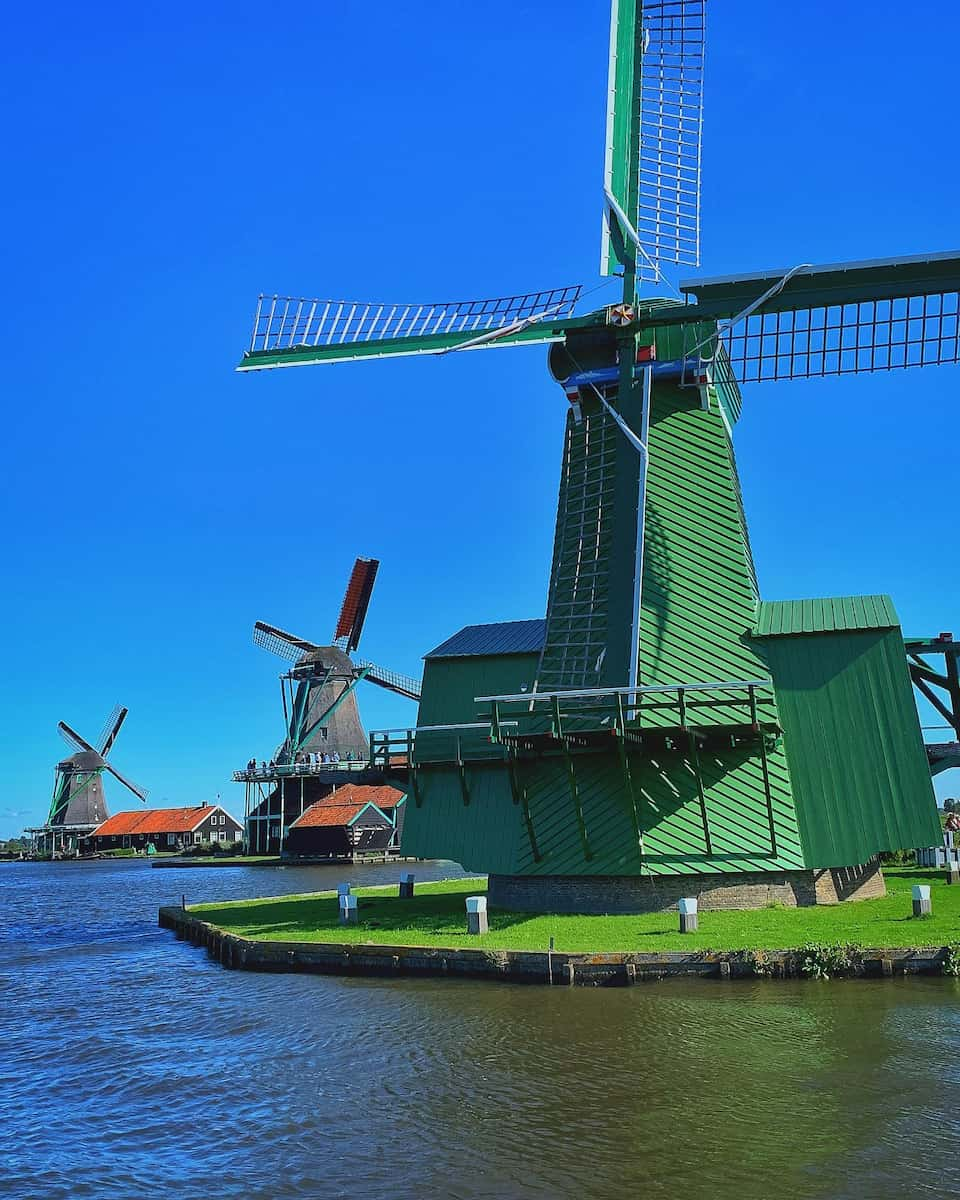
Windmill variety. The site features six fully-functional windmills, each serving different historical purposes. I was fascinated by the diversity—from sawmills that cut timber to oil mills that pressed seeds for cooking oil and paint production. Most impressive was De Kat, the only remaining working windmill in the world still grinding pigments for paint.
Working windmills at Zaanse Schans:
- De Kat (The Cat) – paint pigment mill (1664)
- De Zoeker (The Seeker) – oil mill (1672)
- Het Jonge Schaap (The Young Sheep) – sawmill (2007, replica of 1680 original)
- De Bonte Hen (The Spotted Hen) – oil mill (1693)
- De Huisman (The Houseman) – mustard mill (1786)
- De Gekroonde Poelenburg (The Crowned Poelenburg) – sawmill (1869)
Interior tours. For €5 per windmill (or €15 for a combined ticket), I toured the interiors to see the massive wooden gears and mechanisms in action. The millers themselves provide demonstrations and explanations of the traditional techniques still used today.
Transportation logistics. From Giethoorn, I drove approximately 1.5 hours (120km) to reach Zaanse Schans. Public transportation is possible but requires multiple connections: bus from Giethoorn to Steenwijk, train to Amsterdam, then train to Zaandijk-Zaanse Schans station (total journey about 3 hours each way).
Full-day itinerary. I left Giethoorn by 8:00am to arrive at Zaanse Schans around 9:30am, ahead of most tour groups. After exploring the windmills until early afternoon, I visited the cheese factory and wooden shoe workshop before returning to Giethoorn by dinner time. This schedule allowed for a full experience without feeling rushed.
⭐ Best Activities
- Half-Day Tour of Zaanse Schans, Volendam, and Marken – Take a break from Giethoorn to explore three iconic Dutch destinations in one convenient half-day tour from Amsterdam, featuring traditional windmills, fishing villages, and authentic Dutch culture.
2. Keukenhof Tulip Fields
Floral spectacle. My day trip from Giethoorn to Keukenhof Gardens coincided perfectly with peak tulip season in mid-April. This world-famous garden showcases over 7 million flowering bulbs across 32 hectares, creating a color explosion that every visitor to the Netherlands should experience.
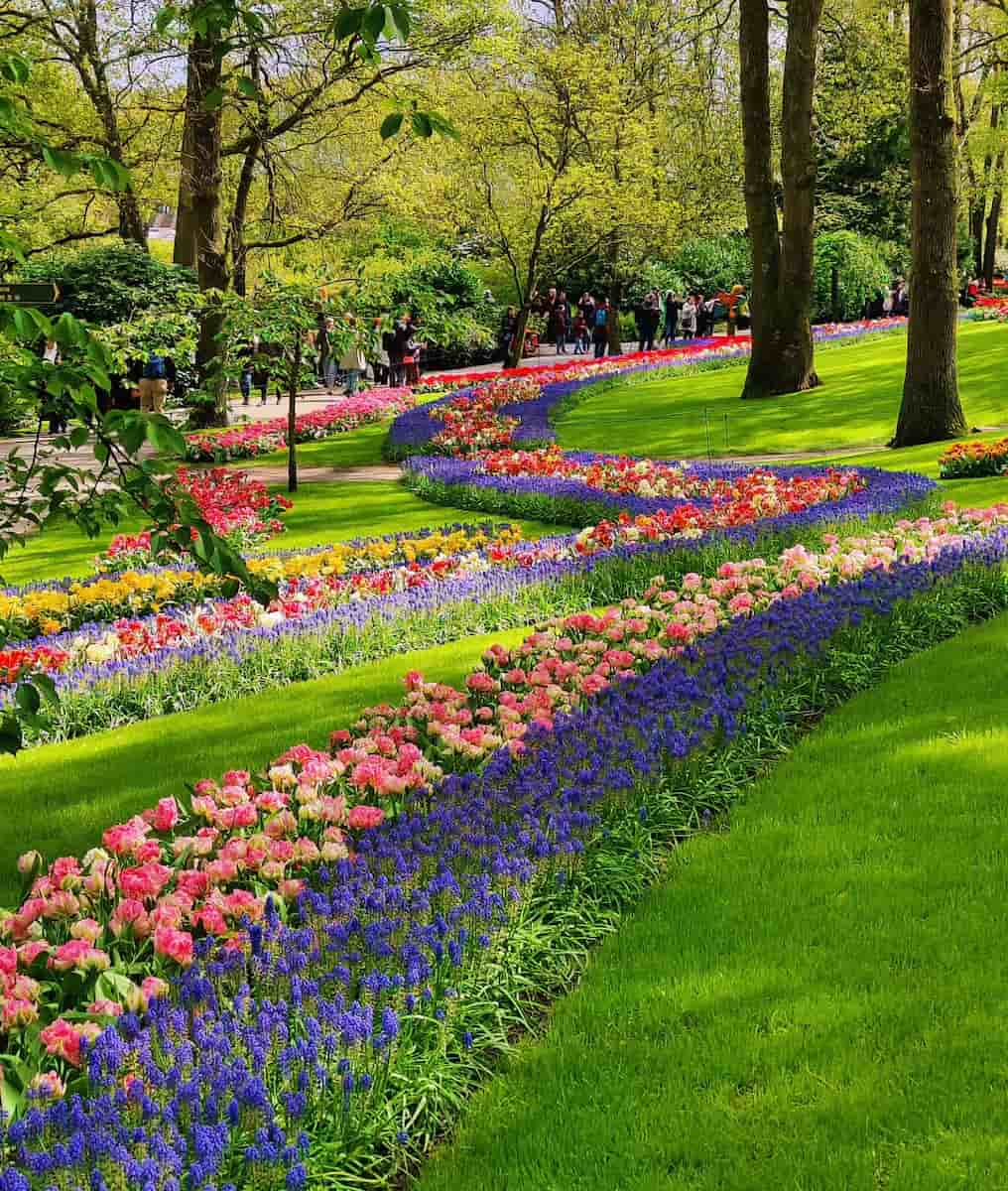
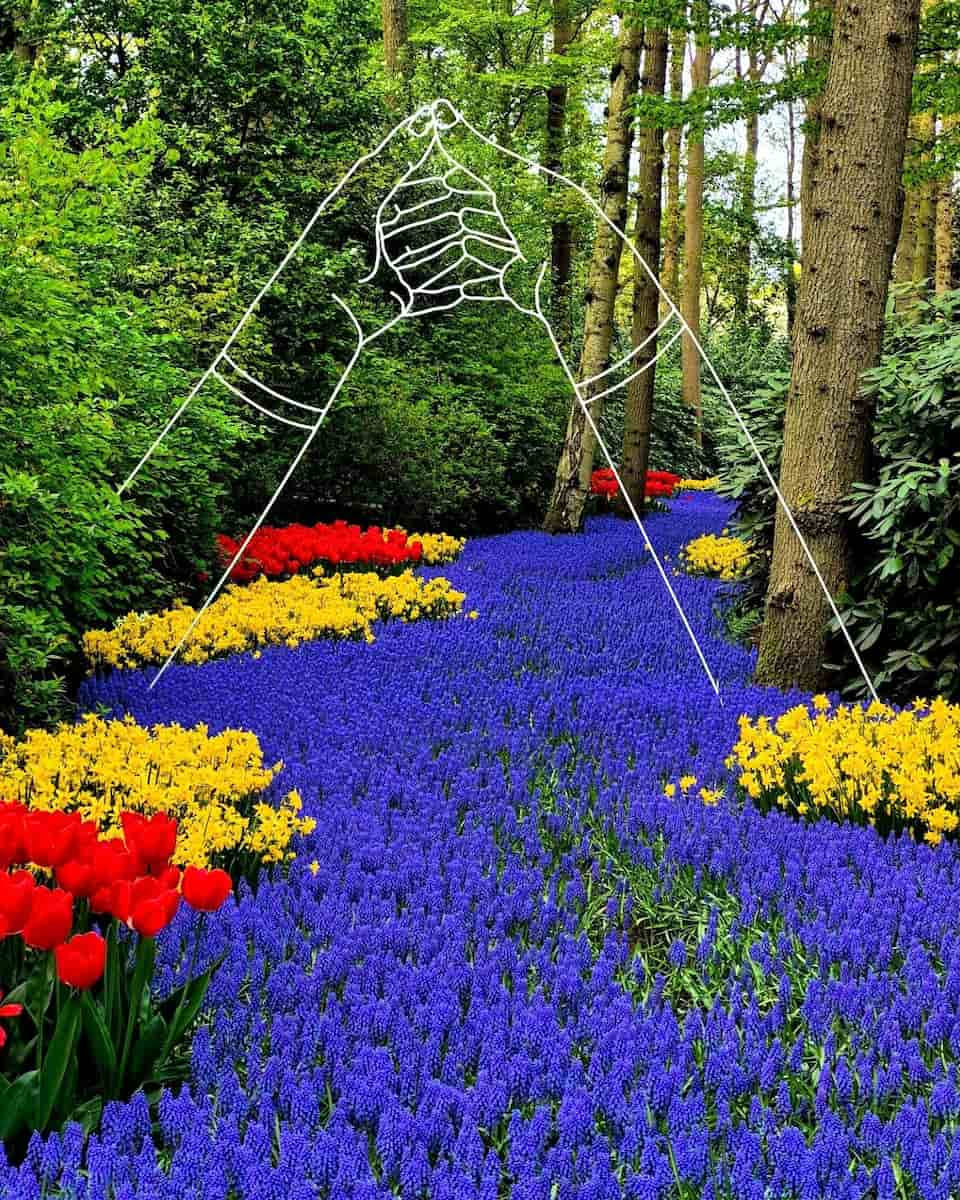
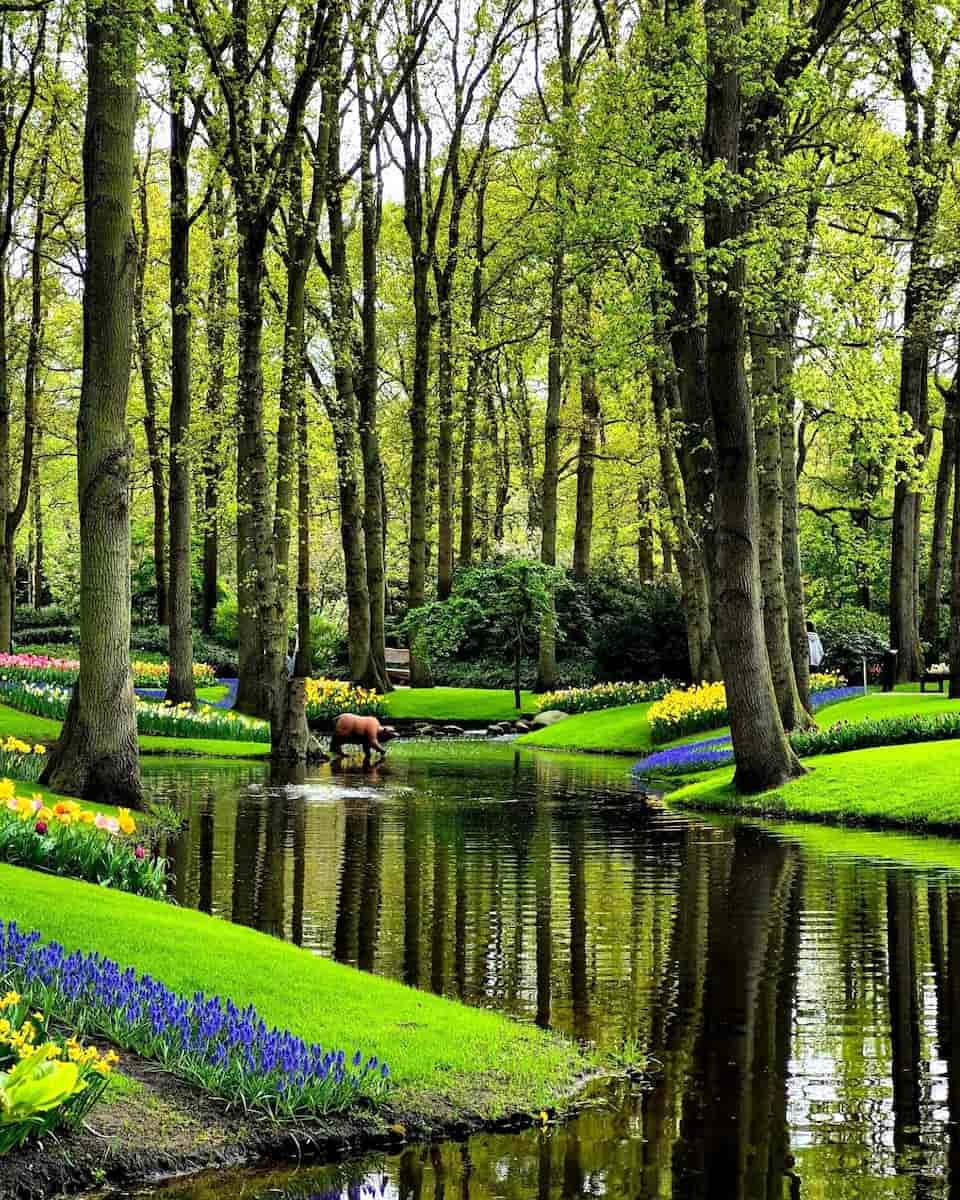
Themed gardens. Beyond the impressive statistics, I was struck by the artistic garden design. Each section features different themes, from the romantic English Garden to the geometric patterns of the Historic Garden. The Japanese Garden provided a tranquil contrast to the vibrant main displays.
| Garden Section | Theme | Highlight Flowers | Best Viewing Time |
|---|---|---|---|
| Historic Garden | Dutch heritage | Rare antique tulips | Morning light |
| English Garden | Romantic landscape | Daffodils and hyacinths | Midday |
| Japanese Garden | Zen-inspired | Cherry blossoms, ornamental grasses | Late afternoon |
| Willem-Alexander Pavilion | Indoor showcase | Exotic tulip varieties | Anytime (covered) |
| Inspiration Gardens | Modern design | Contemporary arrangements | Throughout day |
Photography paradise. The gardens are meticulously maintained to provide perfect photo opportunities. I found the elevated viewing points particularly useful for capturing the stunning patterns created by thousands of flowers planted in precise formations.
Practical planning. Keukenhof is open only during spring (late March to mid-May), making timing crucial. Entry costs €19 for adults and €9 for children (4-17). From Giethoorn, the journey takes approximately 2 hours by car (160km). I left early (7:00am) to arrive when gates opened at 9:00am, avoiding the largest crowds.
Beyond the gardens. After exploring Keukenhof itself, I drove through the surrounding commercial tulip fields. These vast stretches of color are actually working farms growing bulbs for export. While stopping on field edges for photos is generally acceptable, I was careful not to enter the fields themselves, respecting the farmers’ livelihoods.
Return journey. Rather than rushing back, I made a scenic return trip along smaller roads through traditional Dutch villages. This route added only 30 minutes to my journey but provided charming views of rural Netherlands that complemented both Keukenhof’s manicured beauty and Giethoorn’s water-based charm.
⭐ Best Activities
- Keukenhof Flower Fields Small Group Cultural Bike Tour – Combine your Giethoorn visit with this unique cycling experience through the spectacular tulip fields around Keukenhof, offering a different perspective of the Netherlands’ famous floral landscapes in a small group setting.
FAQ
What is the best time to visit Giethoorn village?
Late spring (April-June) and early autumn (September-October) offer the ideal combination of pleasant weather, natural beauty, and fewer crowds. For the most peaceful experience, visit on weekdays before 11 AM or after 5 PM when day trippers have departed.
How to get to Giethoorn from Amsterdam?
You can reach Giethoorn by taking the train to Steenwijk or Zwolle, then catching bus number 70 to the Dominee Hylkemaweg stop in the village center. Alternatively, driving takes approximately 1.5 hours (120 kilometers northeast of Amsterdam), with free parking available at “Parkeerplaats Giethoorn” just outside the village.
Is one day enough for a day trip to Giethoorn?
Most visitors spend 4-6 hours exploring the canals, taking a boat tour, and walking through this fairytale destination in the Netherlands. While a day trip is sufficient to experience the charm of Giethoorn, staying overnight allows you to enjoy the village early in the morning or evening when it’s less crowded.
Why do they call it the Venice of the North?
Giethoorn earned this nickname because of its extensive network of canals and over 180 wooden bridges that connect the village instead of roads. The car-free center creates a peaceful atmosphere where boats are the primary mode of transportation, similar to Venice but with a distinctive Dutch countryside charm.
Are there entrance fees to visit the village of Giethoorn?
Giethoorn isn’t a museum but a real village where people live, so there’s no entrance fee to walk around and take in the picturesque scenery. While parking is free in designated areas, specific attractions like museums and boat rentals have their own admission costs.
What is the best Giethoorn walking route to explore?
The Binnenpad path that runs parallel to the main canal offers the most photogenic views of traditional thatched-roof houses and wooden bridges. For a less touristy experience, extend your walk to nearby Dwarsgracht, which is like “Giethoorn in miniature” but hidden away from the crowds.
Can I stay overnight in a Giethoorn hotel?
Several accommodation options exist in Giethoorn, including Hotel de Harmonie with canal views and Hotel B&B d’Olde Smidse with garden access. Staying overnight allows you to experience the village early in the morning or evening when most day trippers have left, revealing the true tranquility of this unique place in the Netherlands.
What should I know before visiting Giethoorn?
Remember that despite its fairytale appearance, Giethoorn is home to real residents, so respect private property and gardens along the canals. The village gets extremely busy during summer weekends and Dutch holidays, so visiting on weekdays or during shoulder seasons in the province of Overijssel provides a more authentic experience.
